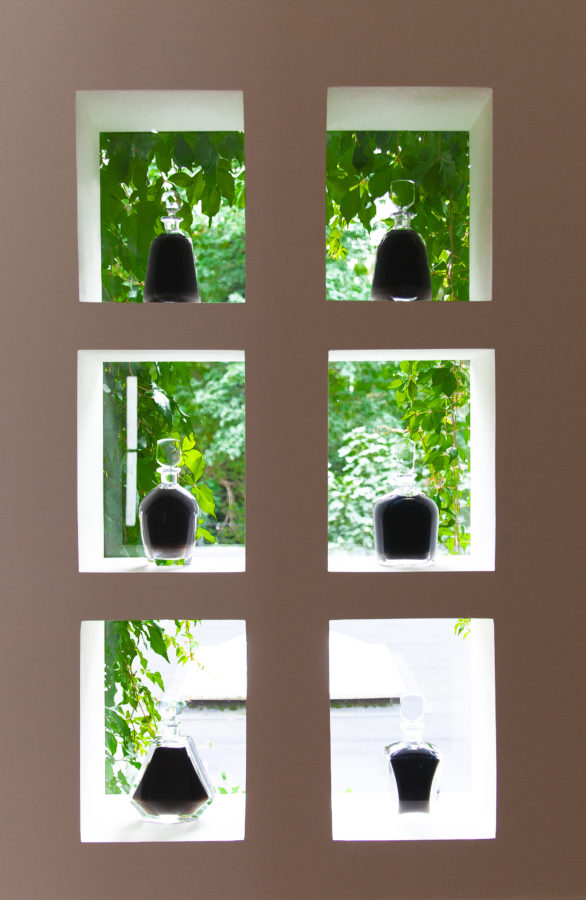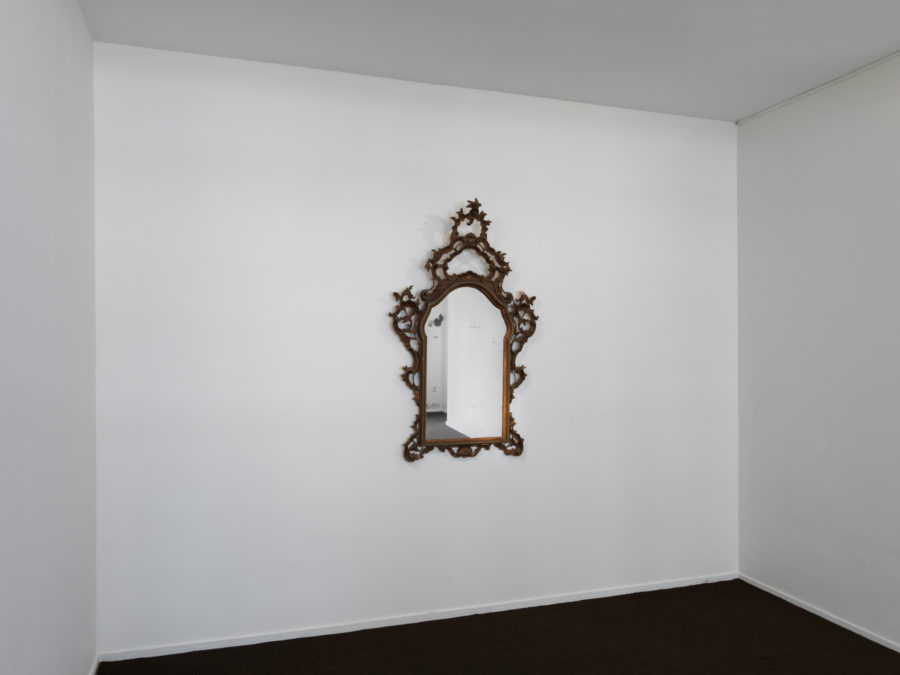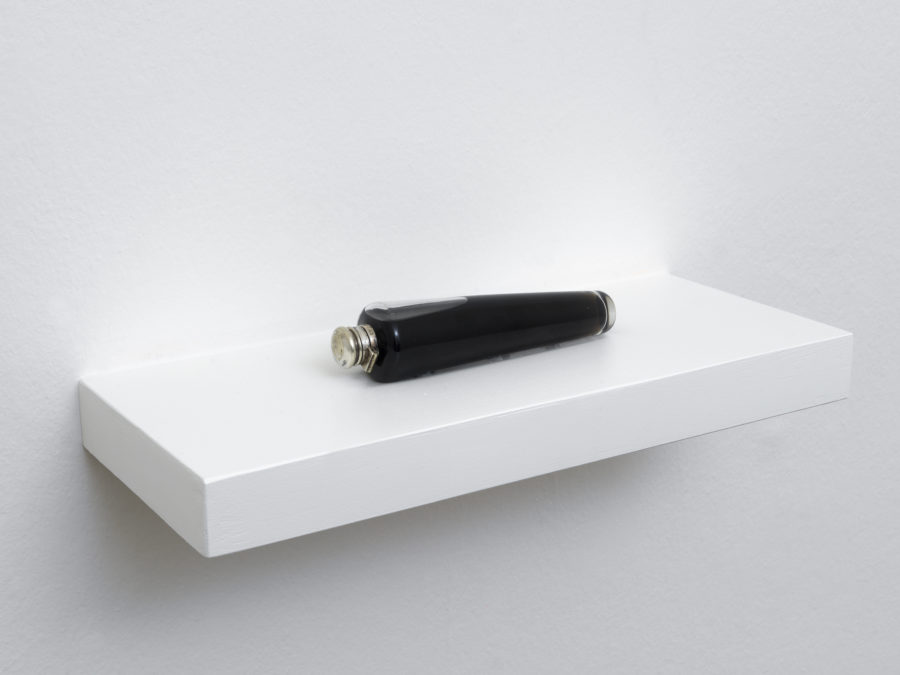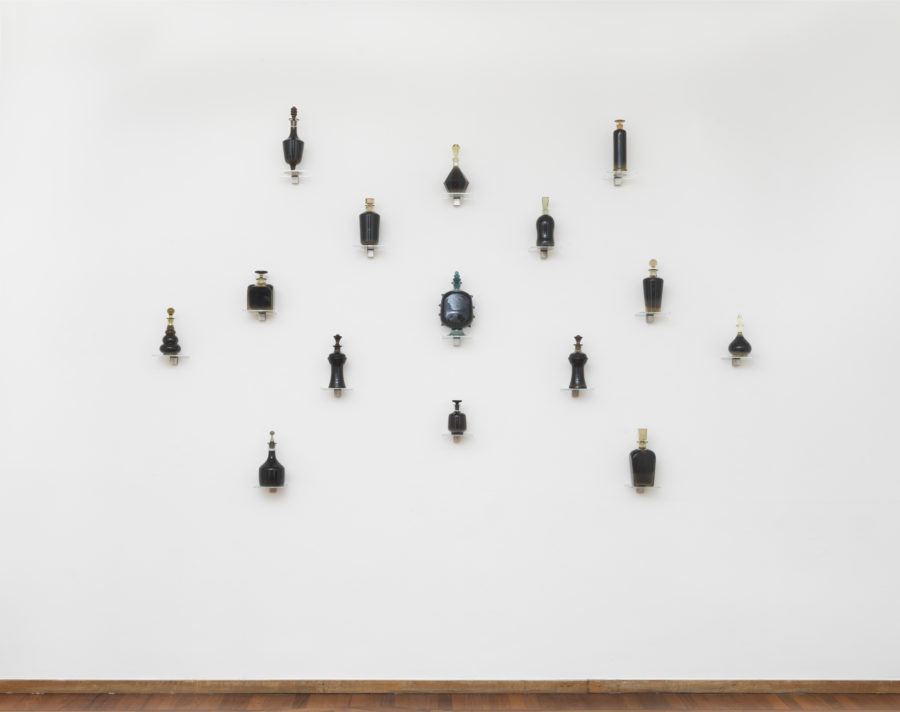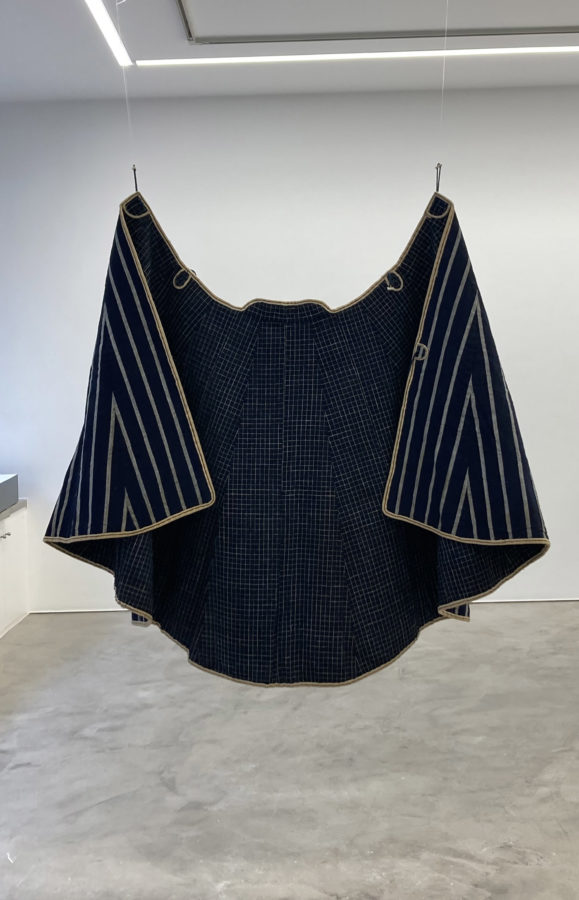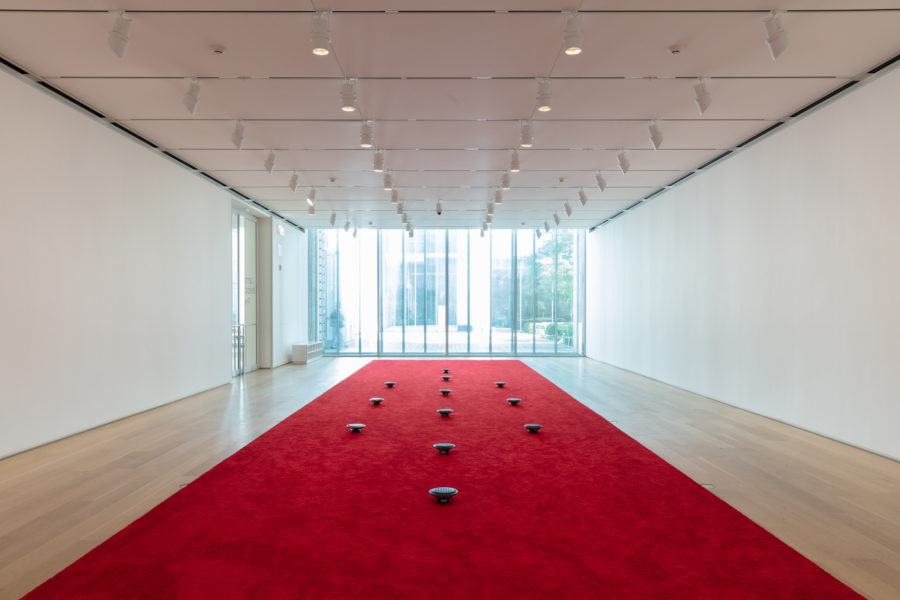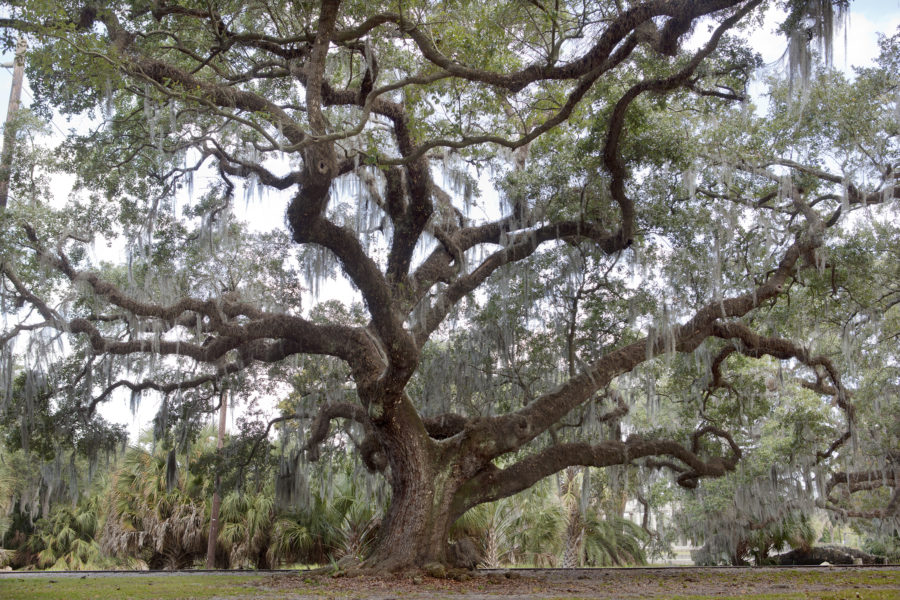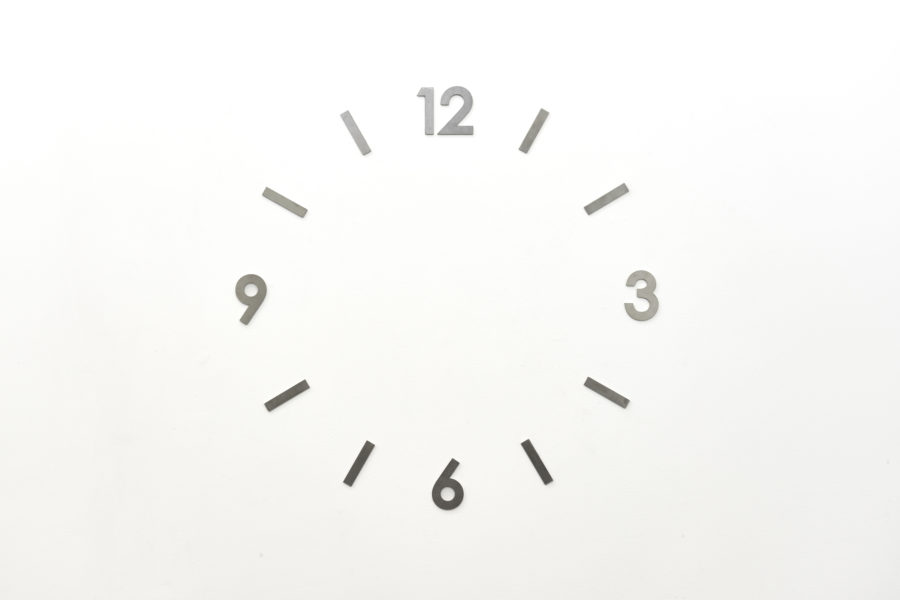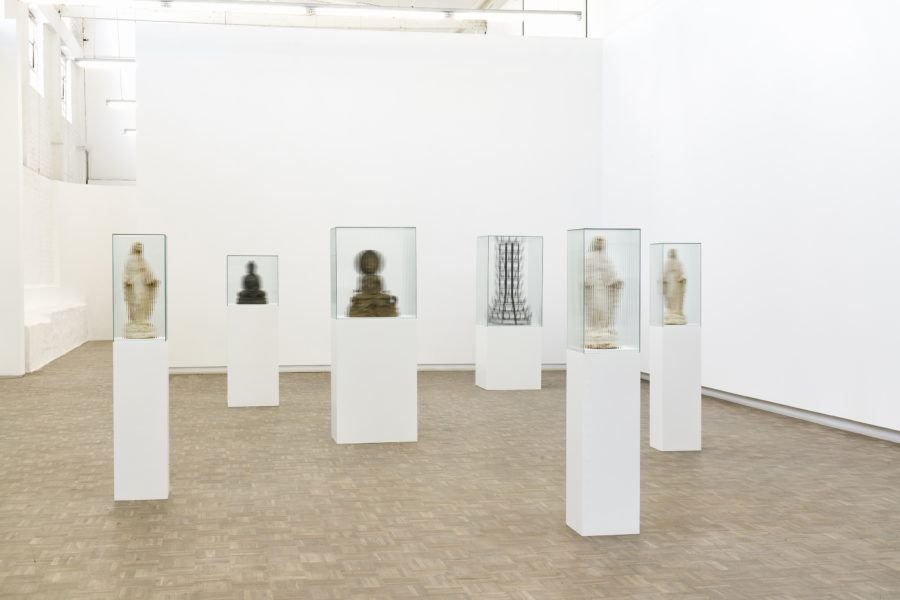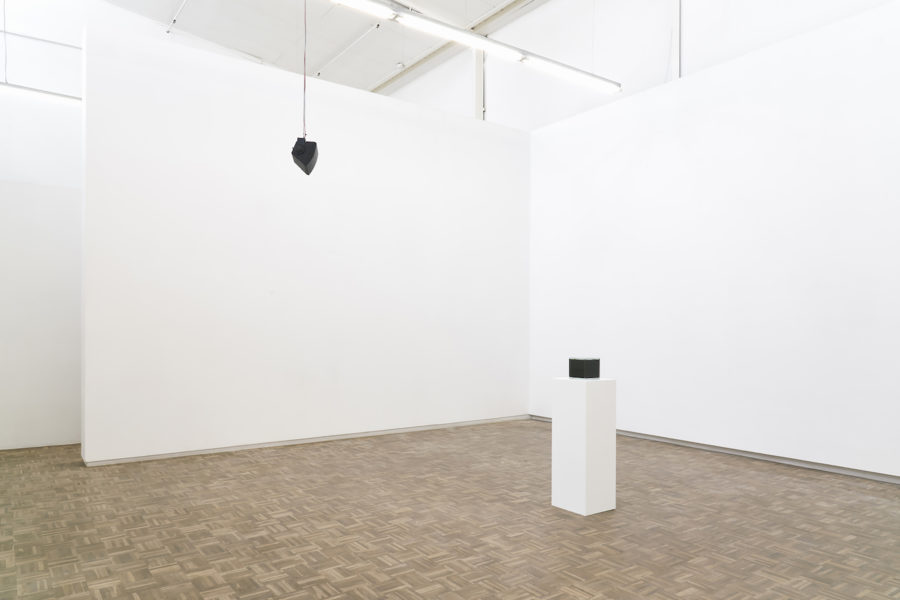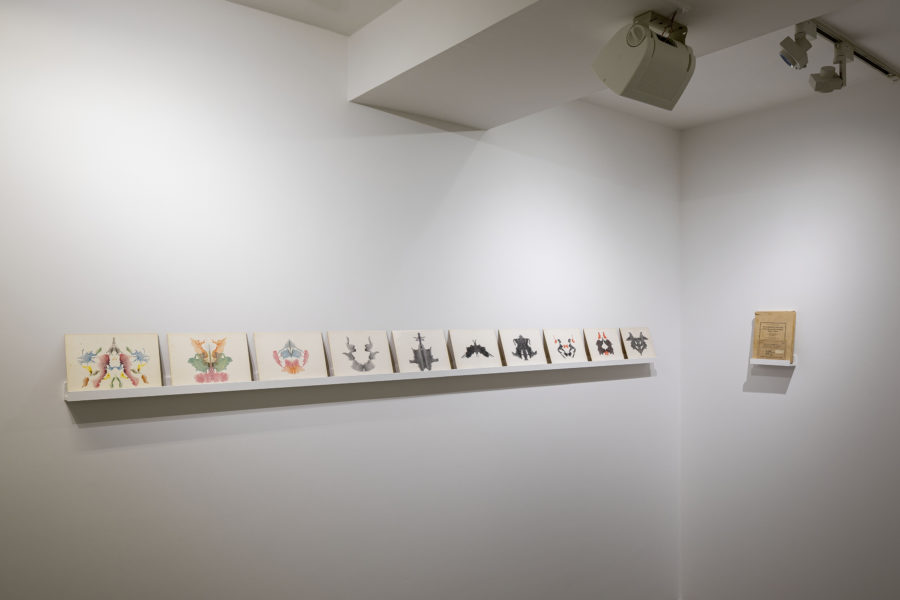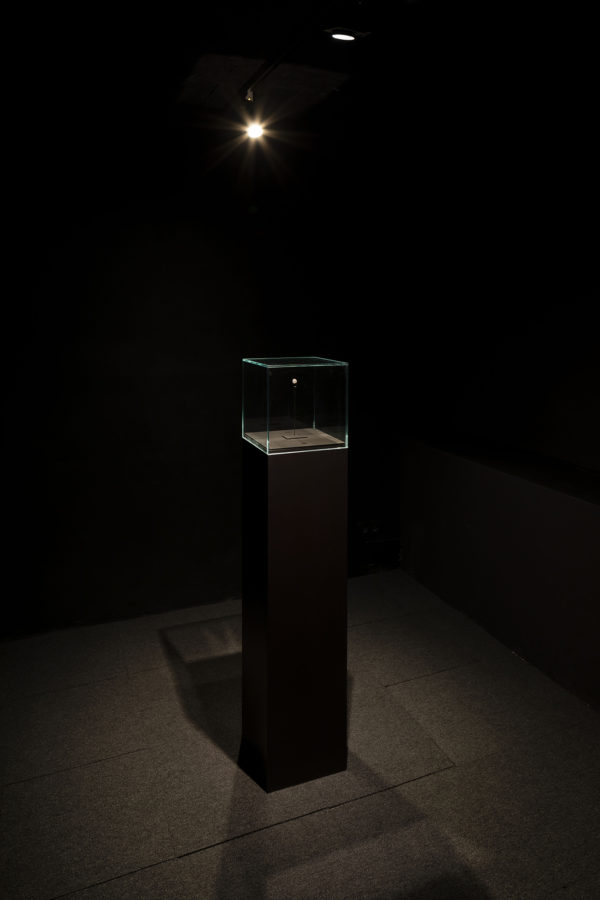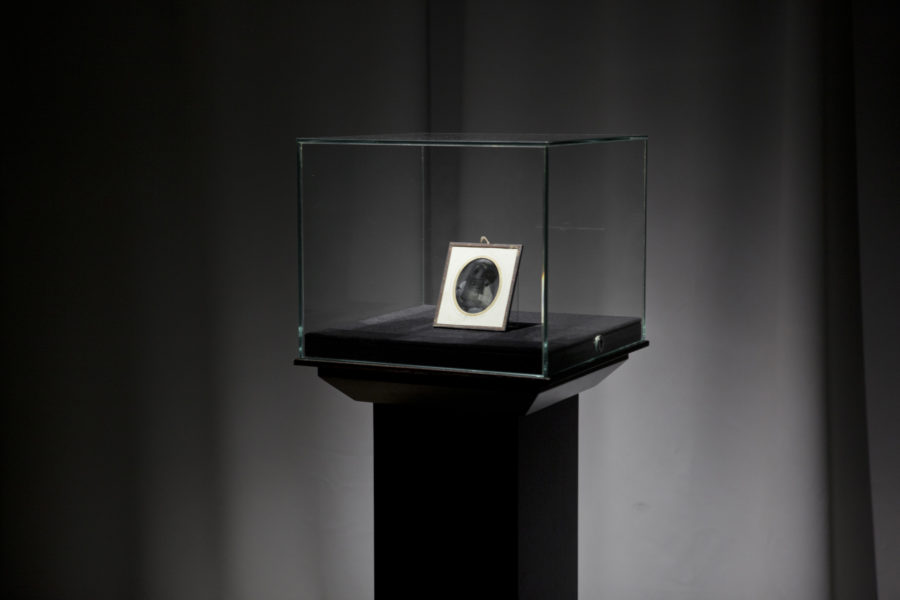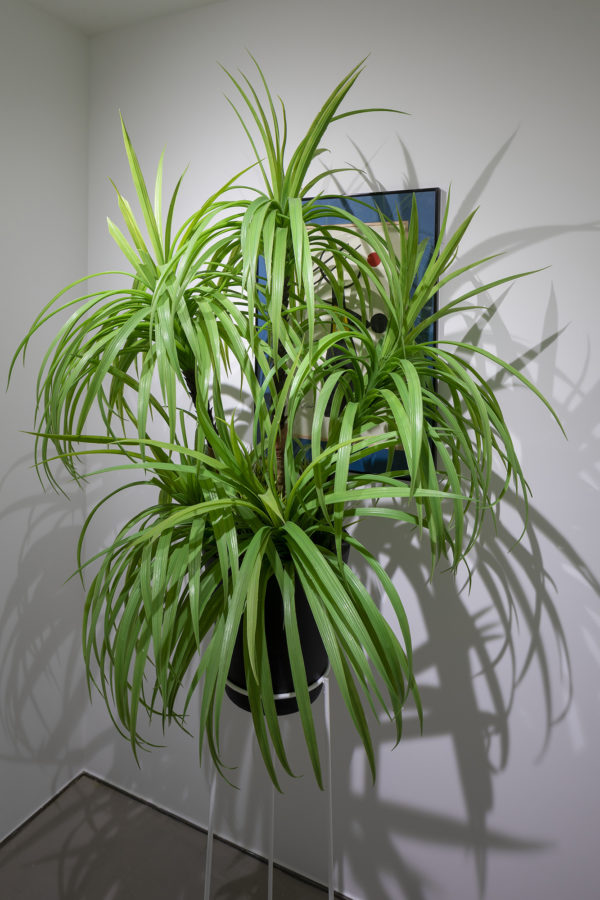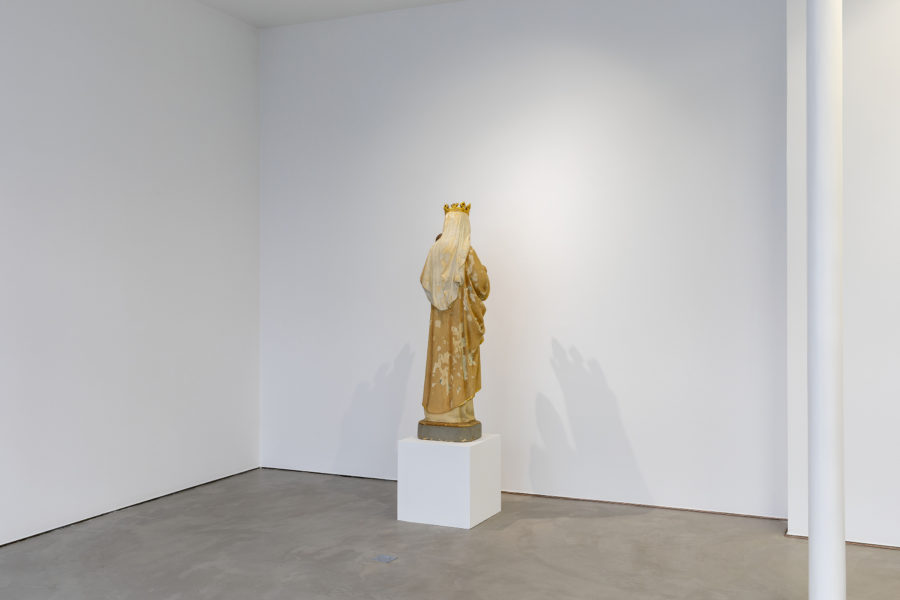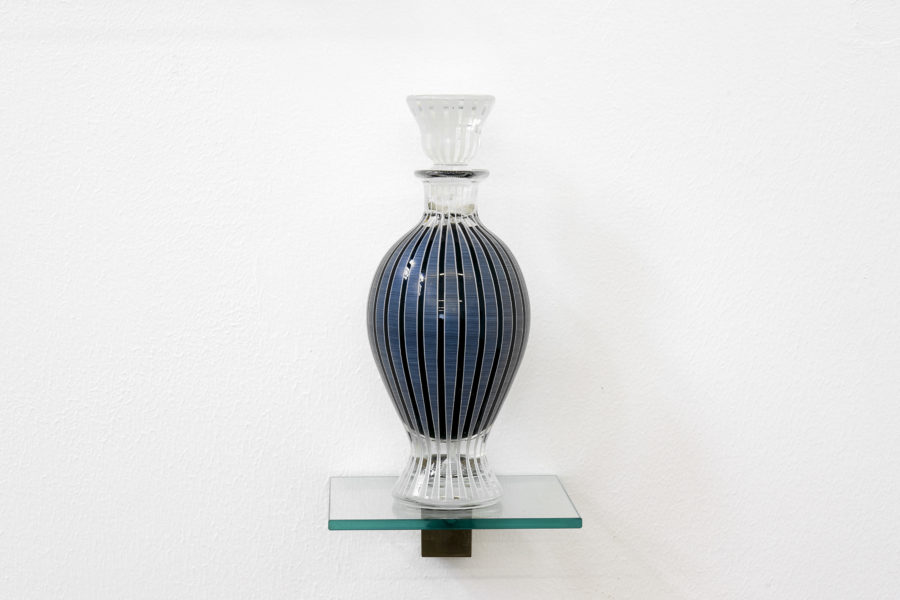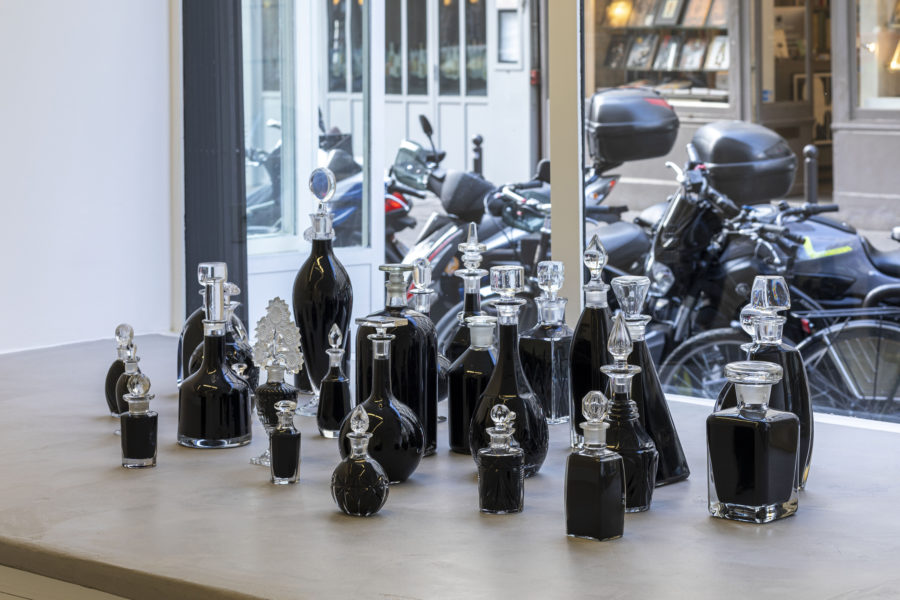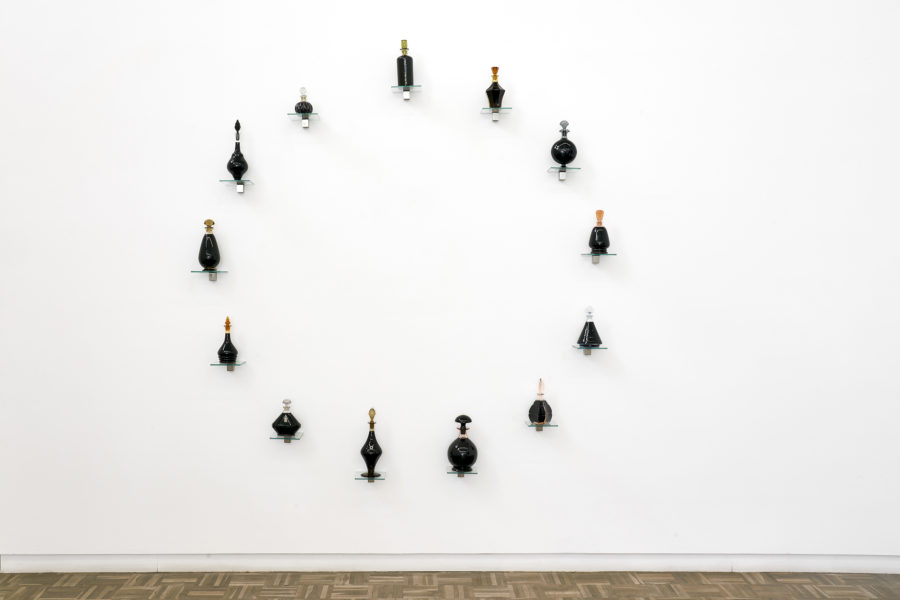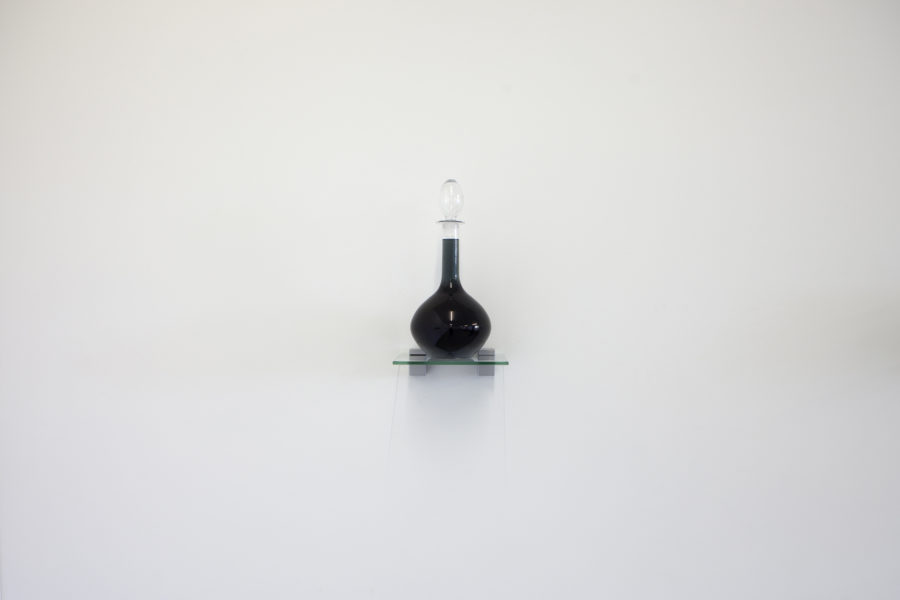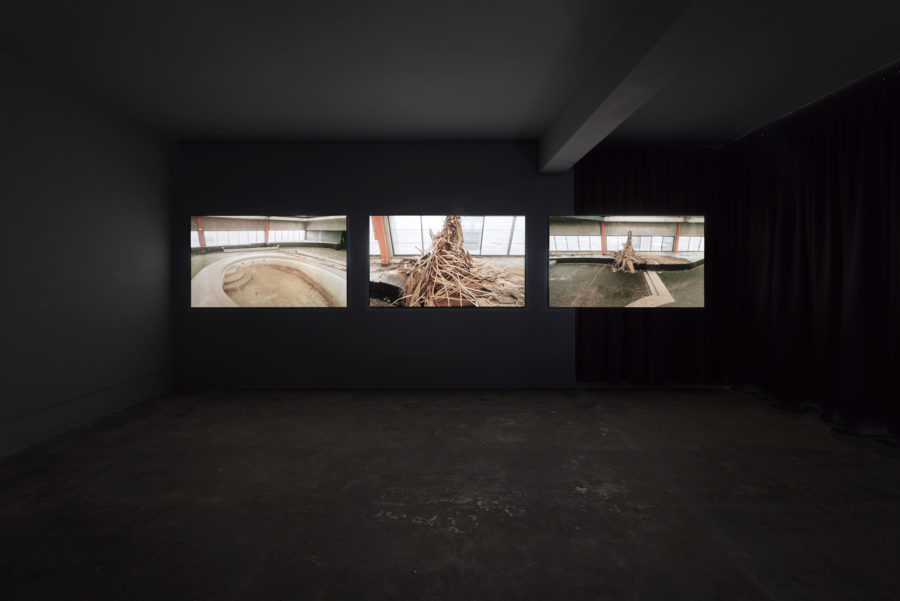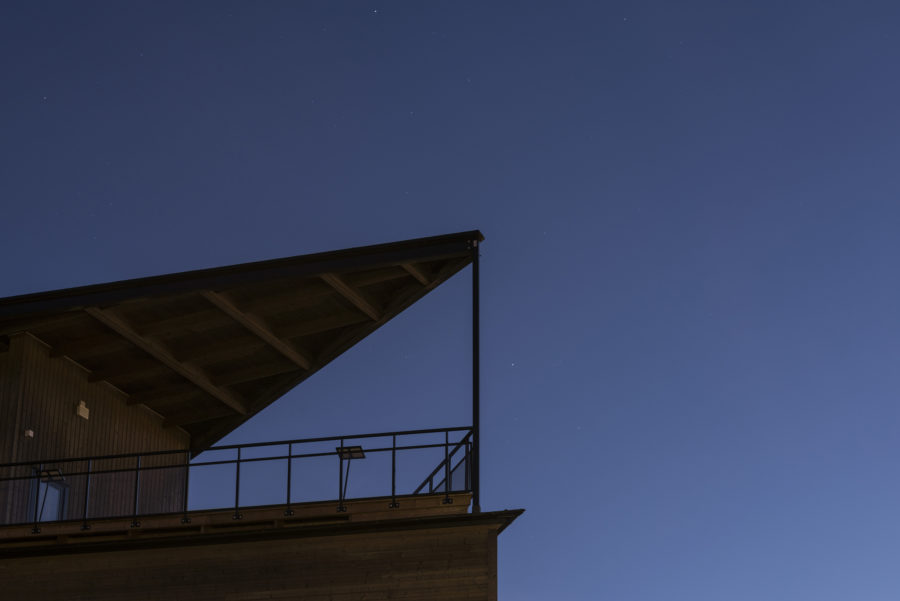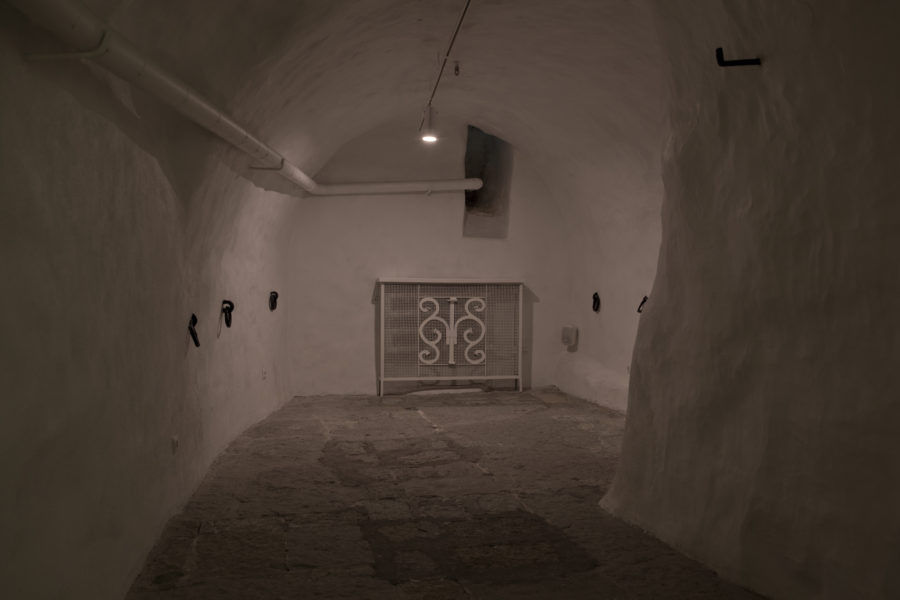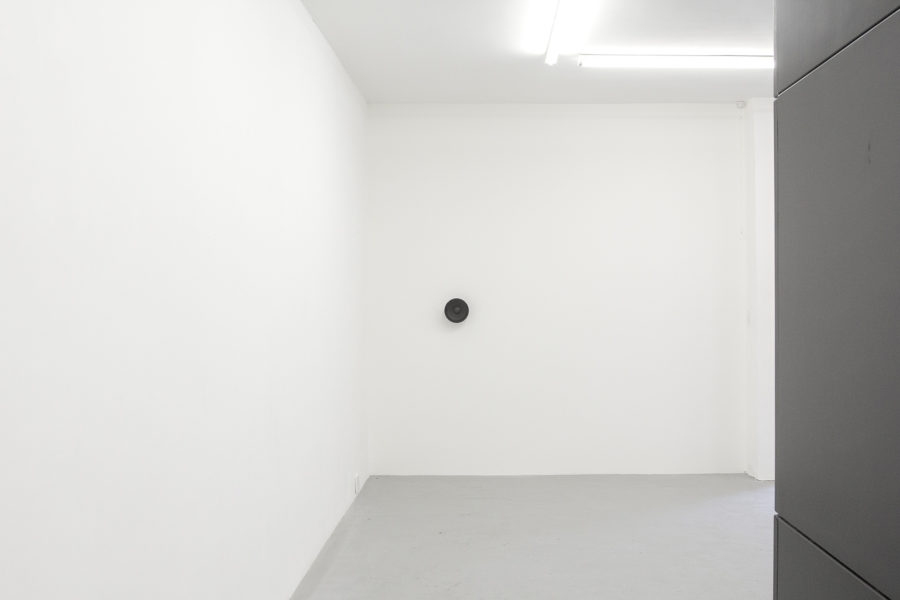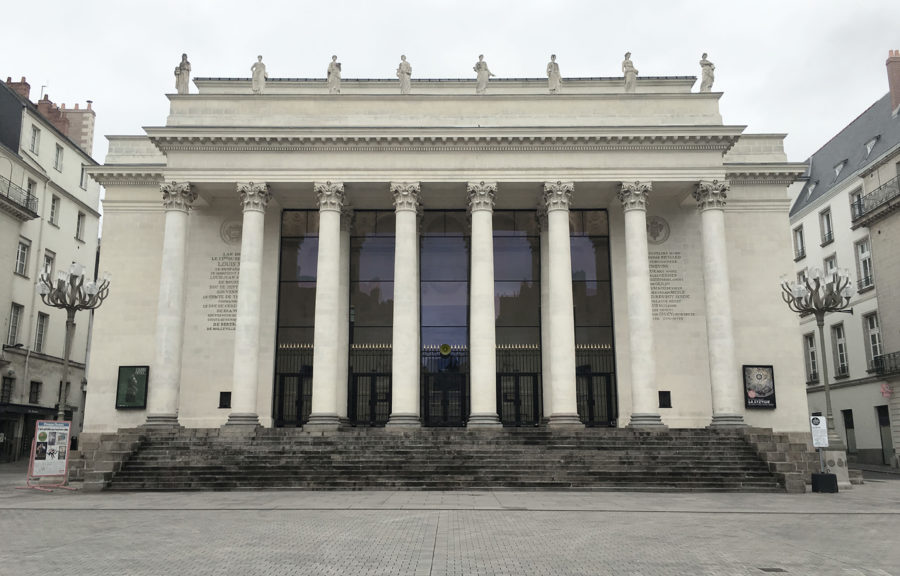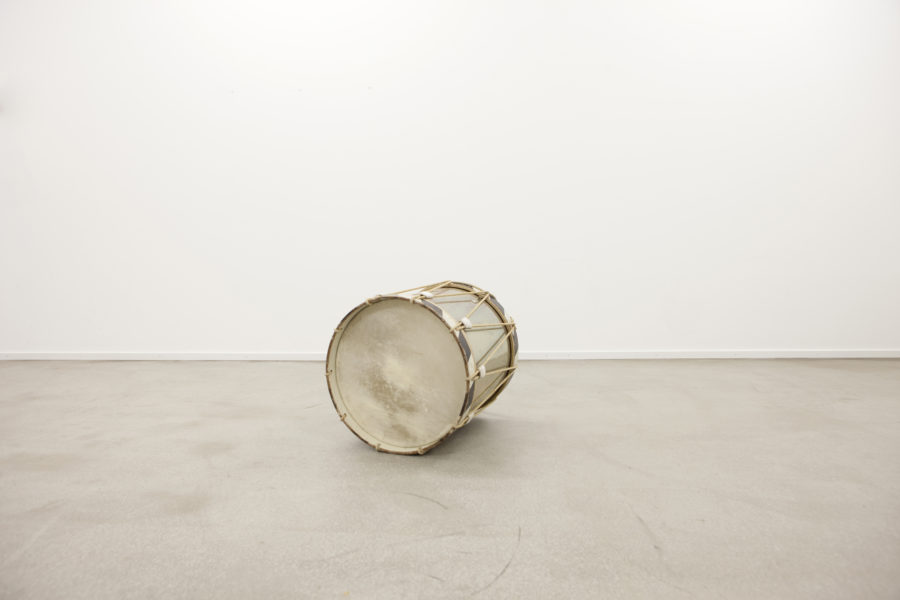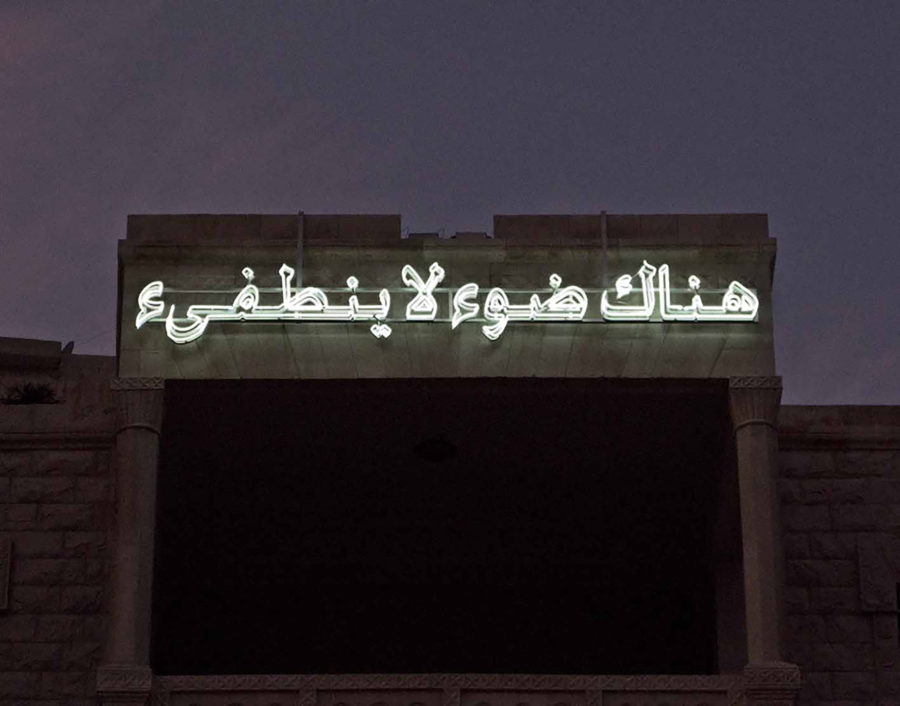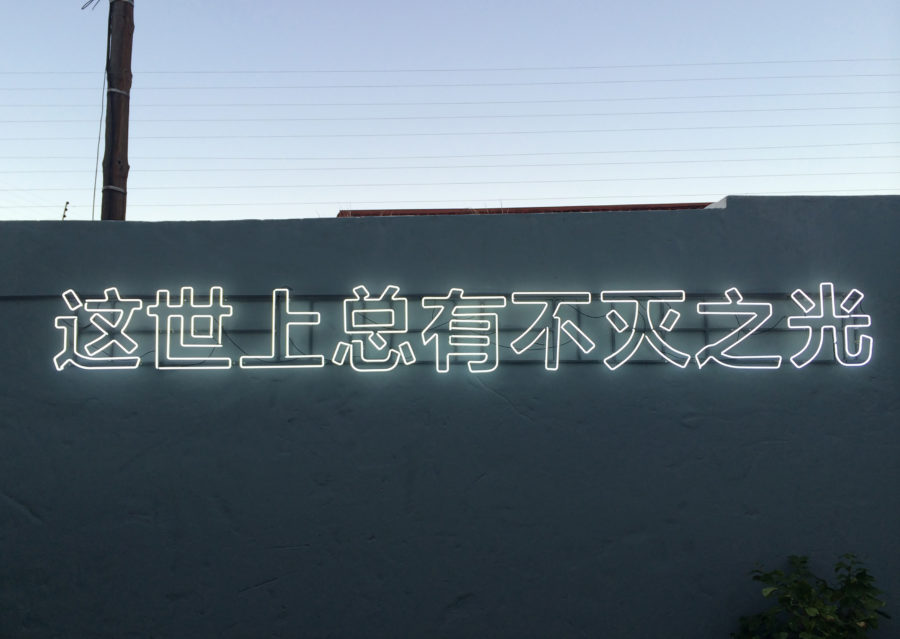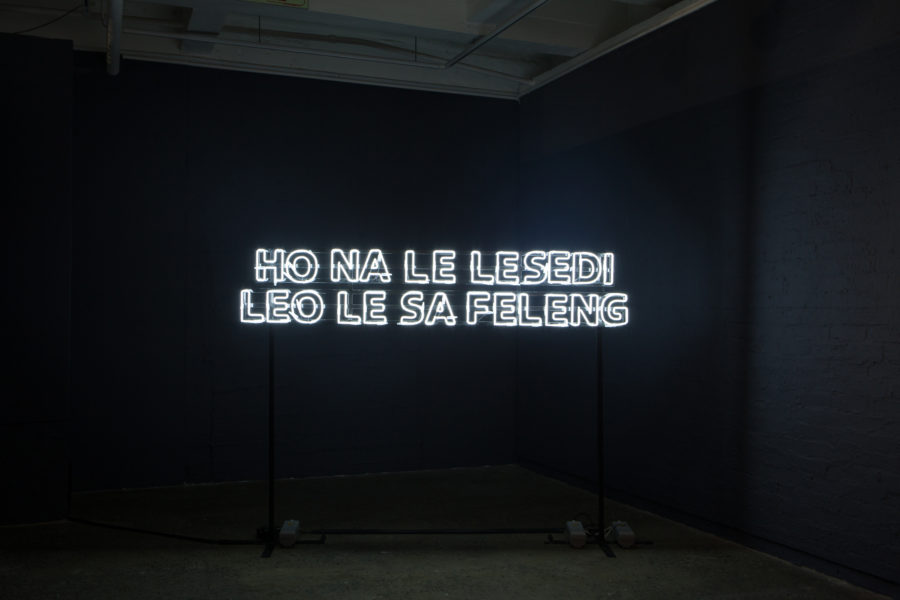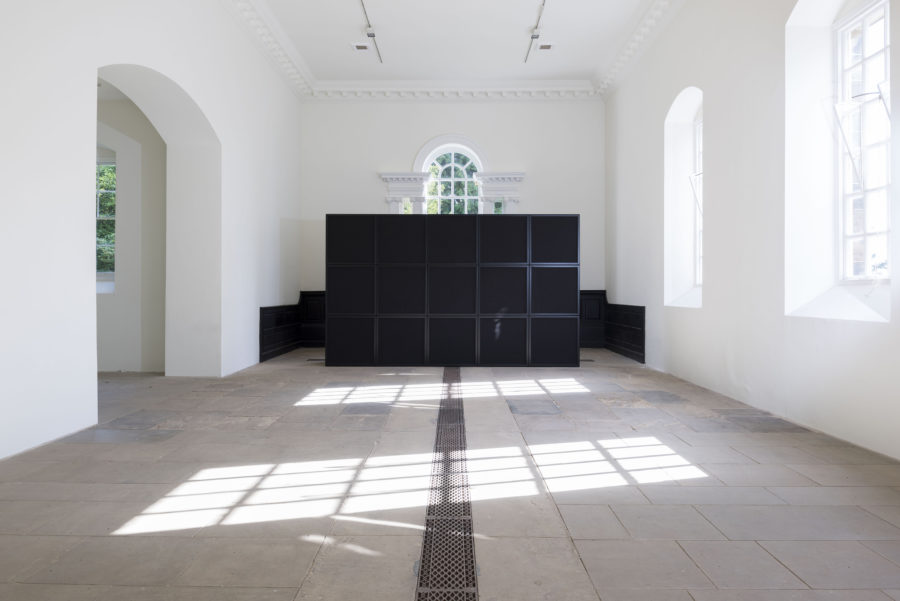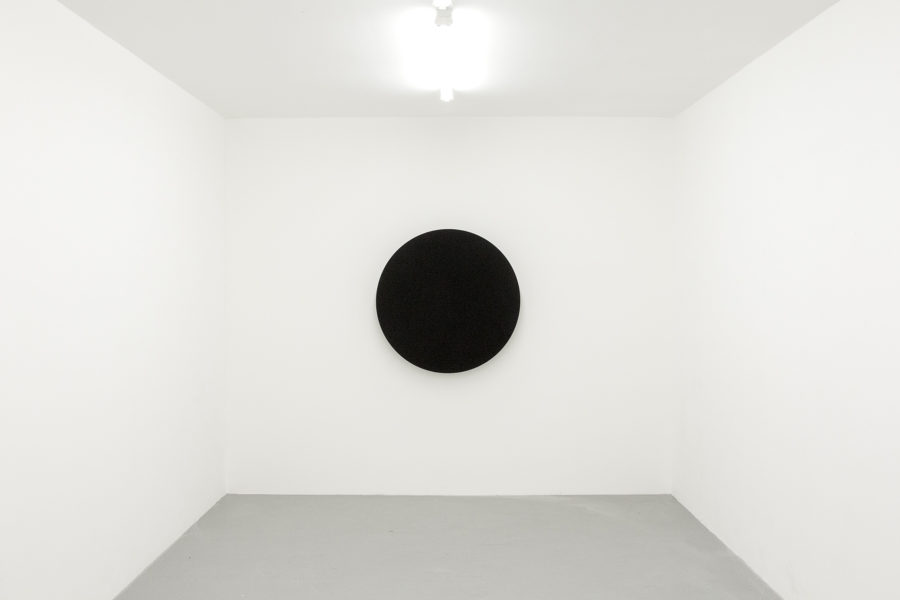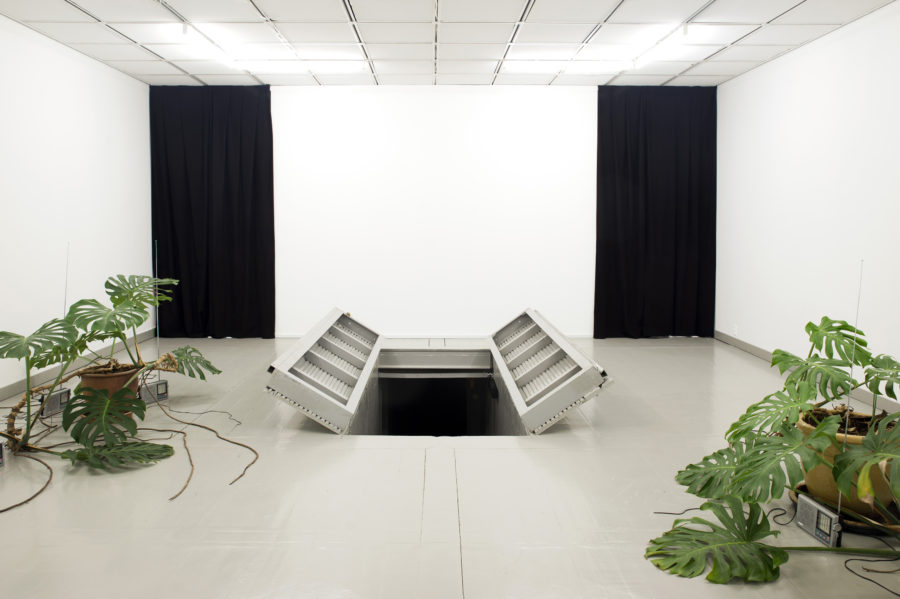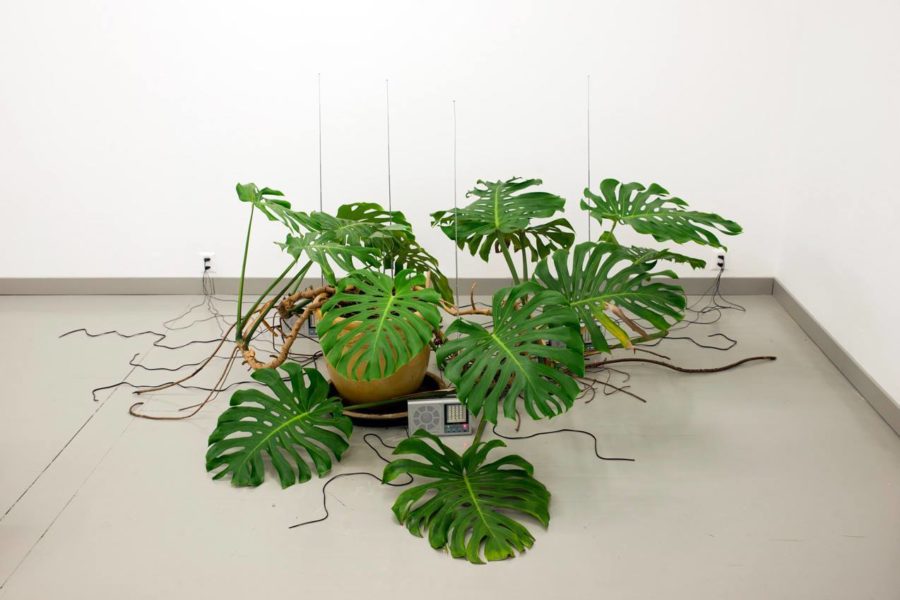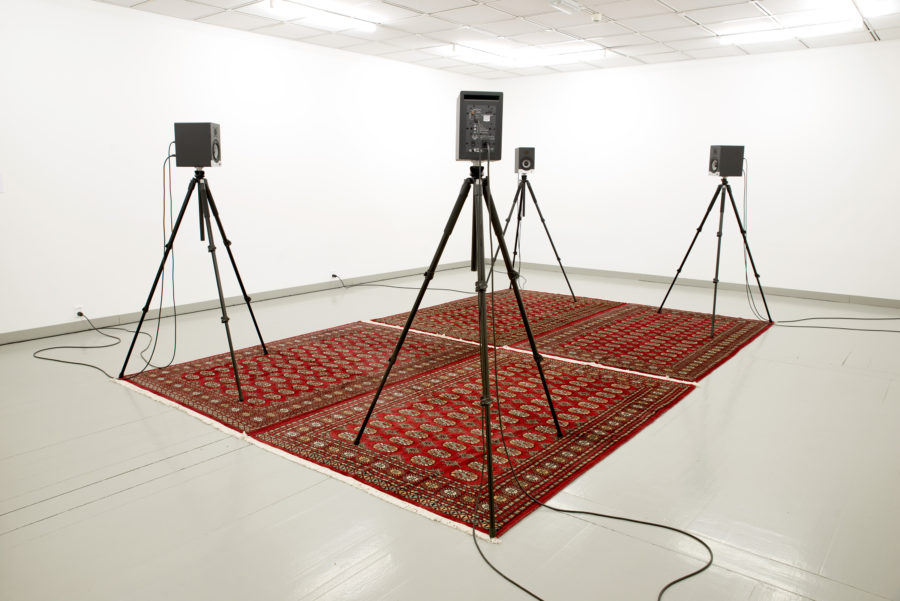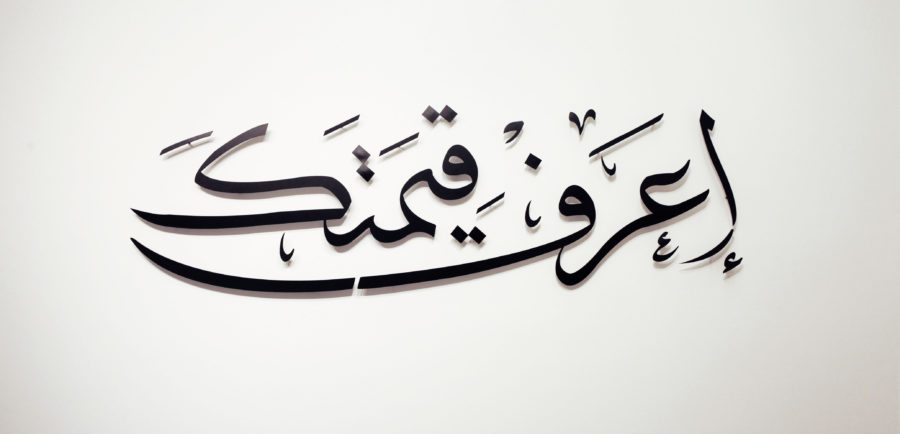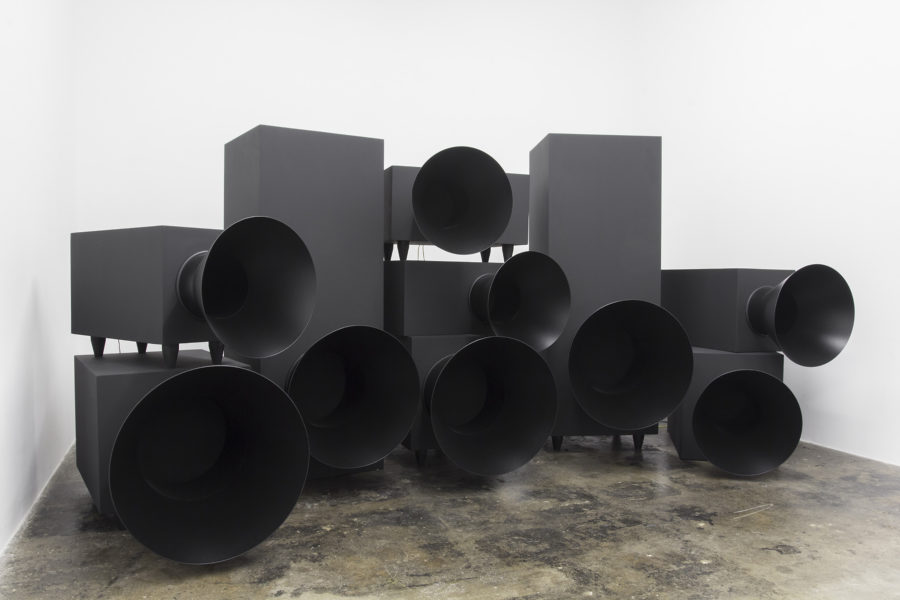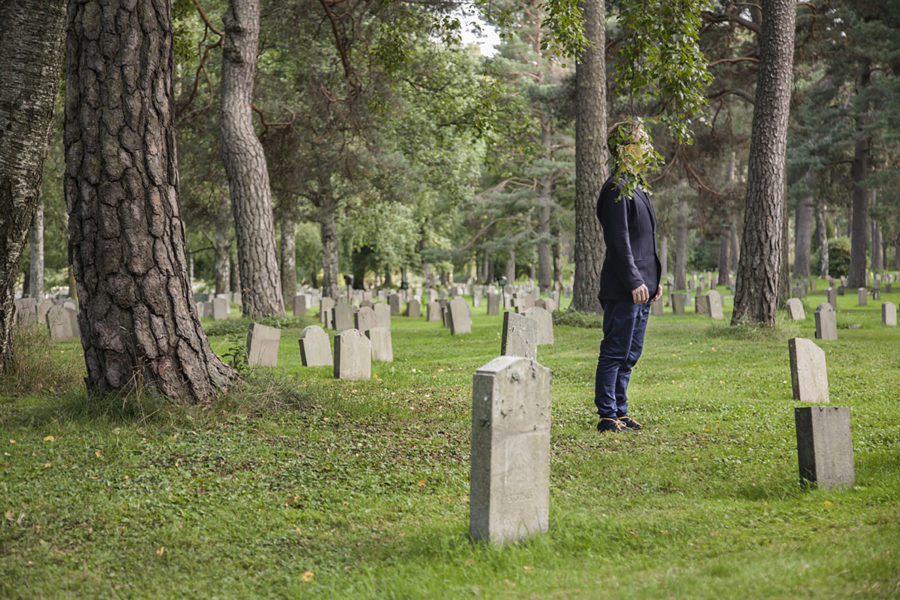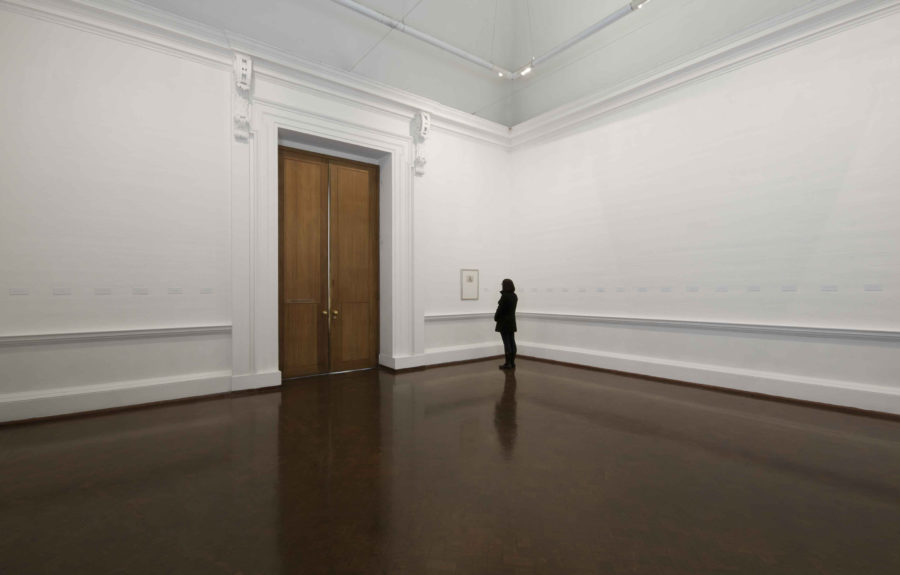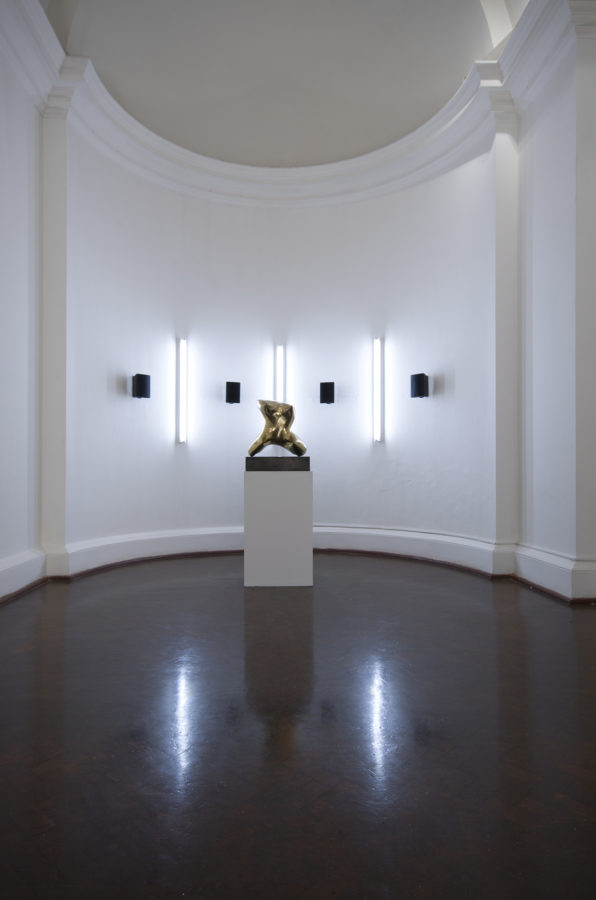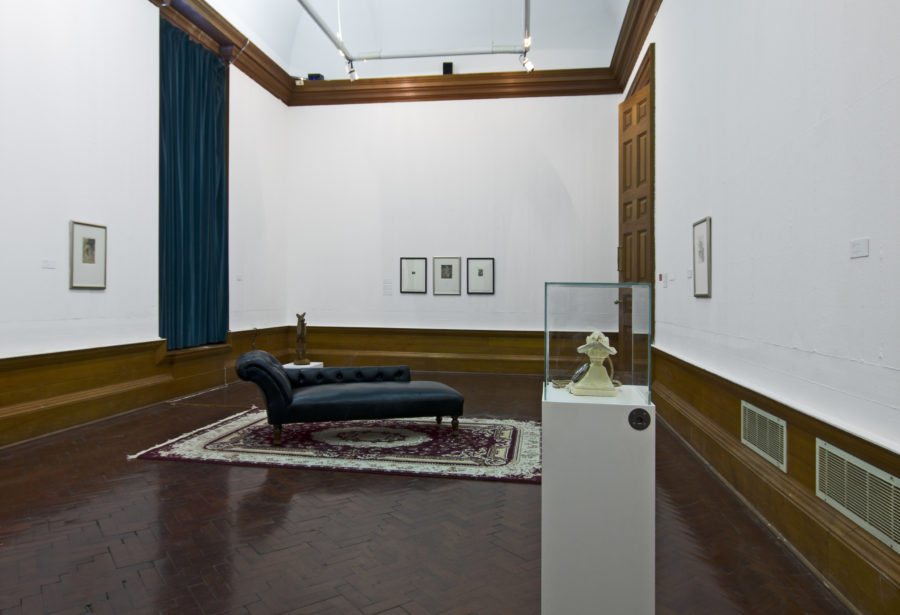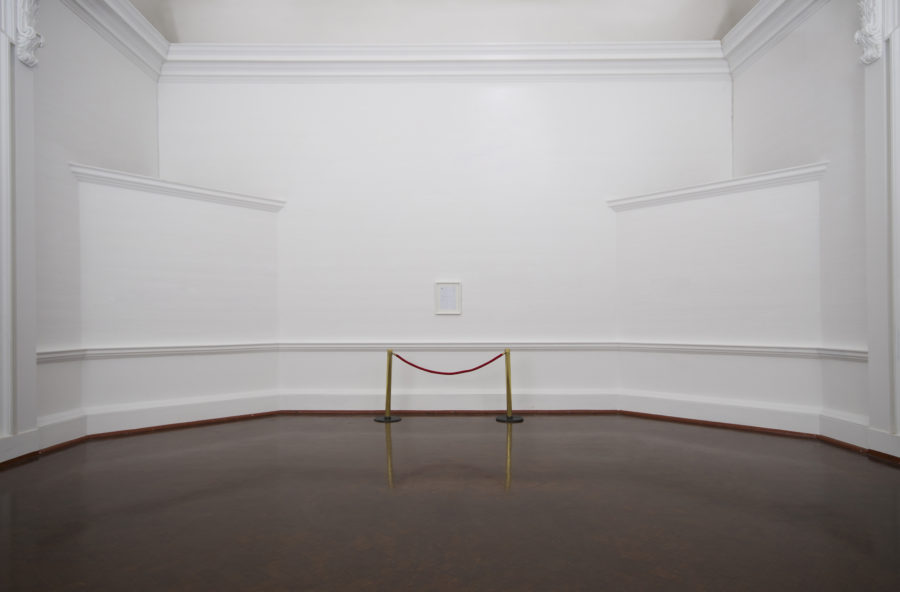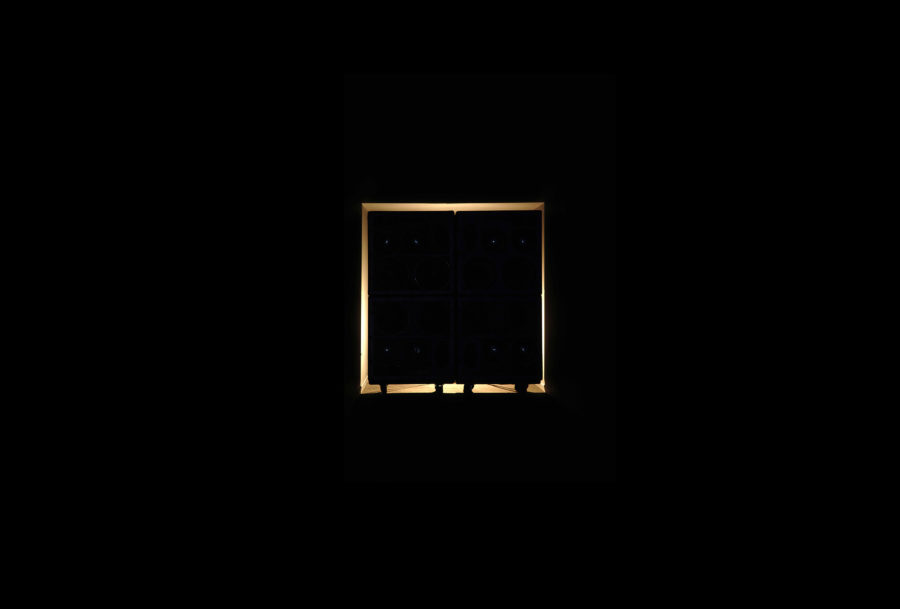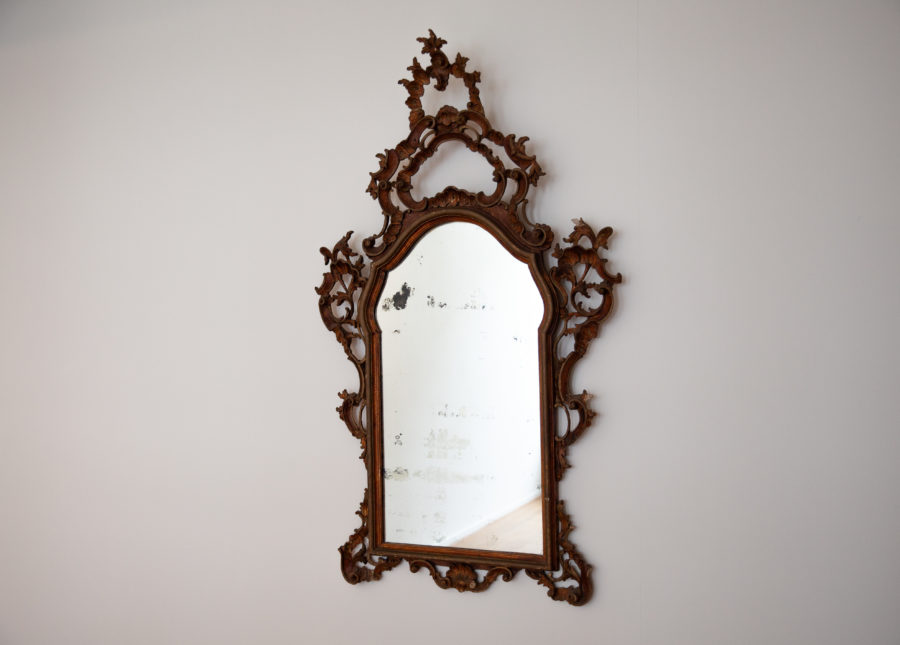James Webb
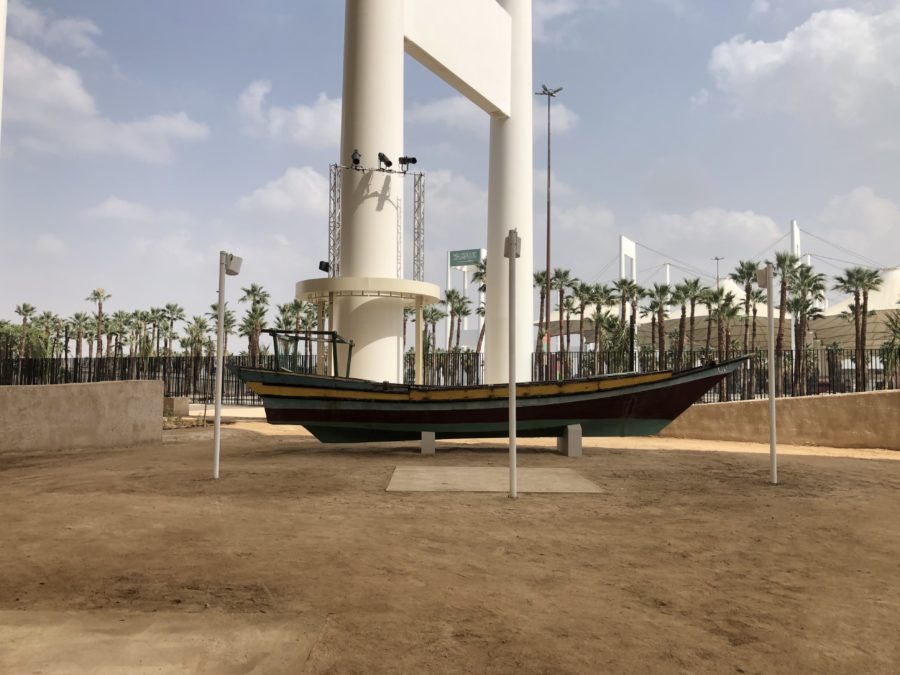






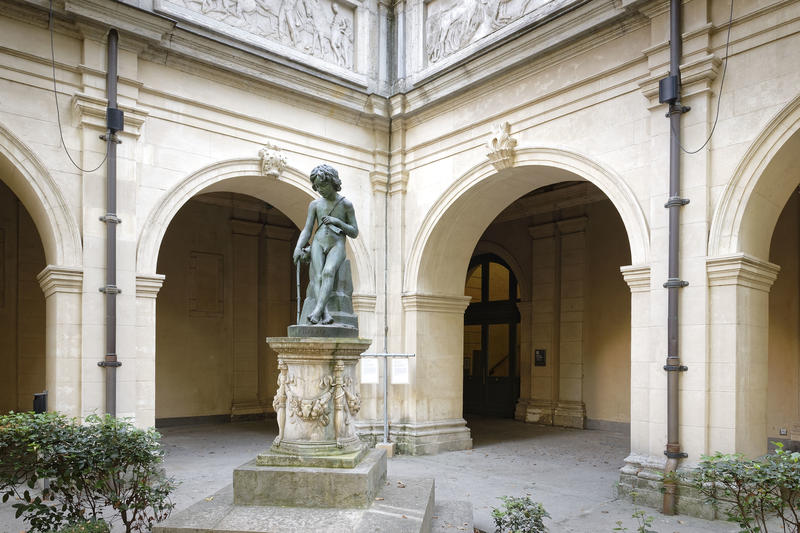
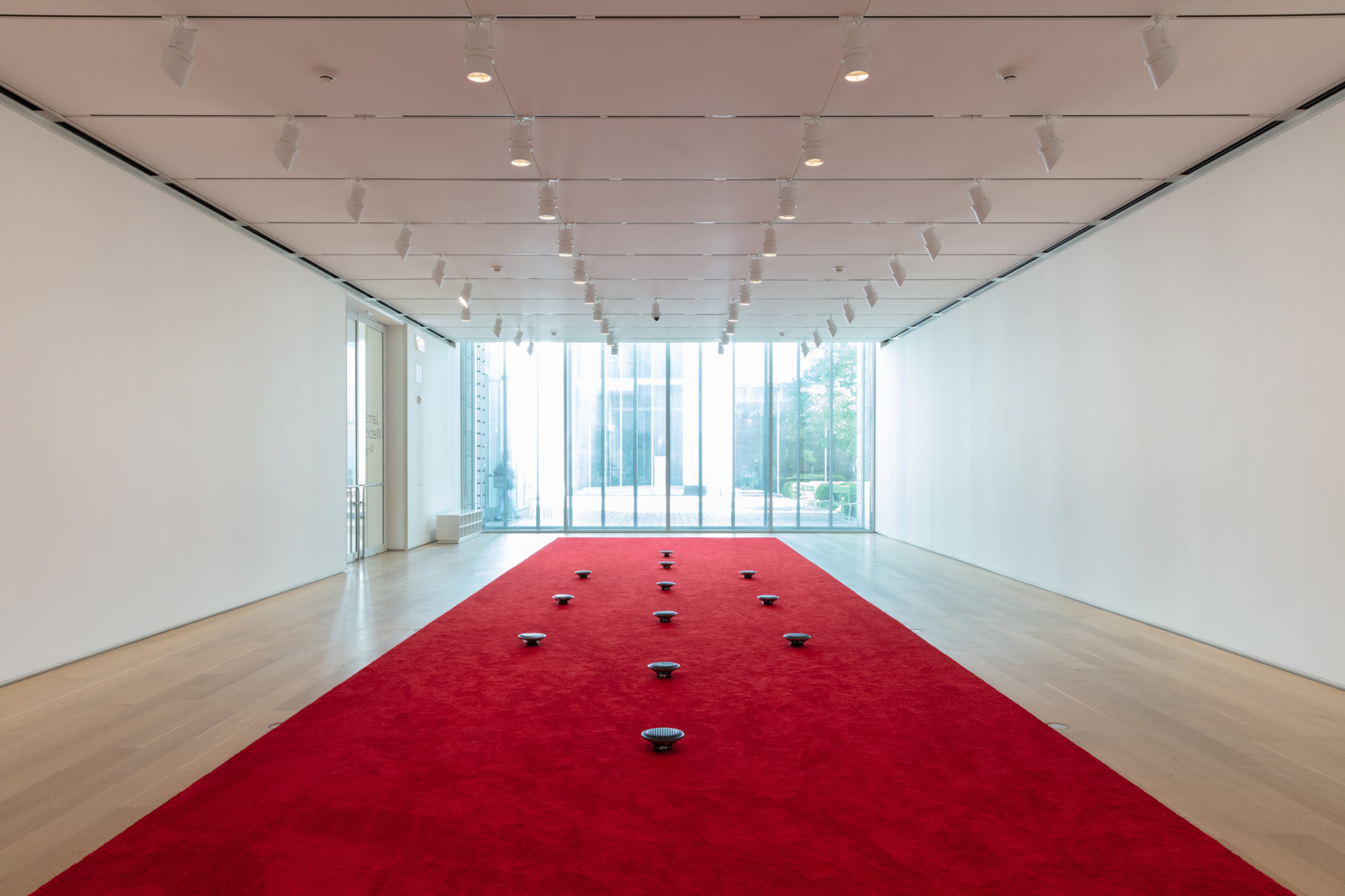




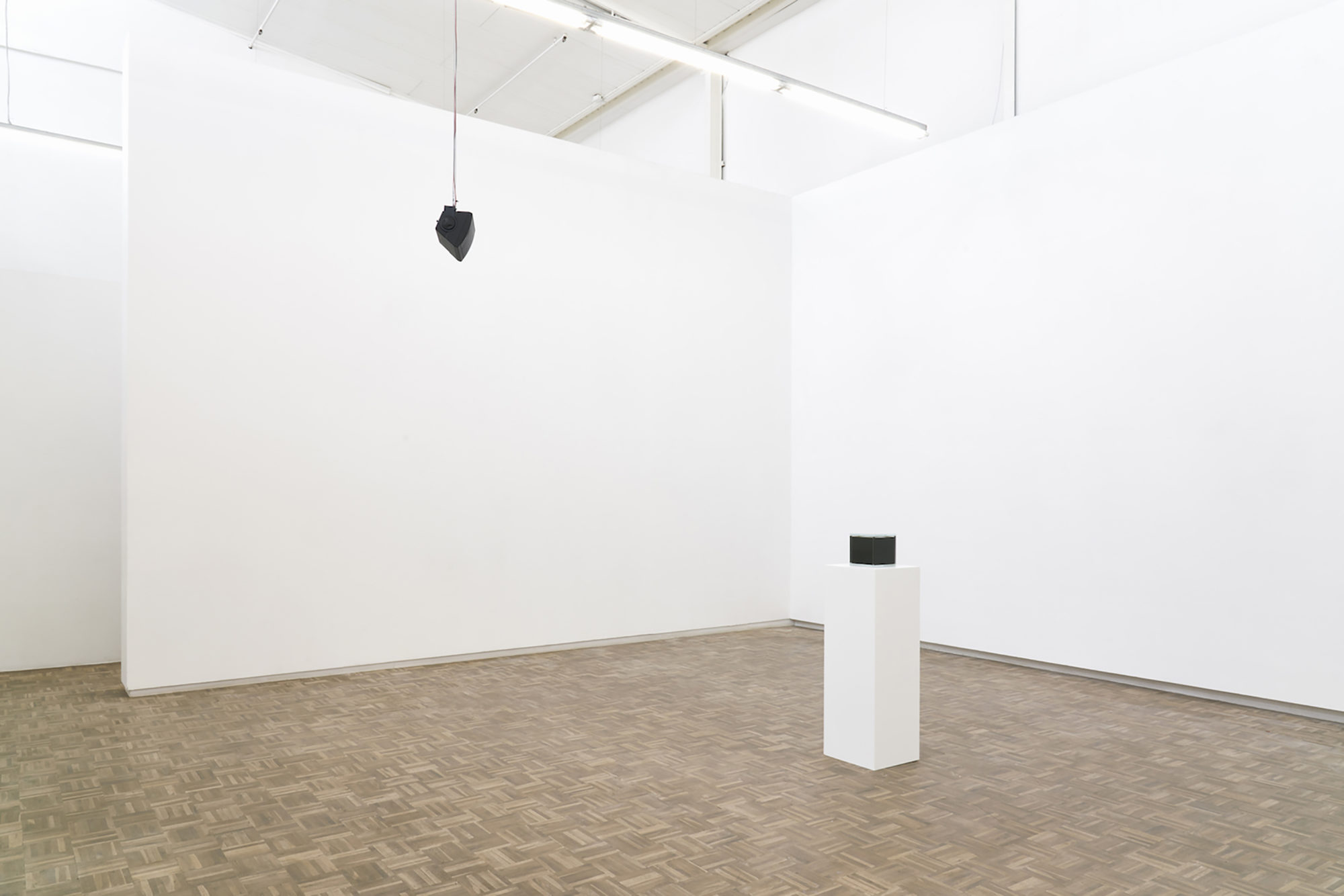










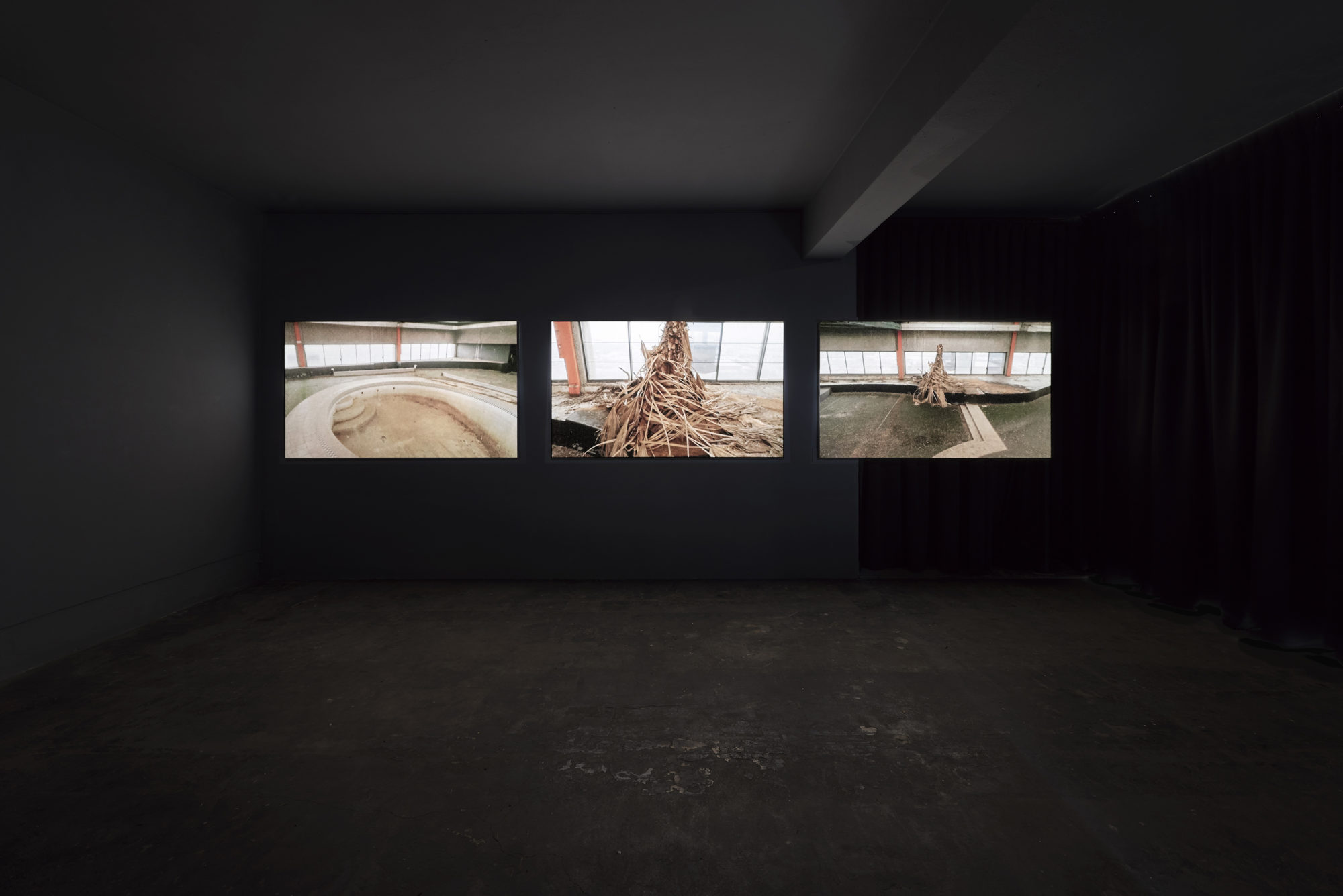
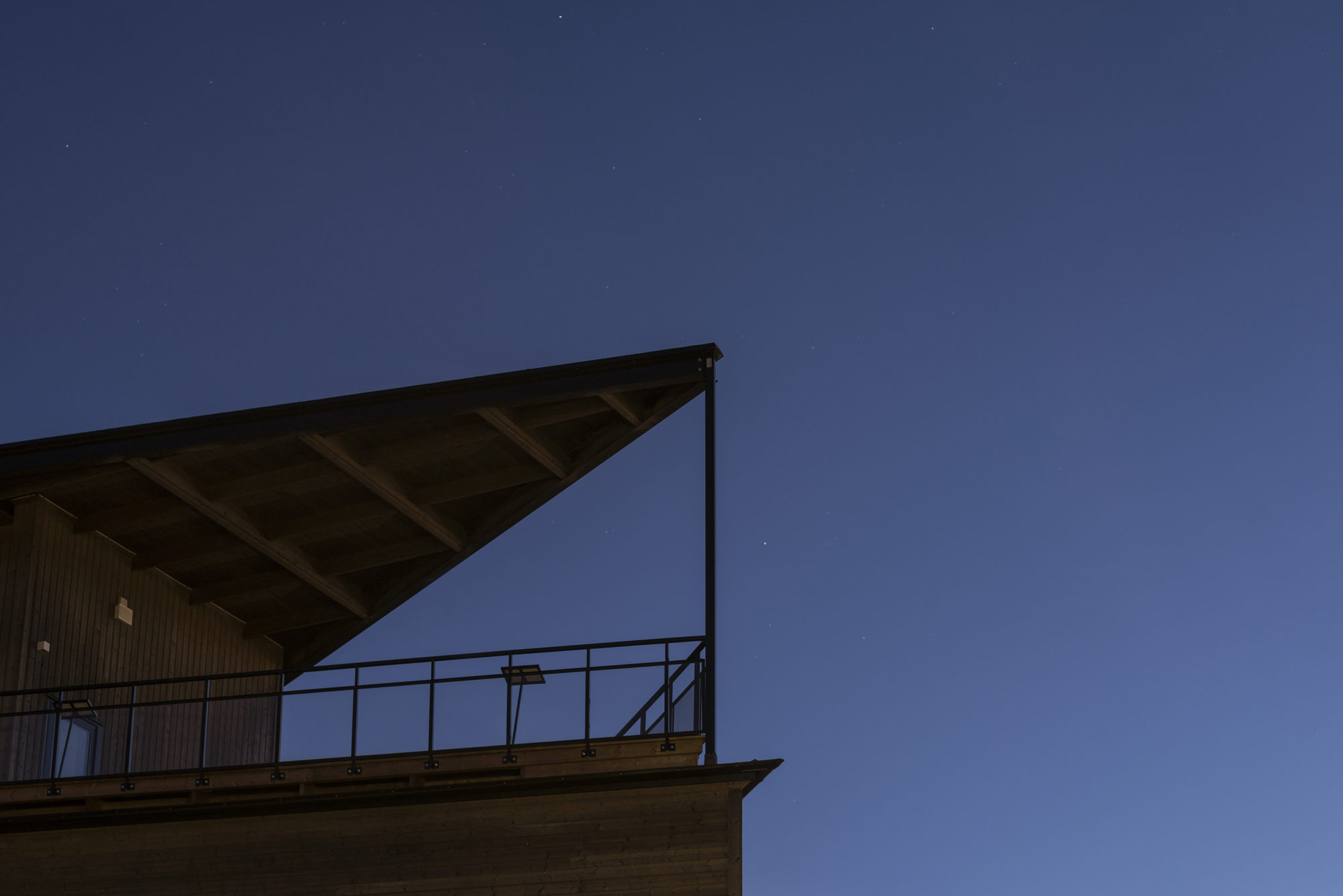
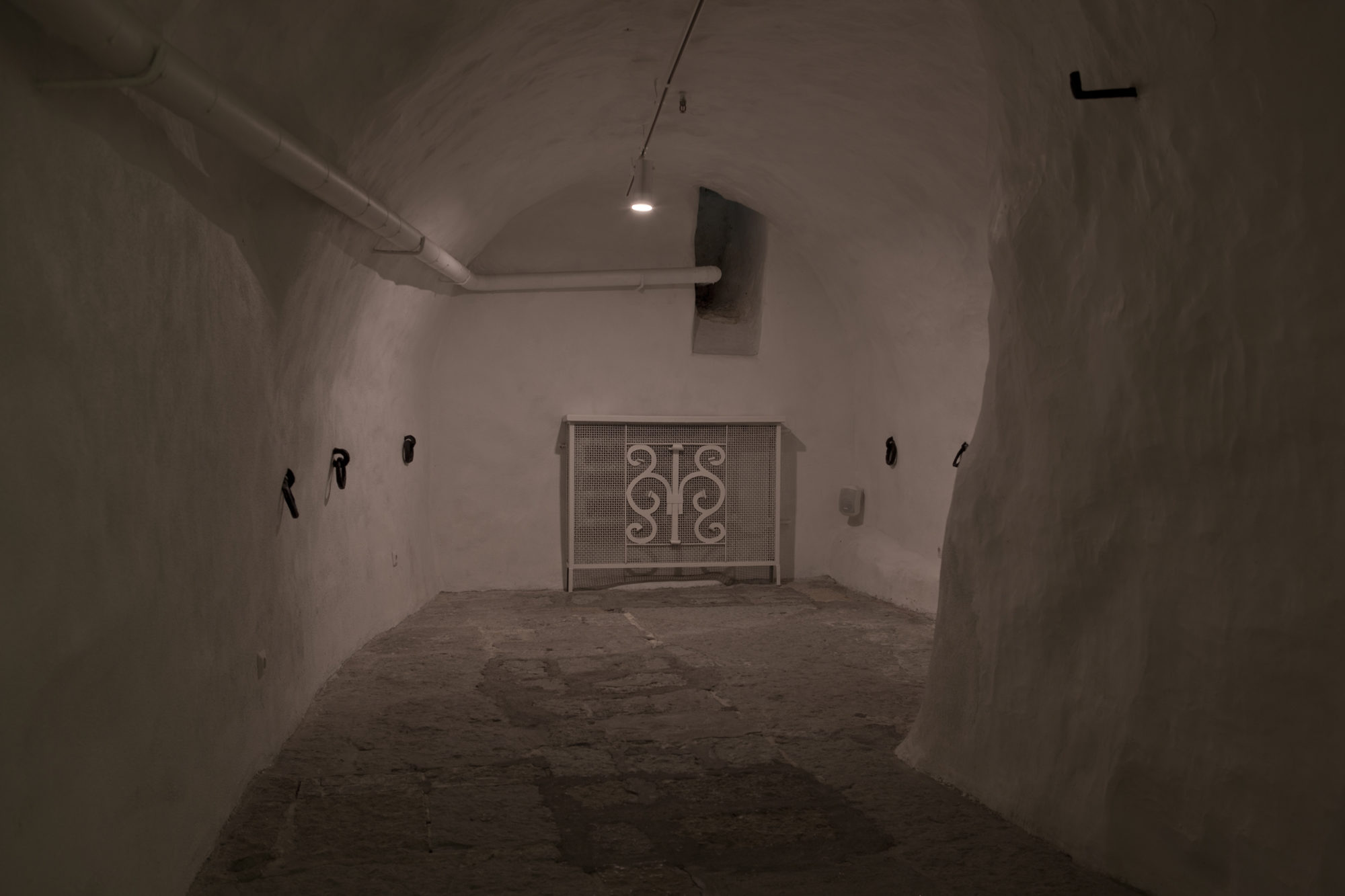
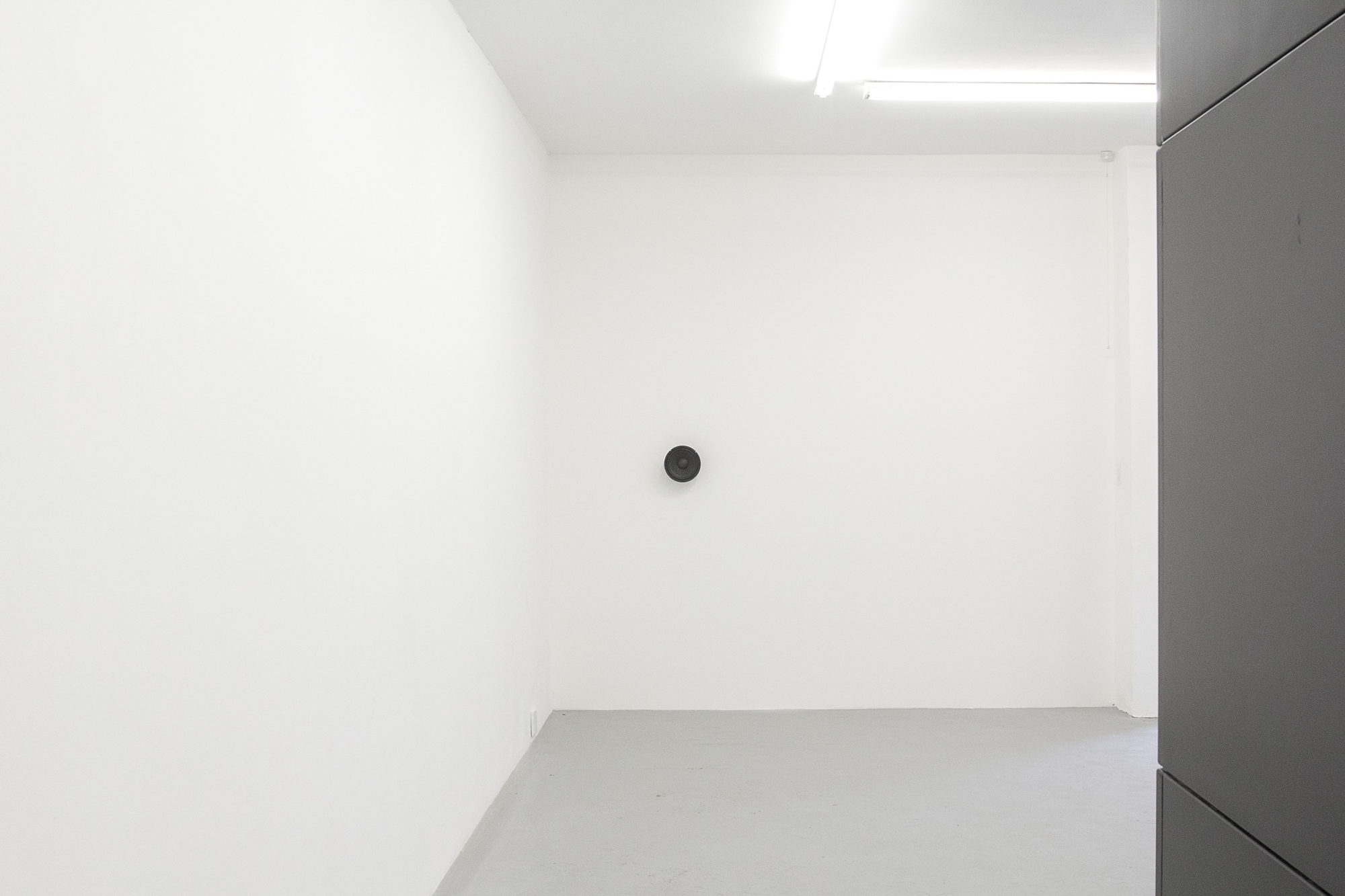
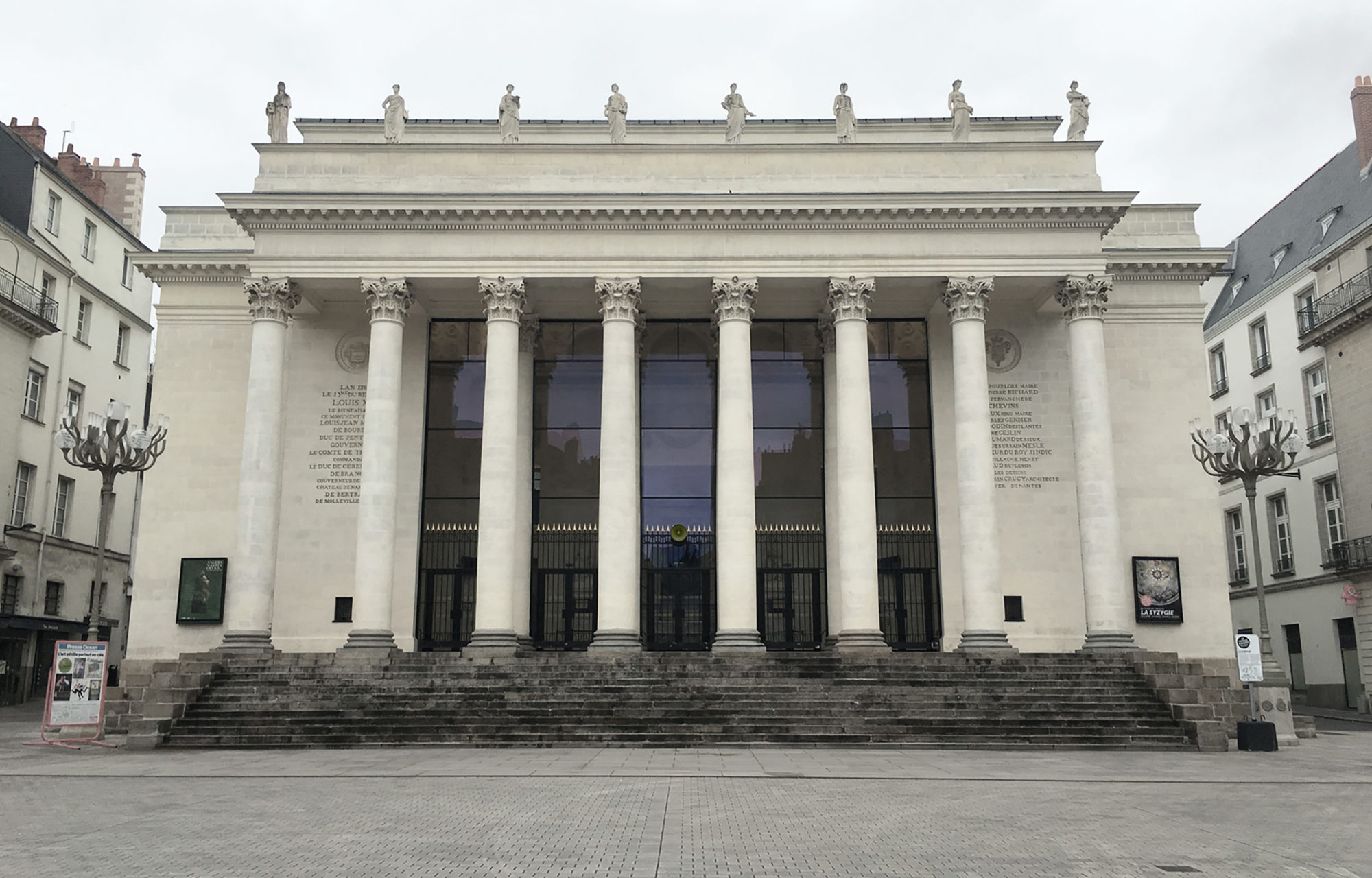





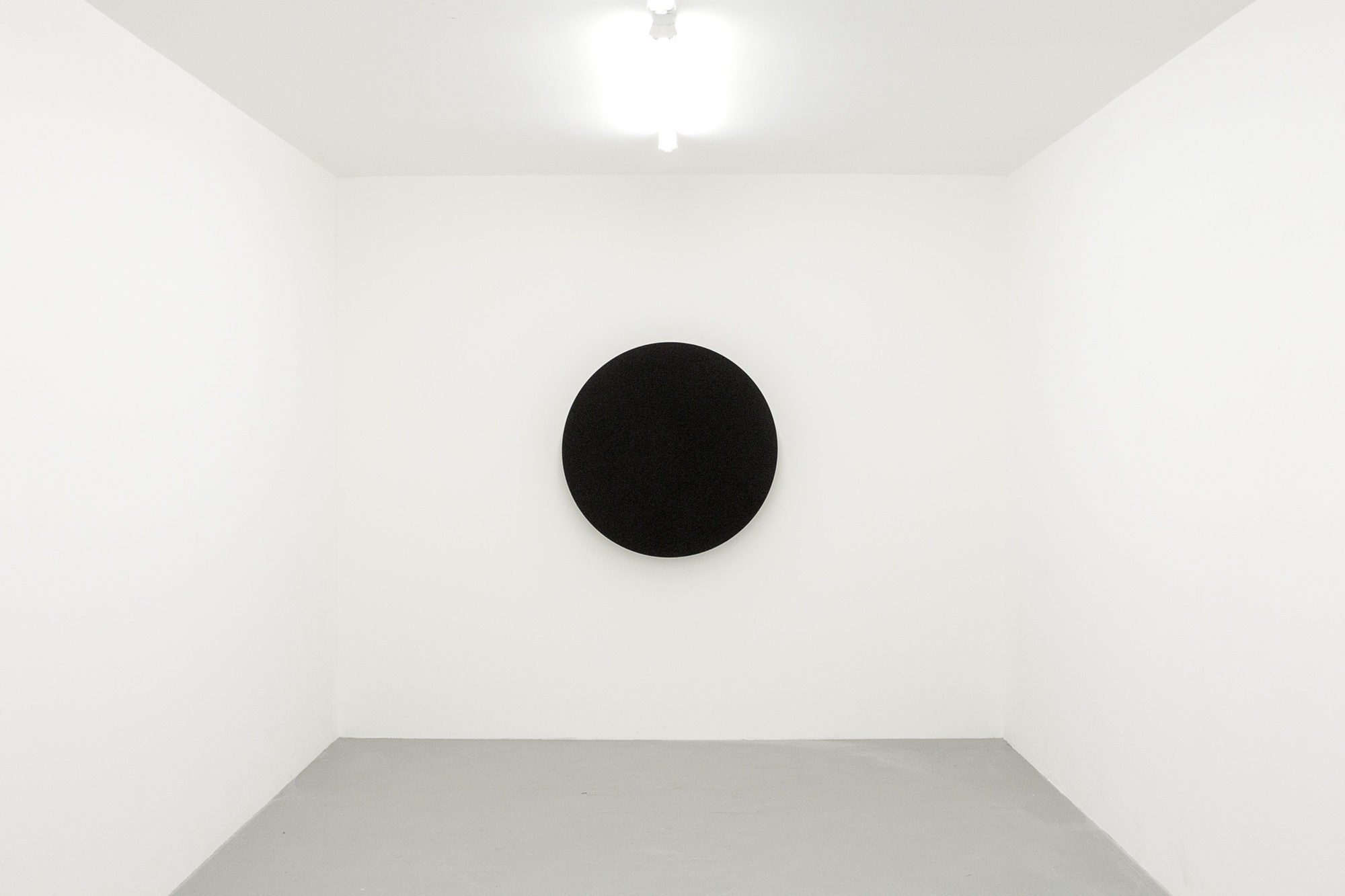





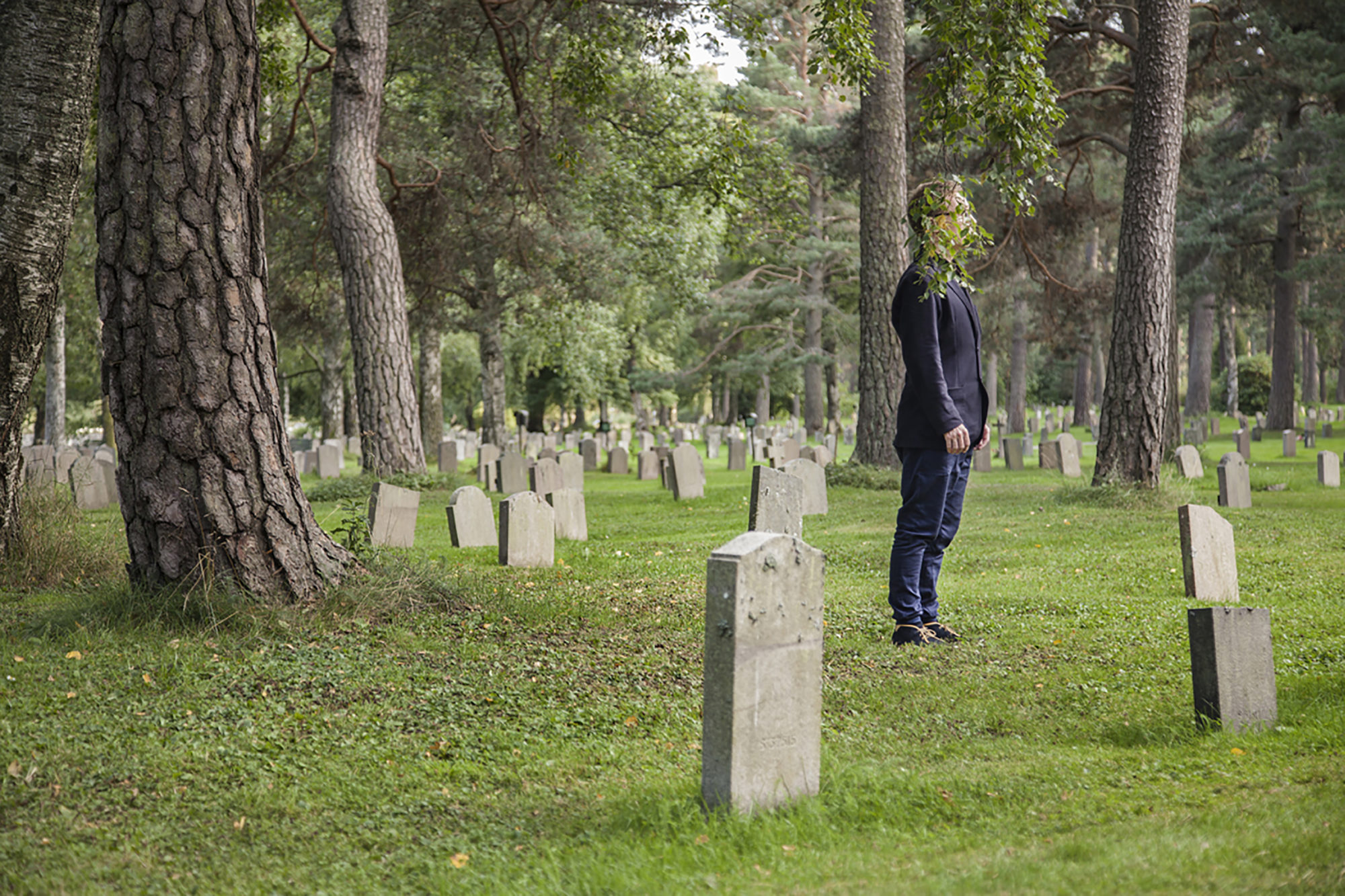


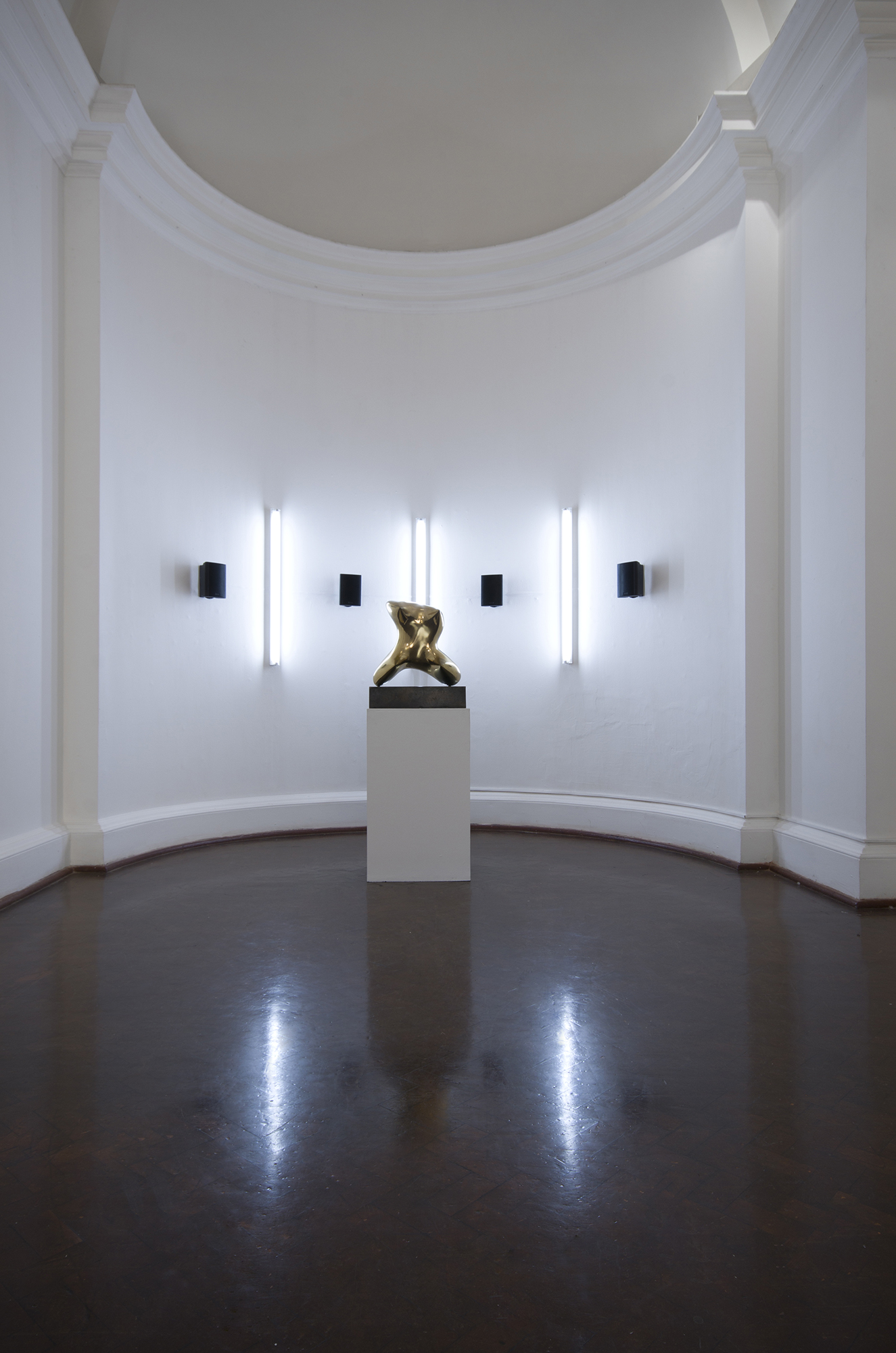
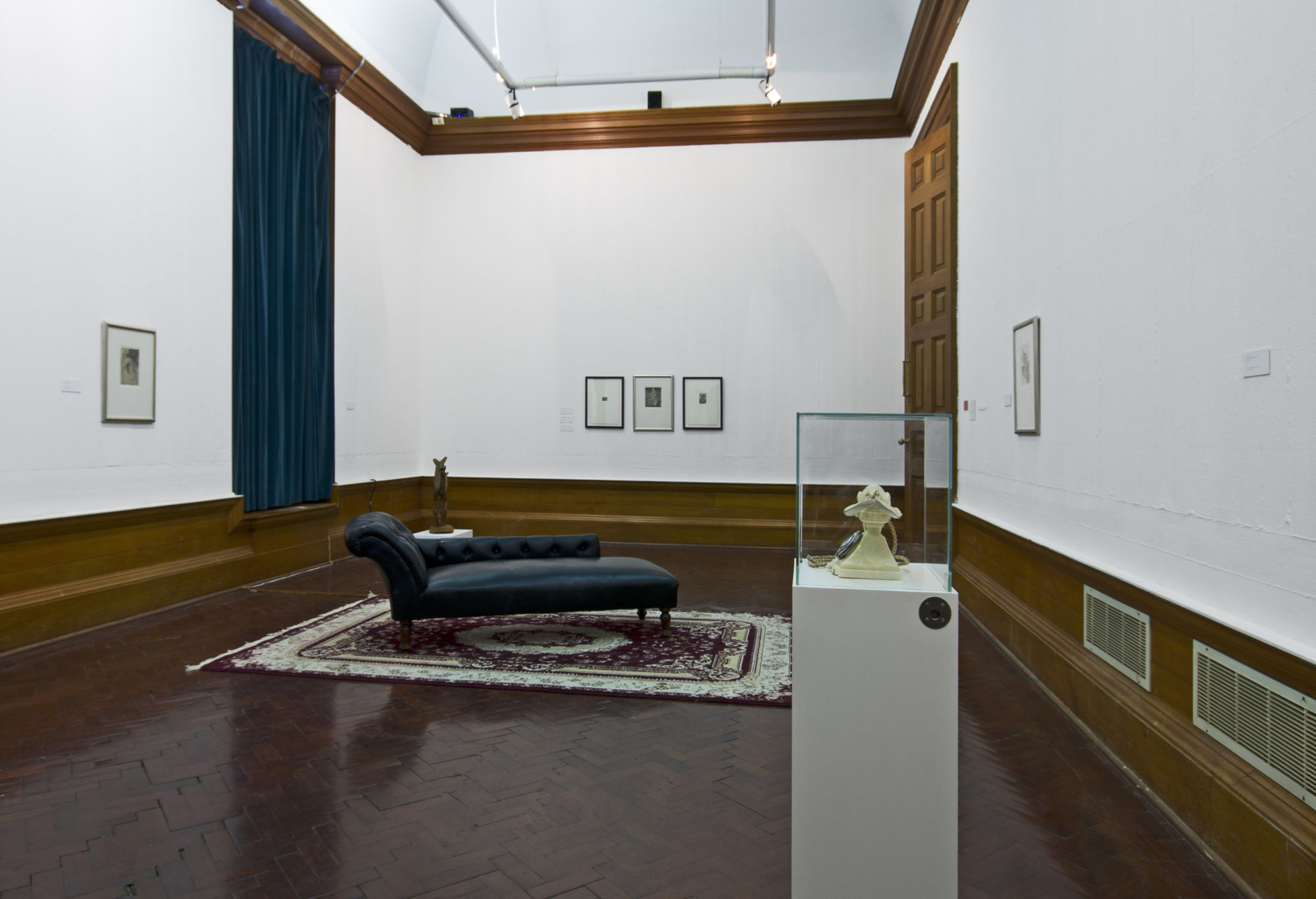

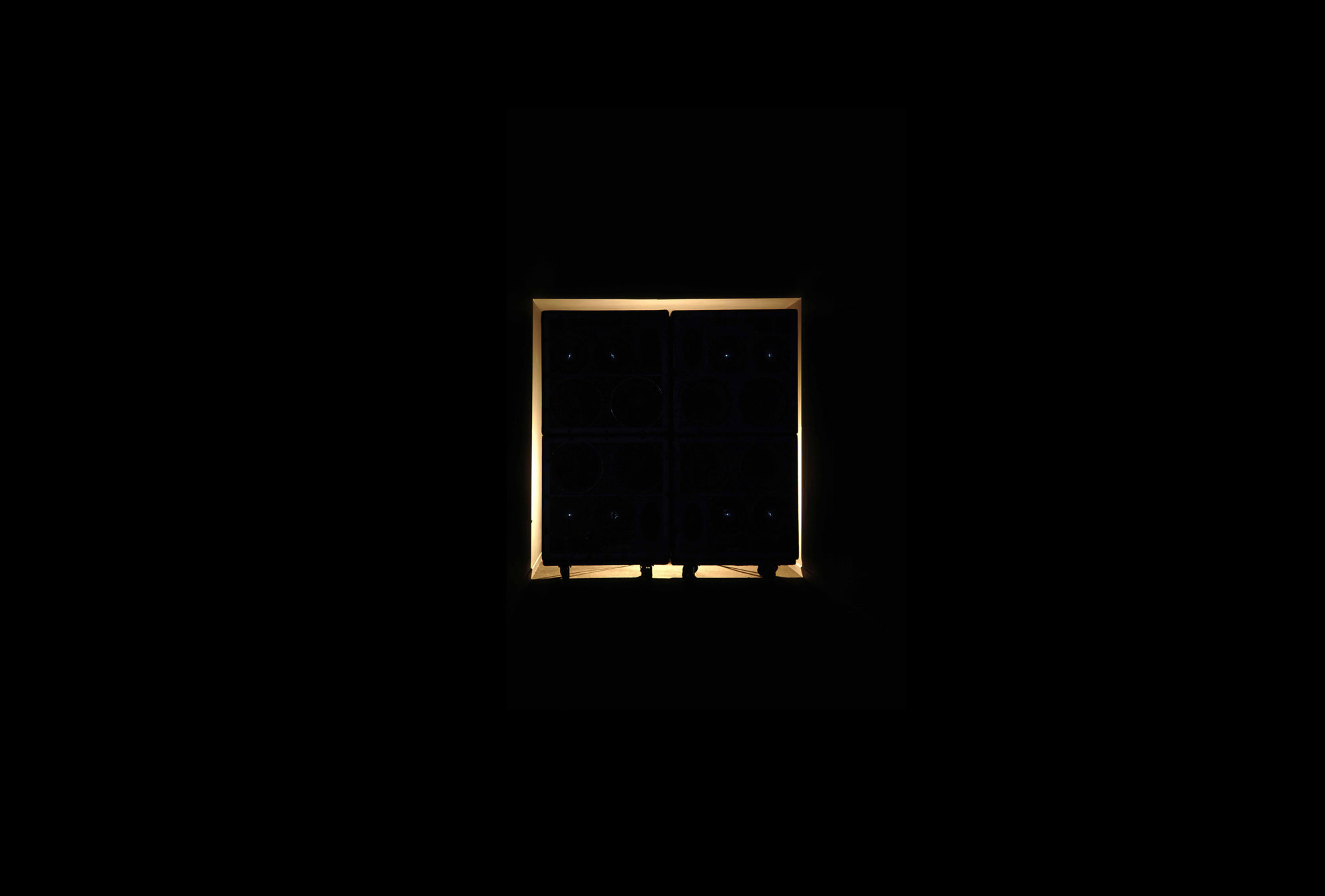


Glass and crystal decanters, dissolved paper, ink, water
[+]Glass and crystal decanters, dissolved paper, ink, water
[-]Mirror, speaker, audio. Duration: 01:21:00
[+]Mirror, speaker, audio. Duration: 01:21:00
[-]Glass vials, dissolved paper, ink, water
[+]Glass vials, dissolved paper, ink, water
[-]Glass vials, dissolved paper, ink, water
[+]Glass vials, dissolved paper, ink, water
[-]Cape de voyage Hikimawashi japonaise de la période Edo (XIXe s.), haut-parleur, son
[+]Cape de voyage Hikimawashi japonaise de la période Edo (XIXe s.), haut-parleur, son
[-]Haut-parleurs, audio
157 questions
Voix : Sylvaine Strike
Durée : 01:31:23
Bilingue français/anglais
Haut-parleurs, audio
157 questions
Voix : Sylvaine Strike
Durée : 01:31:23
Bilingue français/anglais
© Norval Foundation
[+]© Norval Foundation
[-]Site-specific sound installation: speaker, audio; 9 min
Voice: Hanna Fritzson; a take on Olivier Messiaen’s La mort du nombre
Created for Konst i Ån, Norrtälje, 2020
Site-specific sound installation: speaker, audio; 9 min
Voice: Hanna Fritzson; a take on Olivier Messiaen’s La mort du nombre
Created for Konst i Ån, Norrtälje, 2020
Brushed aluminium ; 90 cm diameter
Edition of 1 + 1 AP
A remake of a symbol seen in a house of worship.
The artist was in Sweden conducting recordings for his ongoing Prayer installation when he chanced on this symbol at the entrance to a religious space.
Later, on enquiring into its meaning with the priest, he was informed that it was a broken clock.
Brushed aluminium ; 90 cm diameter
Edition of 1 + 1 AP
A remake of a symbol seen in a house of worship.
The artist was in Sweden conducting recordings for his ongoing Prayer installation when he chanced on this symbol at the entrance to a religious space.
Later, on enquiring into its meaning with the priest, he was informed that it was a broken clock.
Black plinth, water, soluble paper, ink, glass bottle
[+]Black plinth, water, soluble paper, ink, glass bottle
[-]Water, soluble paper, ink, glass bottle
[+]Water, soluble paper, ink, glass bottle
[-]Site-specific sound installation: speaker, audio ; 30 min
Writer: Louis Viljoen ; Voice: Josefin Ljungman
Norrtälje Konsthall
Site-specific sound installation: speaker, audio ; 30 min
Writer: Louis Viljoen ; Voice: Josefin Ljungman
Norrtälje Konsthall
Site-specific sound installation: speaker, audio
Writer: Louis Viljoen ; Voices: Inga Saruland, Henrik Kalmet
Fotomuuseum of Tallinn
Site-specific sound installation: speaker, audio
Writer: Louis Viljoen ; Voices: Inga Saruland, Henrik Kalmet
Fotomuuseum of Tallinn
Tambour bâlois, haut-parleur à transducteur, piste audio ; 48 x 44 cm (diam.)
Œuvre unique
Tambour bâlois, haut-parleur à transducteur, piste audio ; 48 x 44 cm (diam.)
Œuvre unique
Néon blanc ; dimensions variables
Edition de 5 + 2 EA
Néon blanc ; dimensions variables
Edition de 5 + 2 EA
Néon blanc ; dimensions variables
Edition de 5 + 2 EA
Vue d’exposition : Wits Art Museum, Johannesbourg, 2016. Photo © Michael Tymbios
Néon blanc ; dimensions variables
Edition de 5 + 2 EA
Vue d’exposition : Wits Art Museum, Johannesbourg, 2016. Photo © Michael Tymbios
Black aluminum and steel threaded rods ; 46,4 x 151,5 x 3 cm
Edition of 5 + 1 AP
Black aluminum and steel threaded rods ; 46,4 x 151,5 x 3 cm
Edition of 5 + 1 AP
Variable dimensions, duration: 2 min 45 sec (looped)
Commissioned for Imaginary Fact, 2013 Biennale di Venezia. Photo © Kyle Morland
Variable dimensions, duration: 2 min 45 sec (looped)
Commissioned for Imaginary Fact, 2013 Biennale di Venezia. Photo © Kyle Morland
Audio guide, audio
17 min 52 sec
Commissioned by Skogskyrkogården, Stockholm
Audio guide, audio
17 min 52 sec
Commissioned by Skogskyrkogården, Stockholm
Video installation, sound ; variable dimensions; duration: 3 min (looped)
Edition of 5 + 2 AP
Photo © Paul Grose
Video installation, sound ; variable dimensions; duration: 3 min (looped)
Edition of 5 + 2 AP
Photo © Paul Grose
Series of 75 text cards copied from the labels of the Nagasaki Atomic Bomb Museum; variables dimensions
Edition of 3 + 1 AP
Series of 75 text cards copied from the labels of the Nagasaki Atomic Bomb Museum; variables dimensions
Edition of 3 + 1 AP
Sound installation: chaise longue, CD player, speakers, assorted wires, audio; 73 x 180 x 65 cm, duration: 39 min 47 sec (looped)
Edition of 3 + 1 AP
Installation view: MMXII, Johannesburg Art Gallery, 2012. Photo © Anthea Pokroy
Sound installation: chaise longue, CD player, speakers, assorted wires, audio; 73 x 180 x 65 cm, duration: 39 min 47 sec (looped)
Edition of 3 + 1 AP
Installation view: MMXII, Johannesburg Art Gallery, 2012. Photo © Anthea Pokroy
Sound installation: signed certificate, CD player, speakers, assorted wires, audio; 42 x 33 cm, duration: 30 sec (looped)
Unique
Installation view: MMXII, Johannesburg Art Gallery, 2012. Photo © Anthea Pokroy
Sound installation: signed certificate, CD player, speakers, assorted wires, audio; 42 x 33 cm, duration: 30 sec (looped)
Unique
Installation view: MMXII, Johannesburg Art Gallery, 2012. Photo © Anthea Pokroy
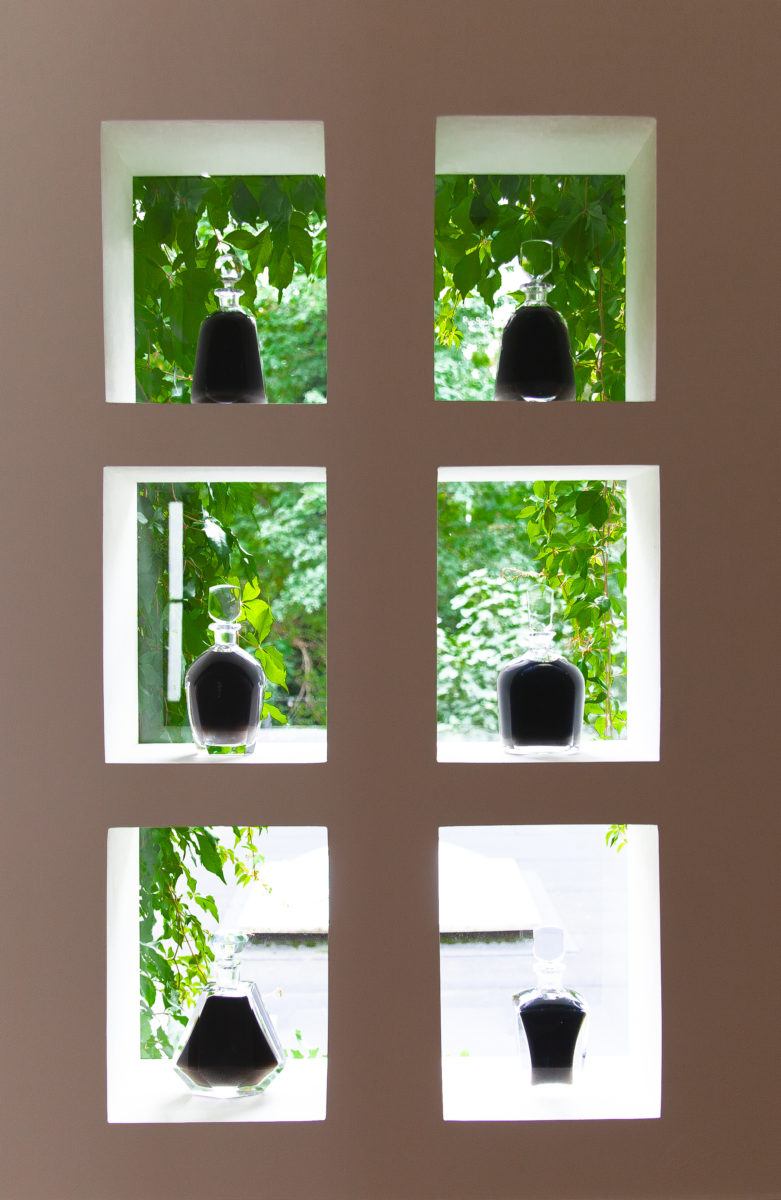
Glass and crystal decanters, dissolved paper, ink, water
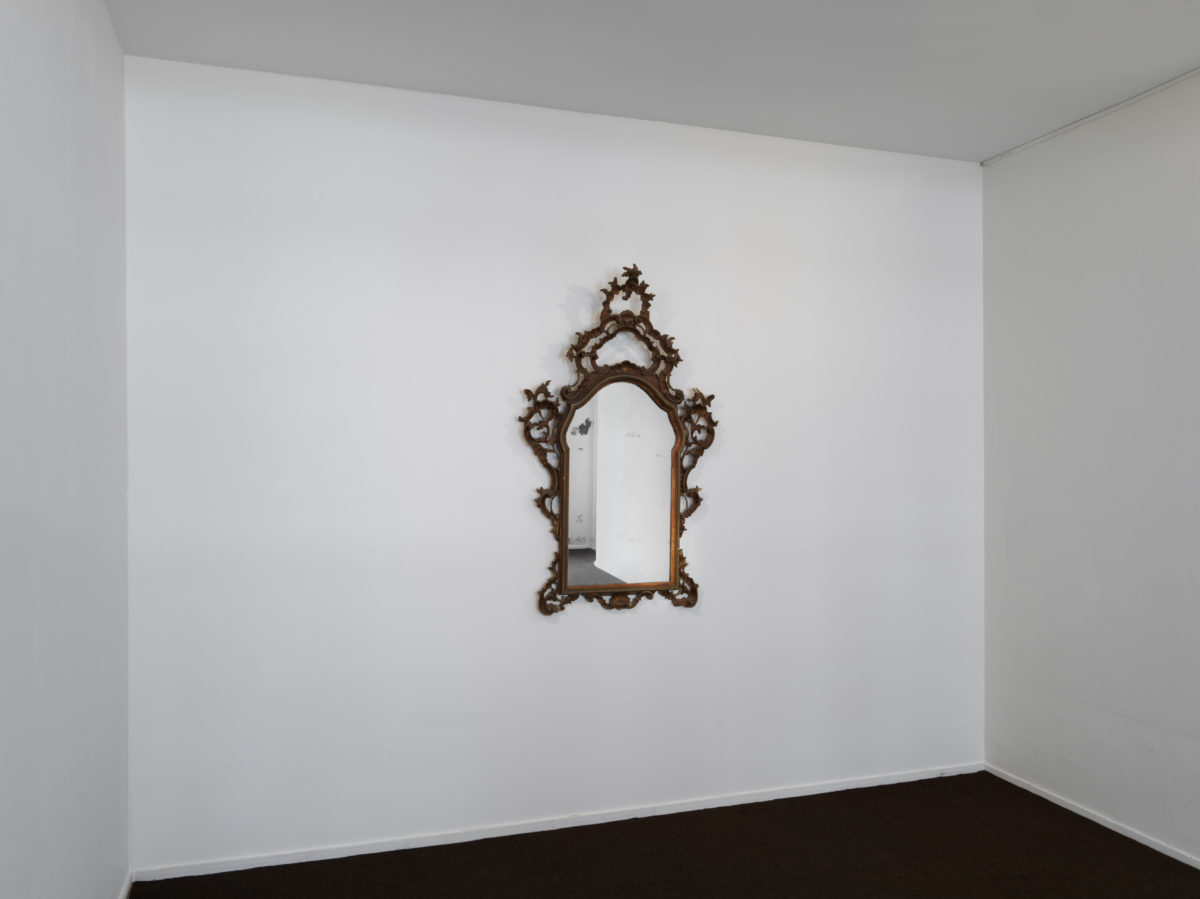
Mirror, speaker, audio. Duration: 01:21:00
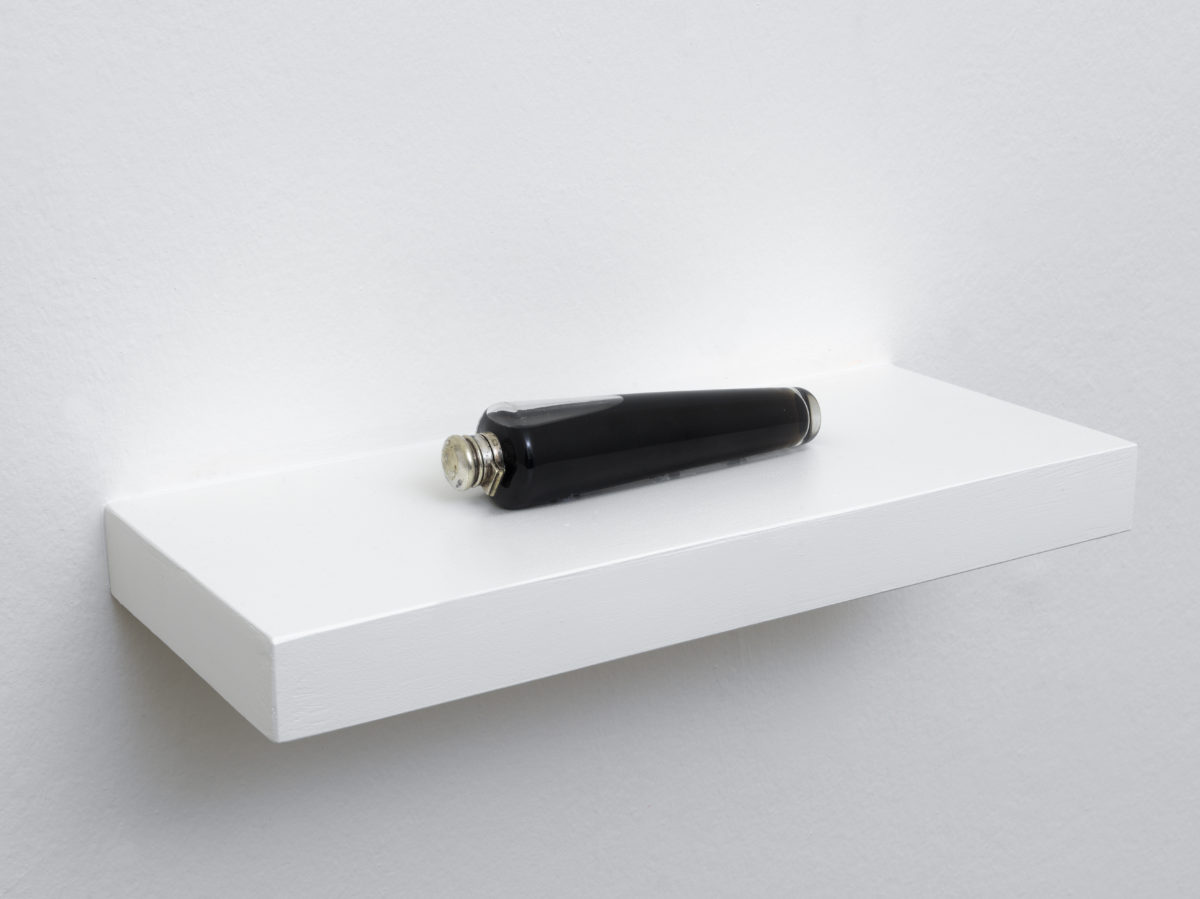
Glass vials, dissolved paper, ink, water
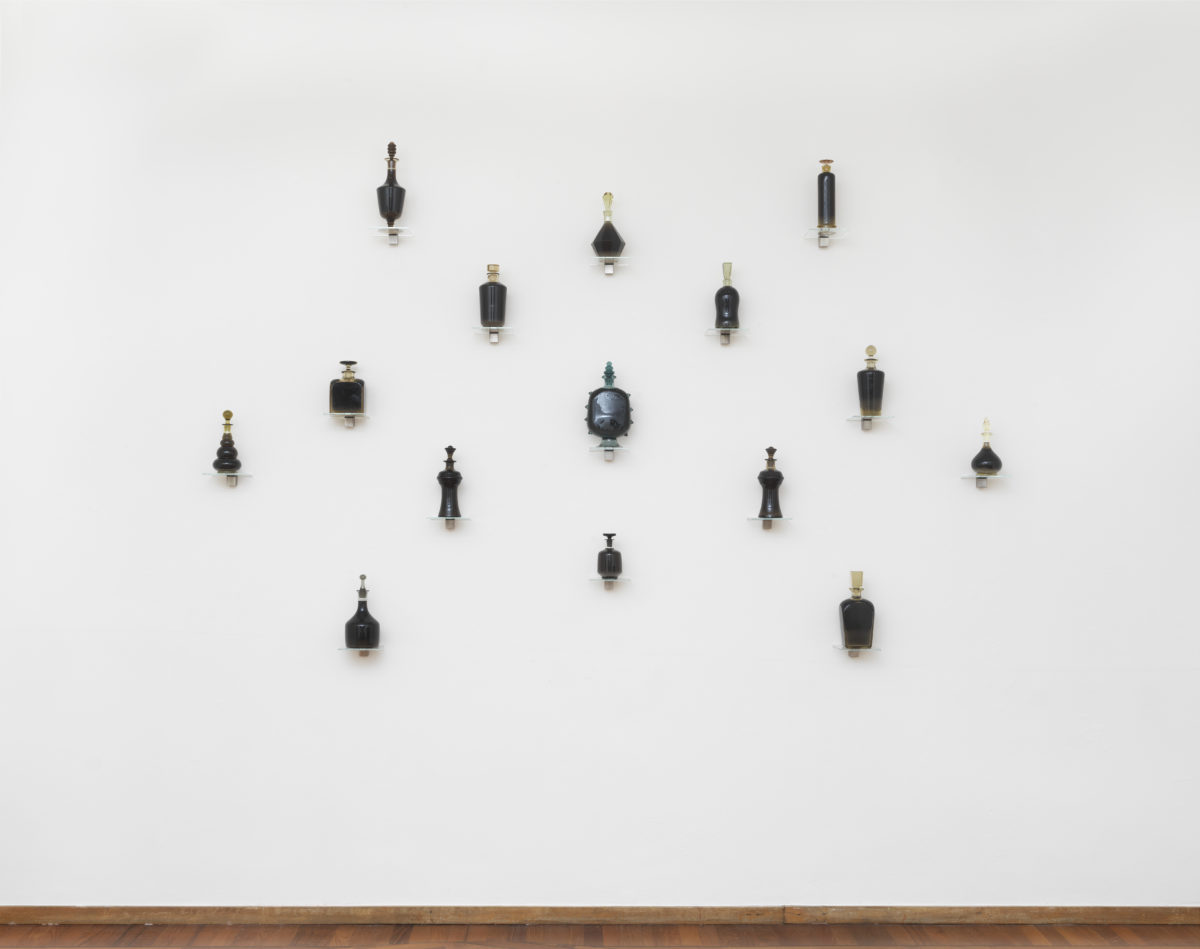
Glass vials, dissolved paper, ink, water
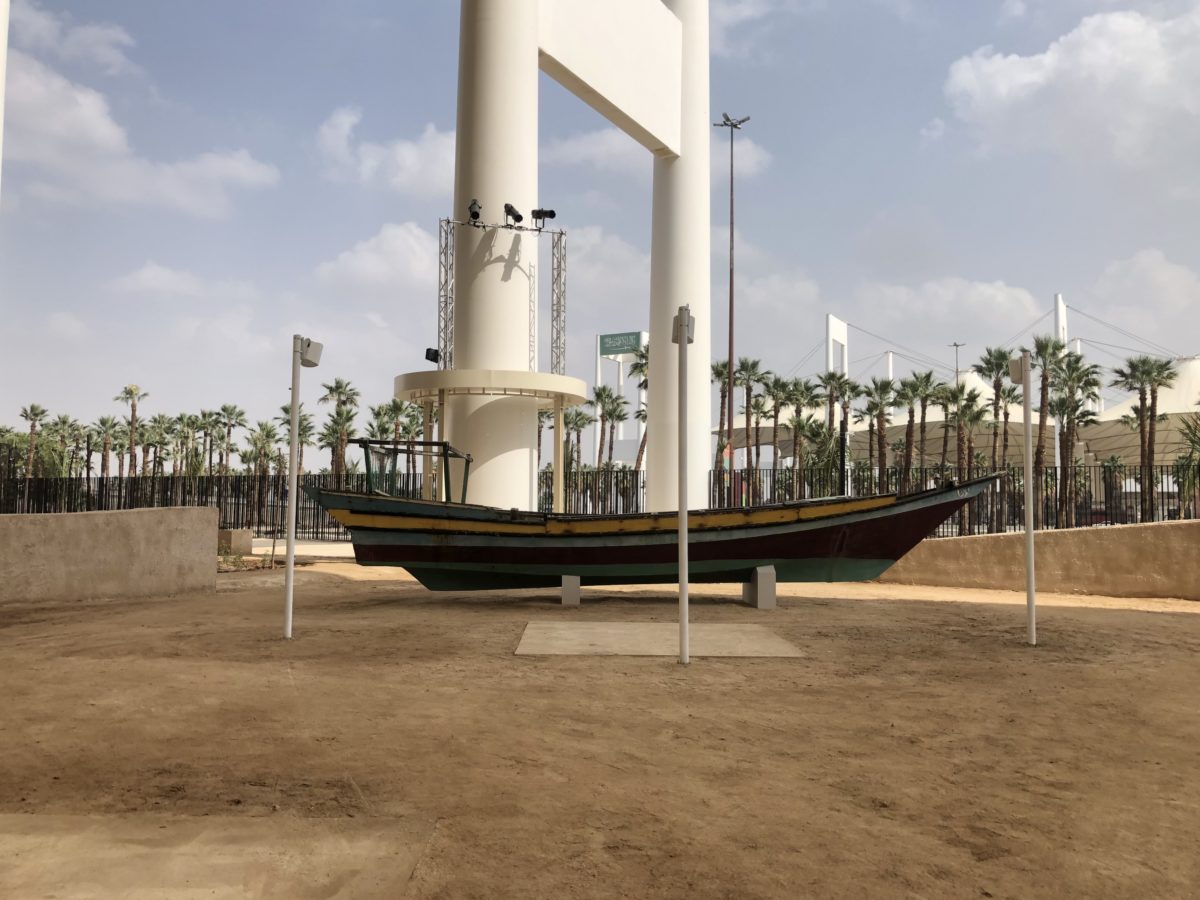

Cape de voyage Hikimawashi japonaise de la période Edo (XIXe s.), haut-parleur, son

Haut-parleurs, audio
157 questions
Voix : Sylvaine Strike
Durée : 01:31:23
Bilingue français/anglais
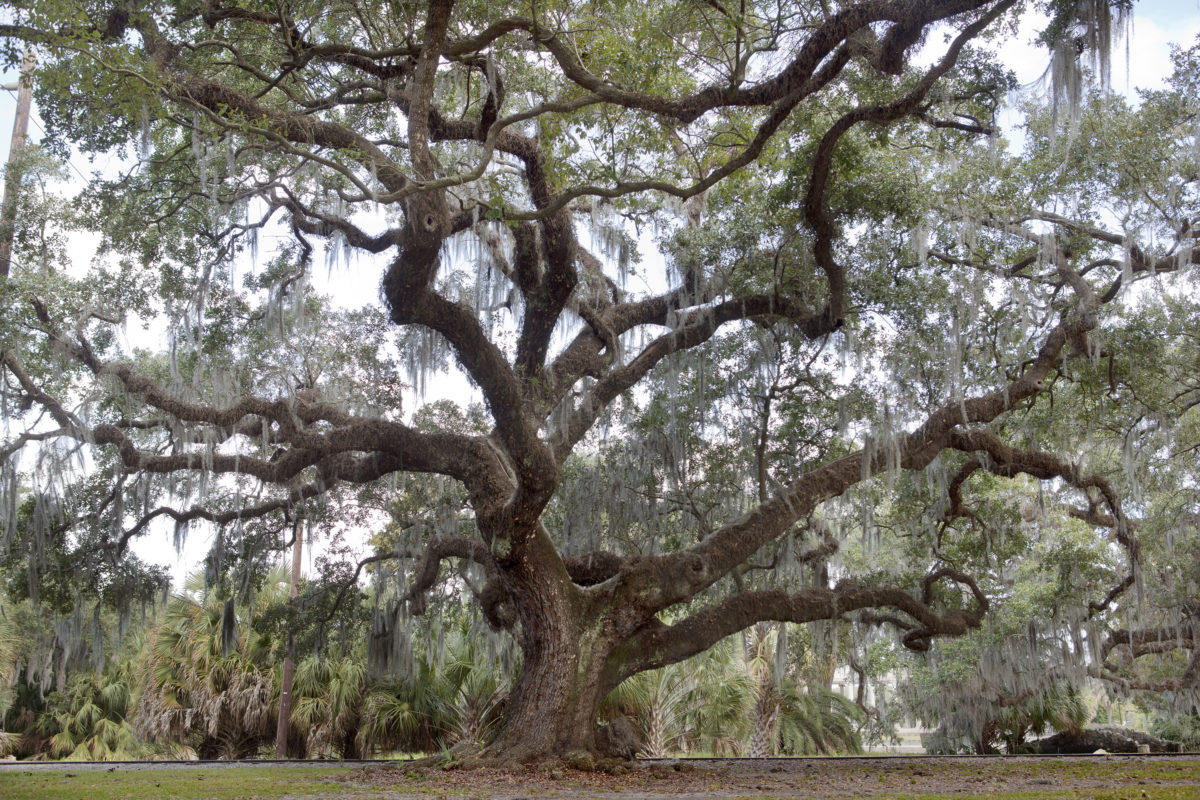
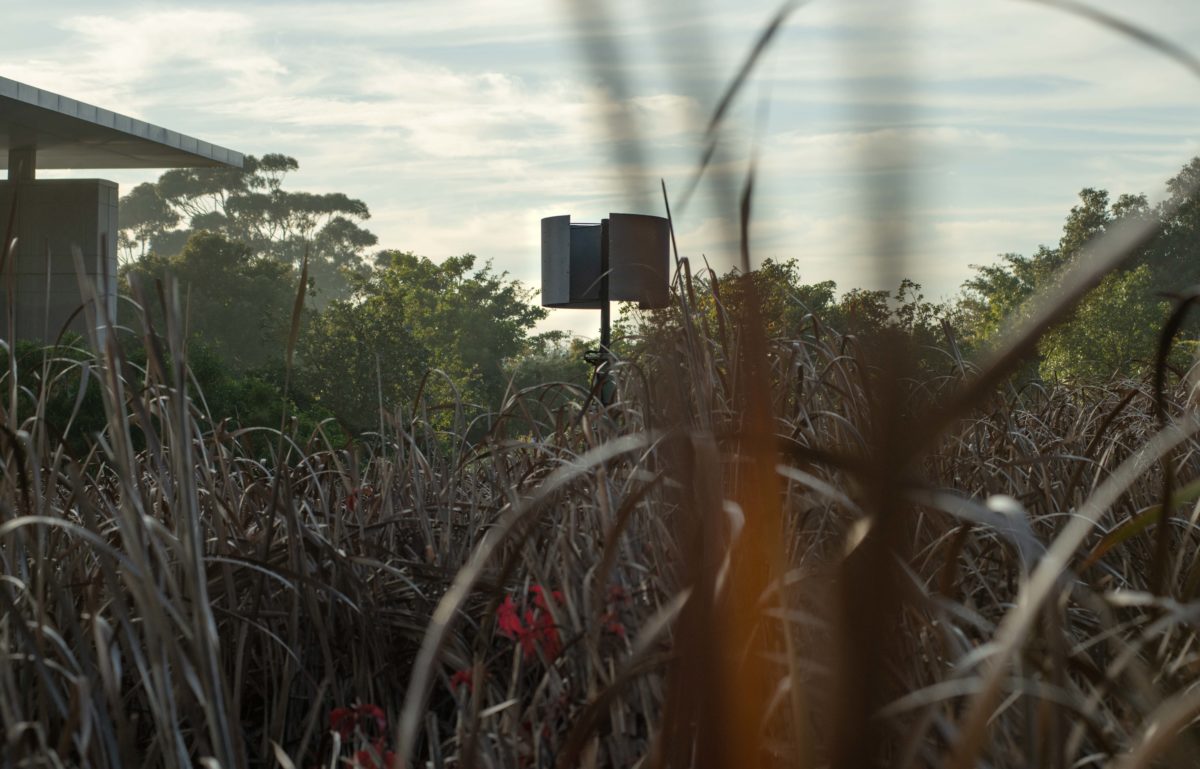
© Norval Foundation
Site-specific sound installation: speaker, audio; 9 min
Voice: Hanna Fritzson; a take on Olivier Messiaen’s La mort du nombre
Created for Konst i Ån, Norrtälje, 2020

Brushed aluminium ; 90 cm diameter
Edition of 1 + 1 AP
A remake of a symbol seen in a house of worship.
The artist was in Sweden conducting recordings for his ongoing Prayer installation when he chanced on this symbol at the entrance to a religious space.
Later, on enquiring into its meaning with the priest, he was informed that it was a broken clock.
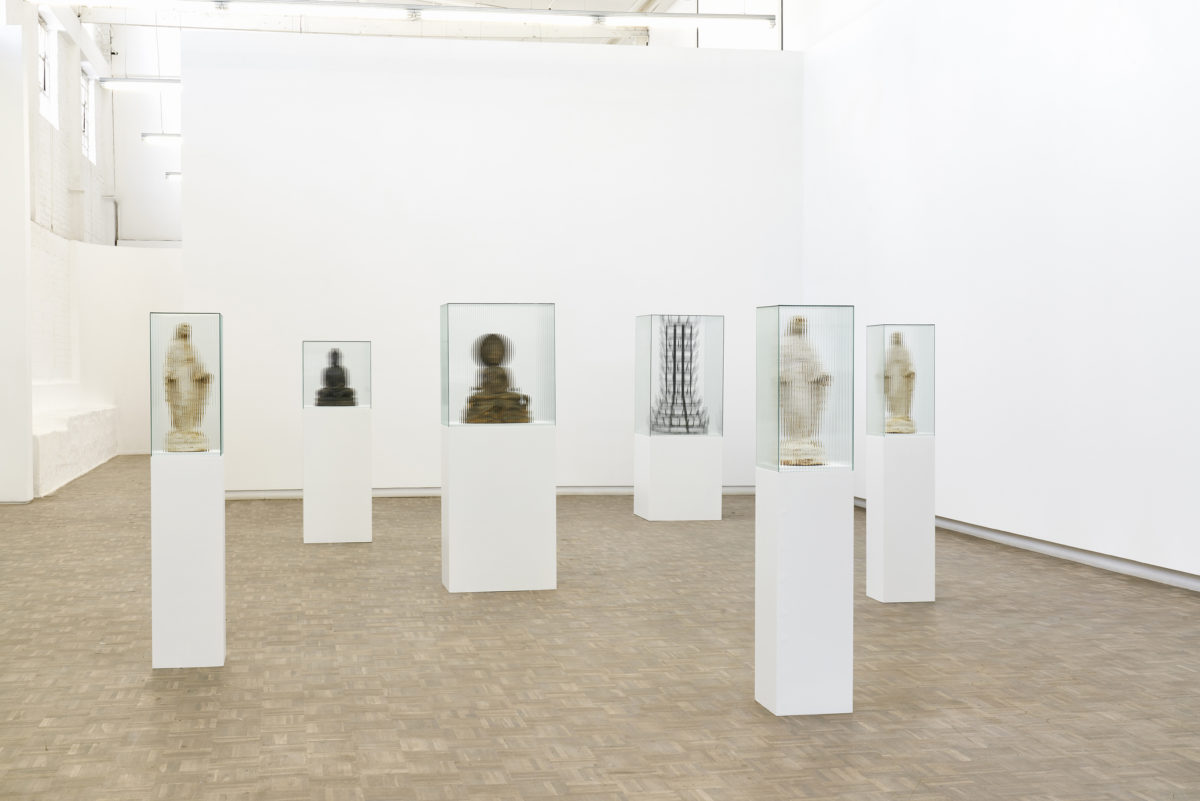
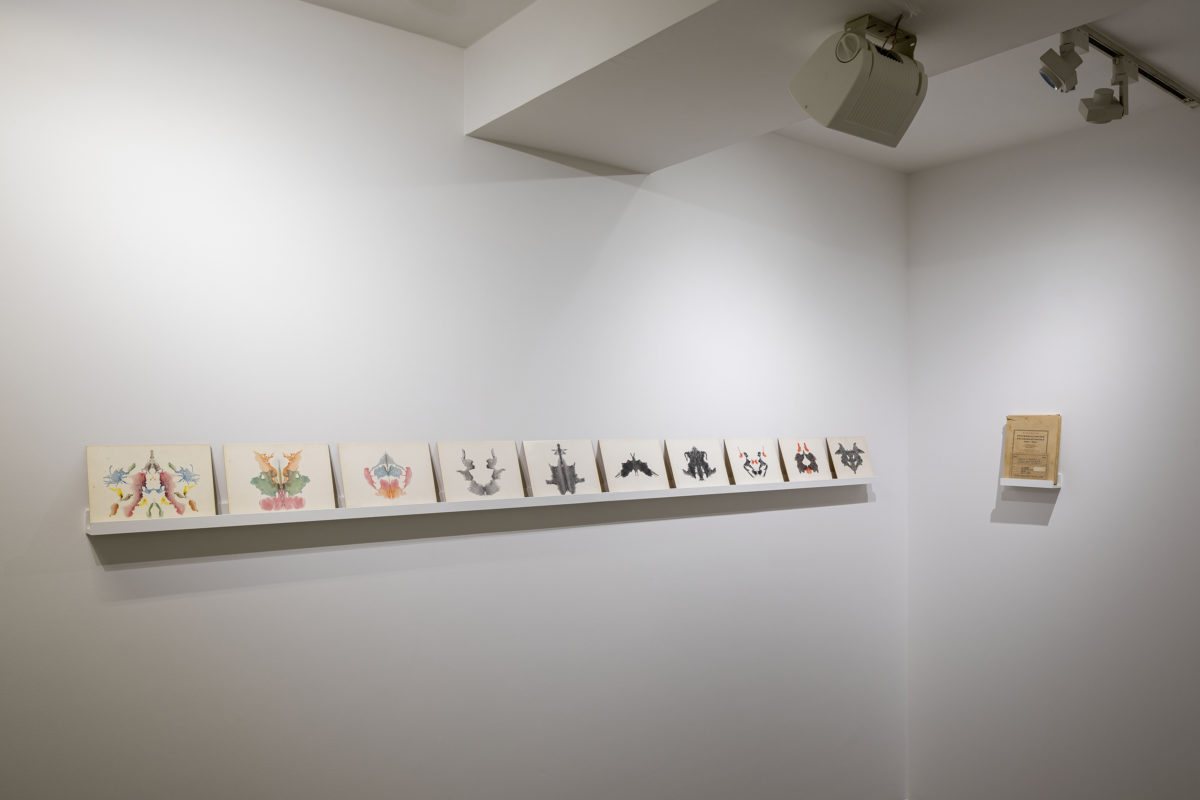


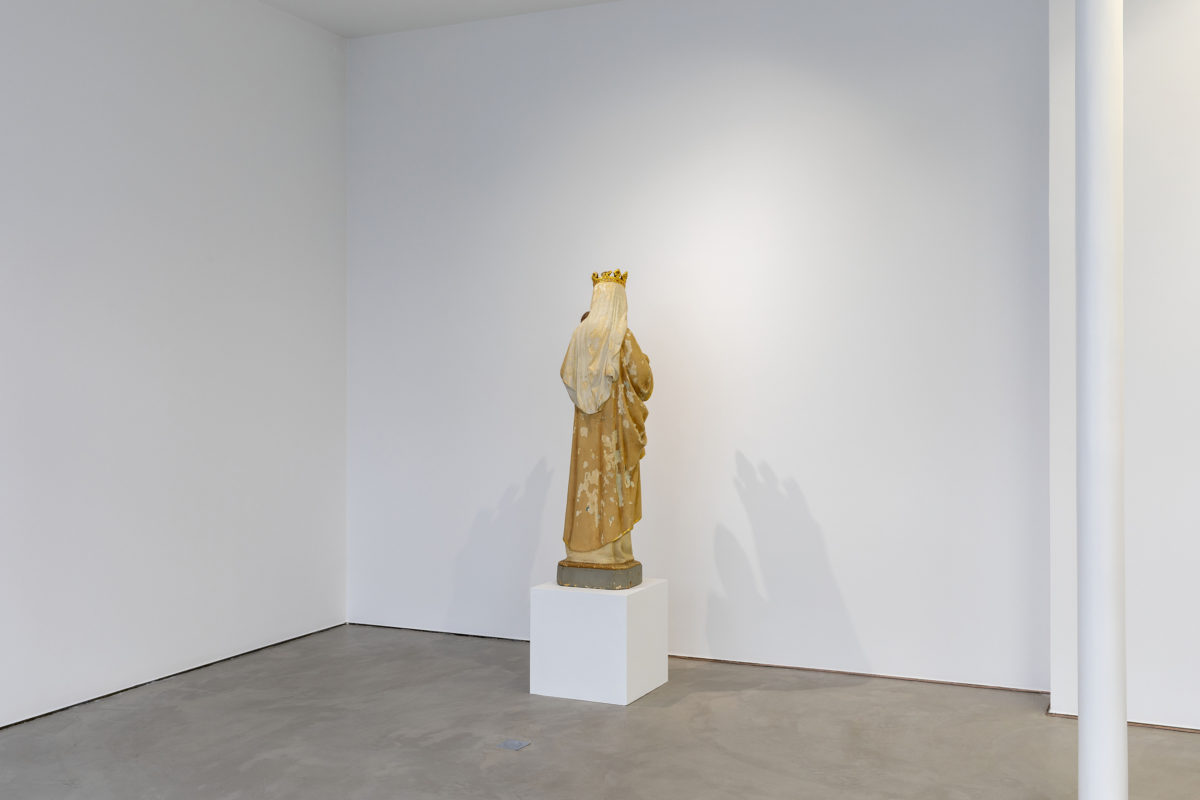
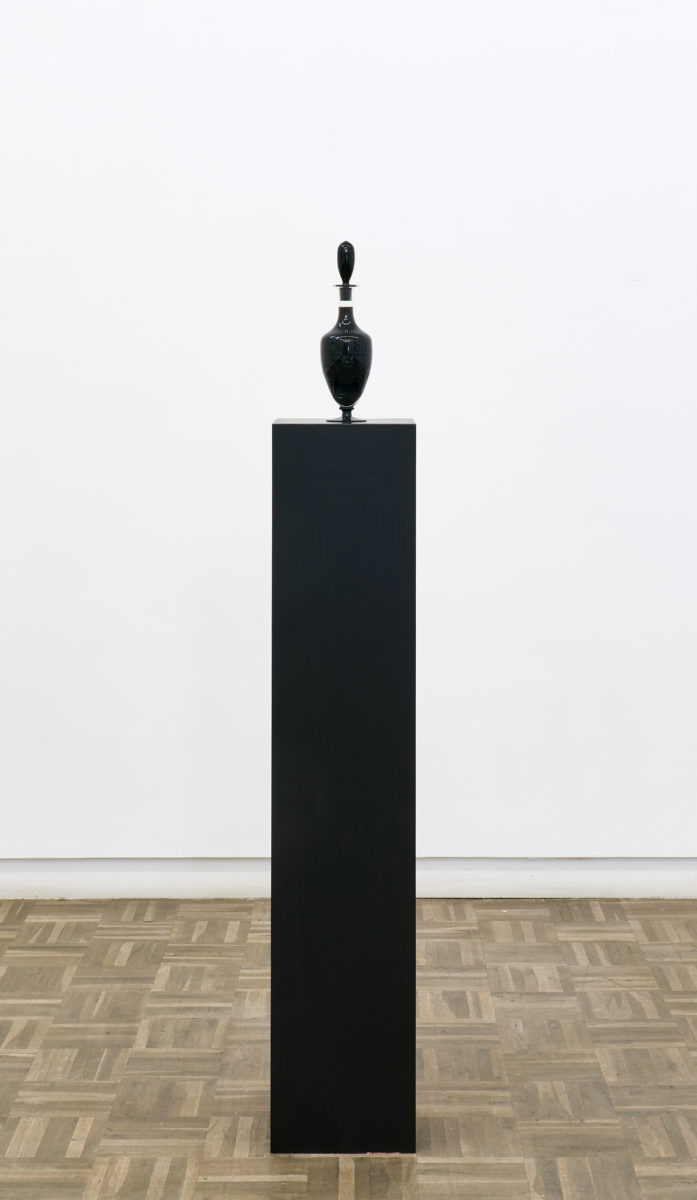
Black plinth, water, soluble paper, ink, glass bottle
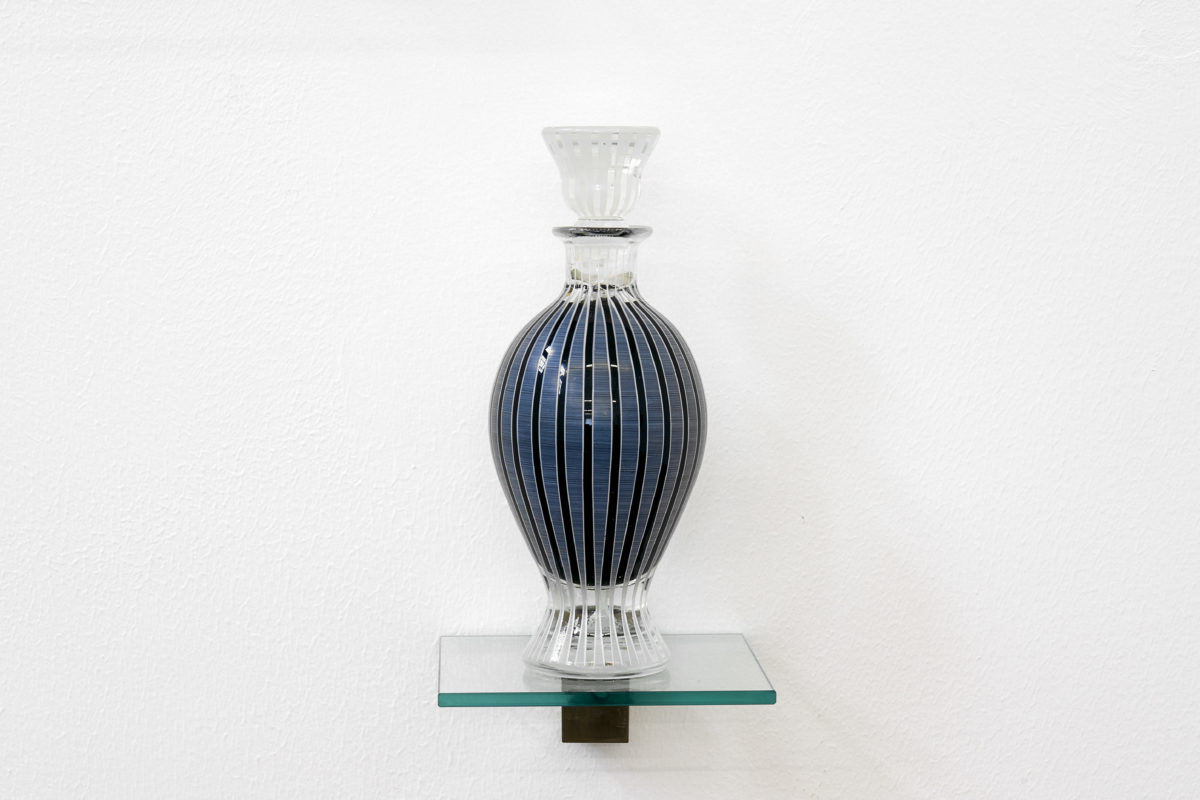
Water, soluble paper, ink, glass bottle
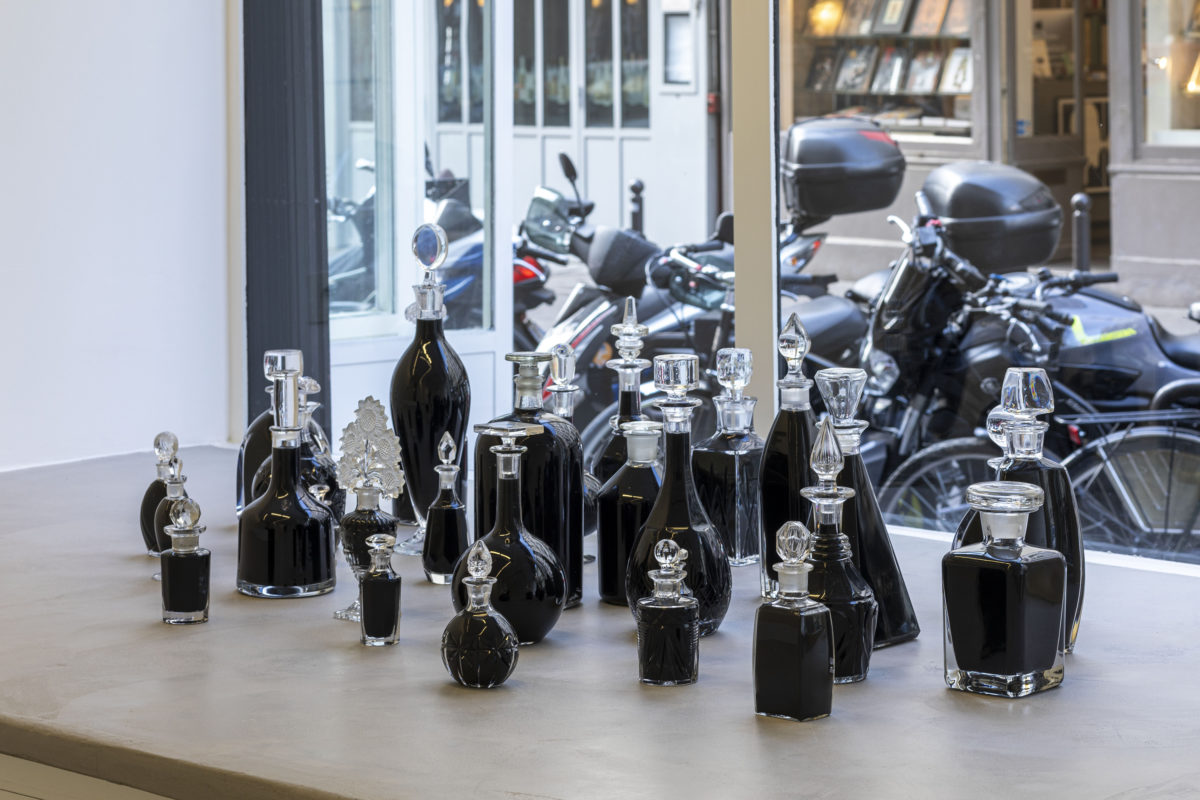
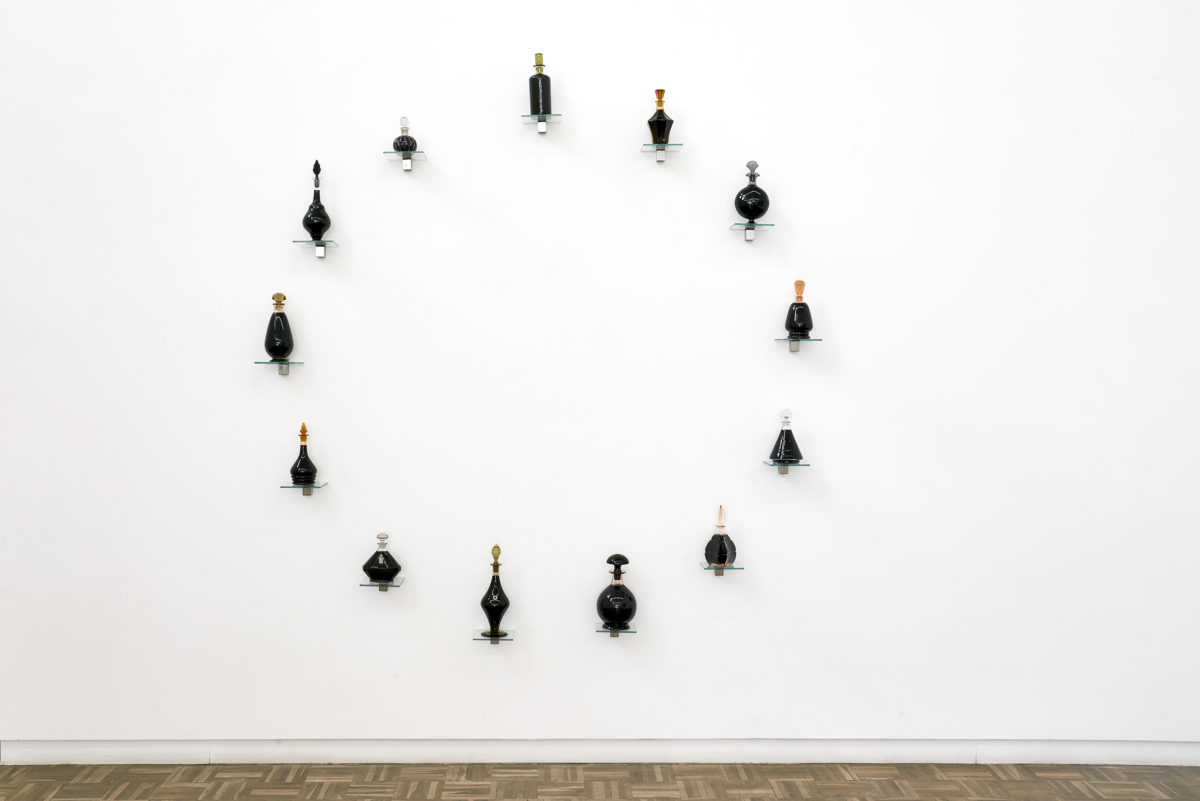
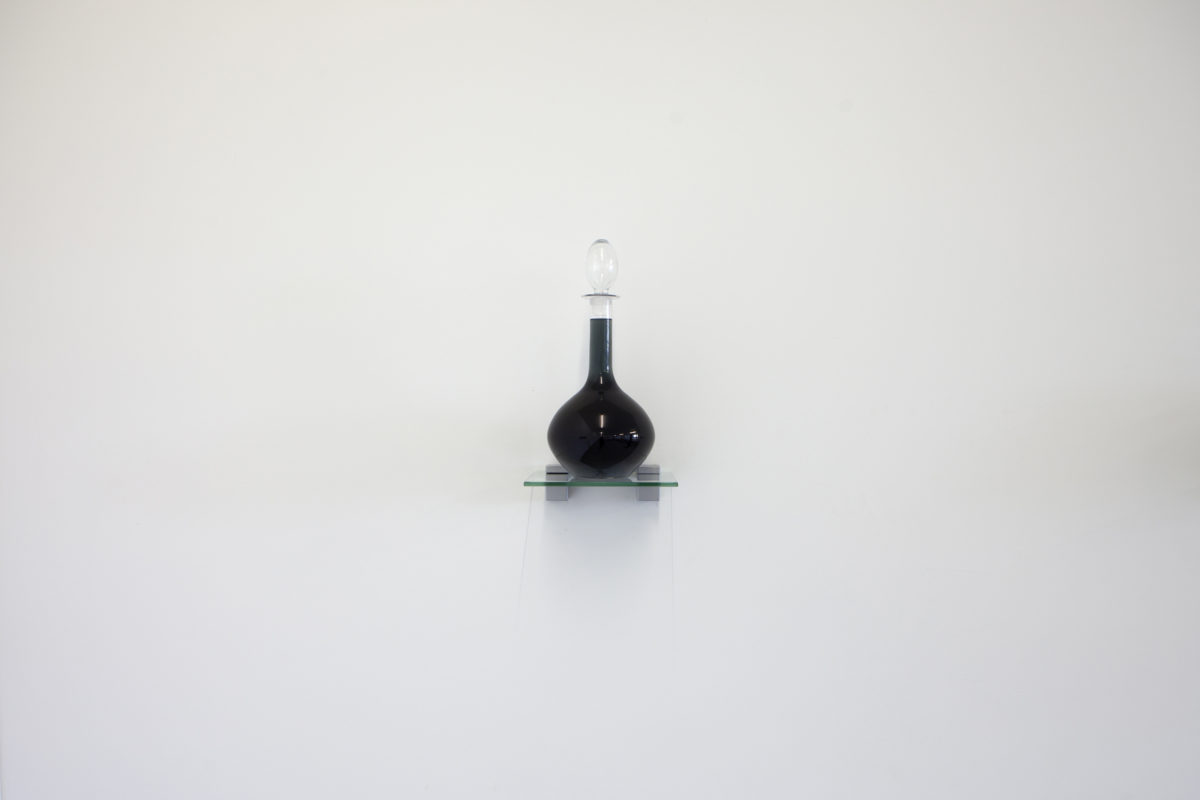

Site-specific sound installation: speaker, audio ; 30 min
Writer: Louis Viljoen ; Voice: Josefin Ljungman
Norrtälje Konsthall

Site-specific sound installation: speaker, audio
Writer: Louis Viljoen ; Voices: Inga Saruland, Henrik Kalmet
Fotomuuseum of Tallinn
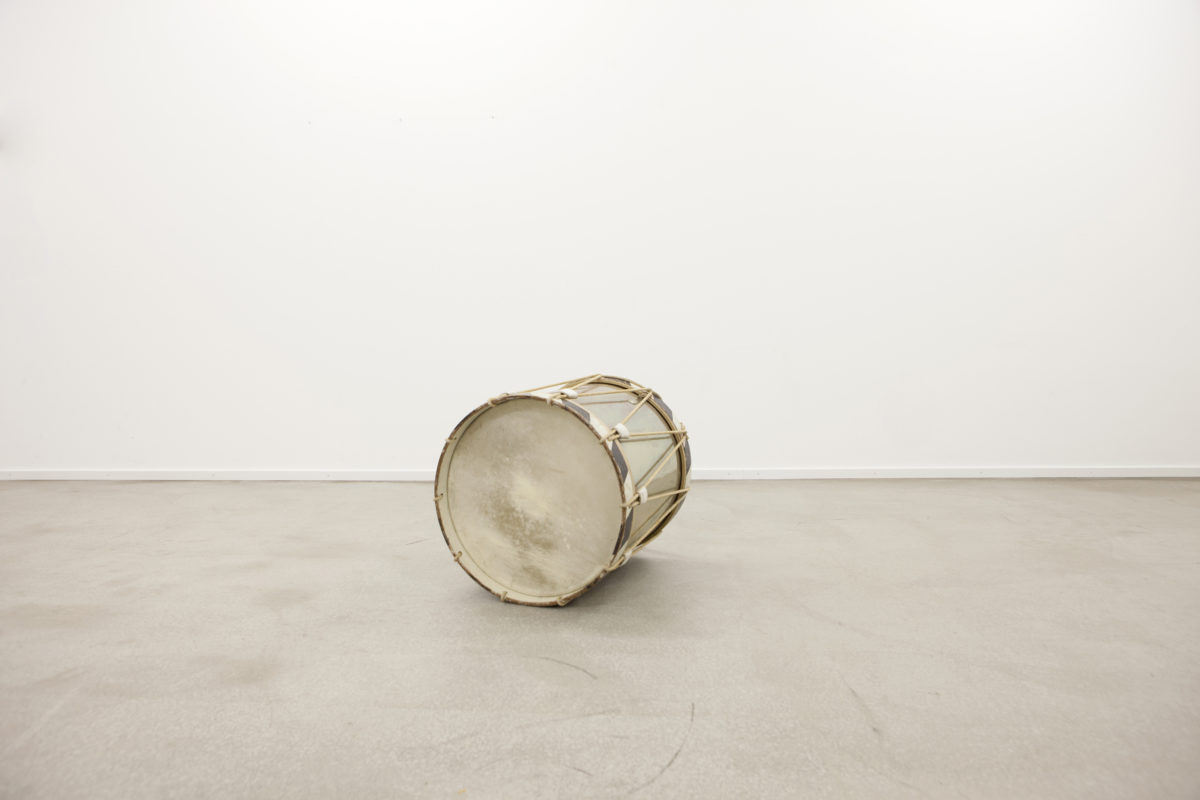
Tambour bâlois, haut-parleur à transducteur, piste audio ; 48 x 44 cm (diam.)
Œuvre unique
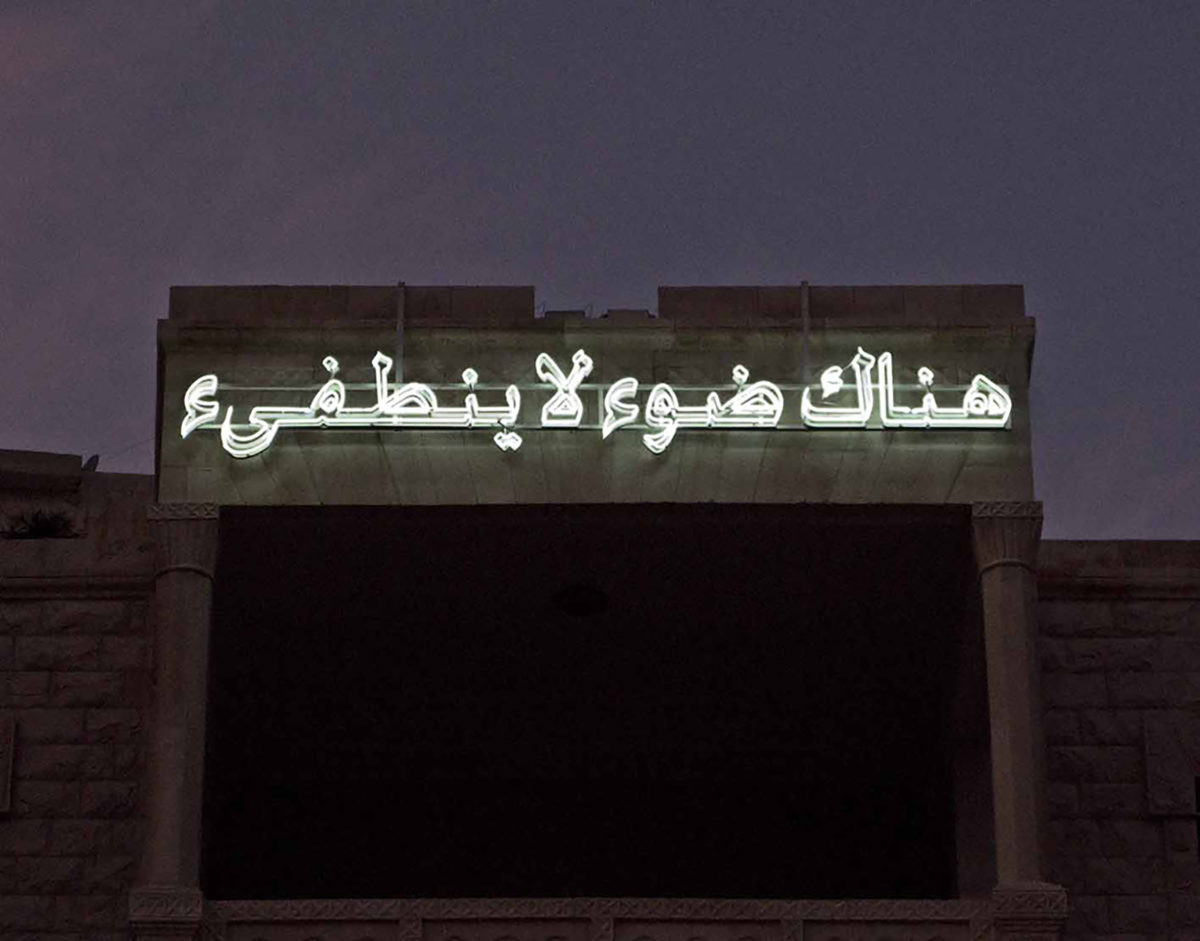
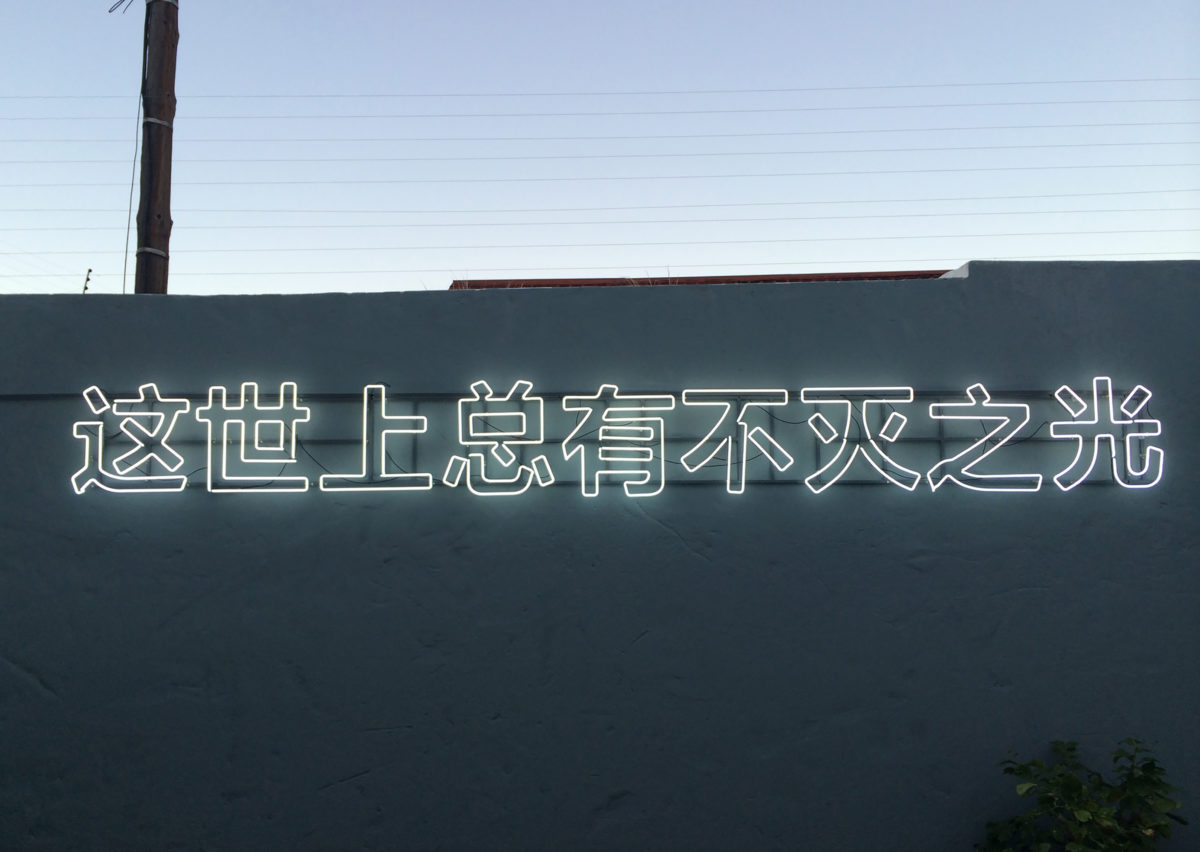
Néon blanc ; dimensions variables
Edition de 5 + 2 EA
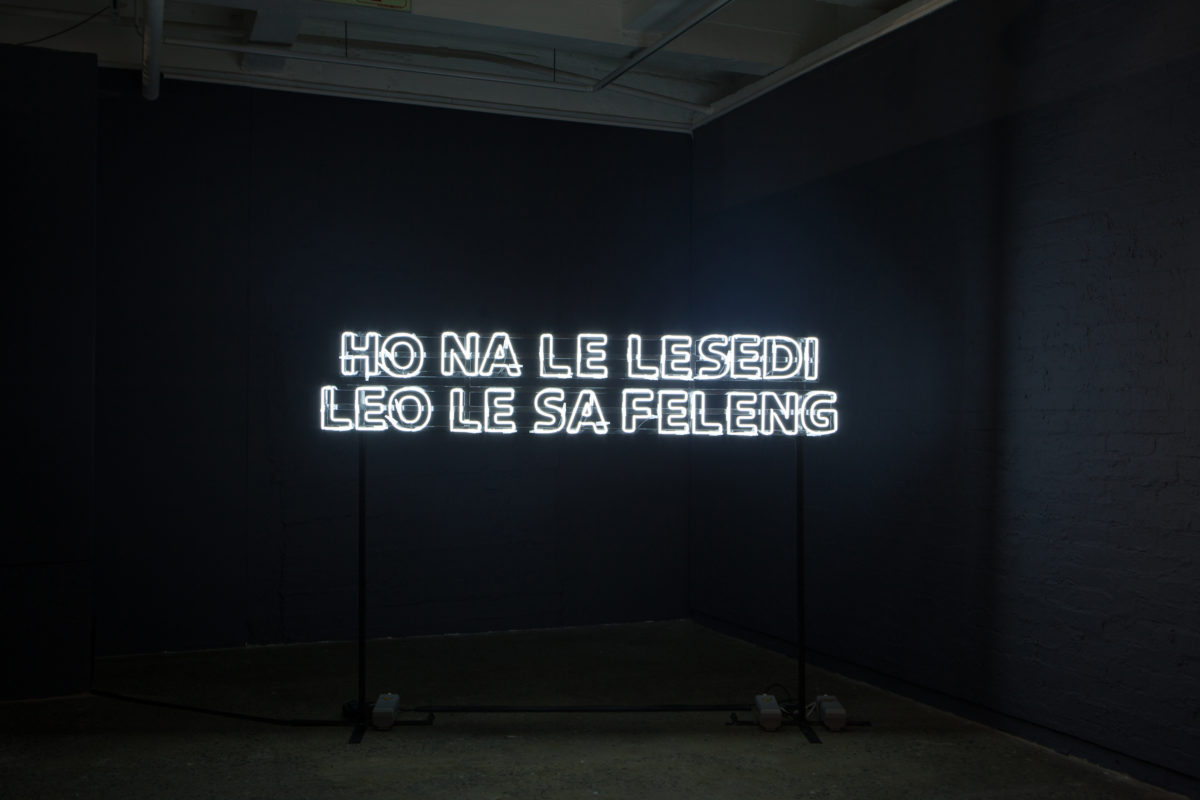
Néon blanc ; dimensions variables
Edition de 5 + 2 EA
Vue d’exposition : Wits Art Museum, Johannesbourg, 2016. Photo © Michael Tymbios
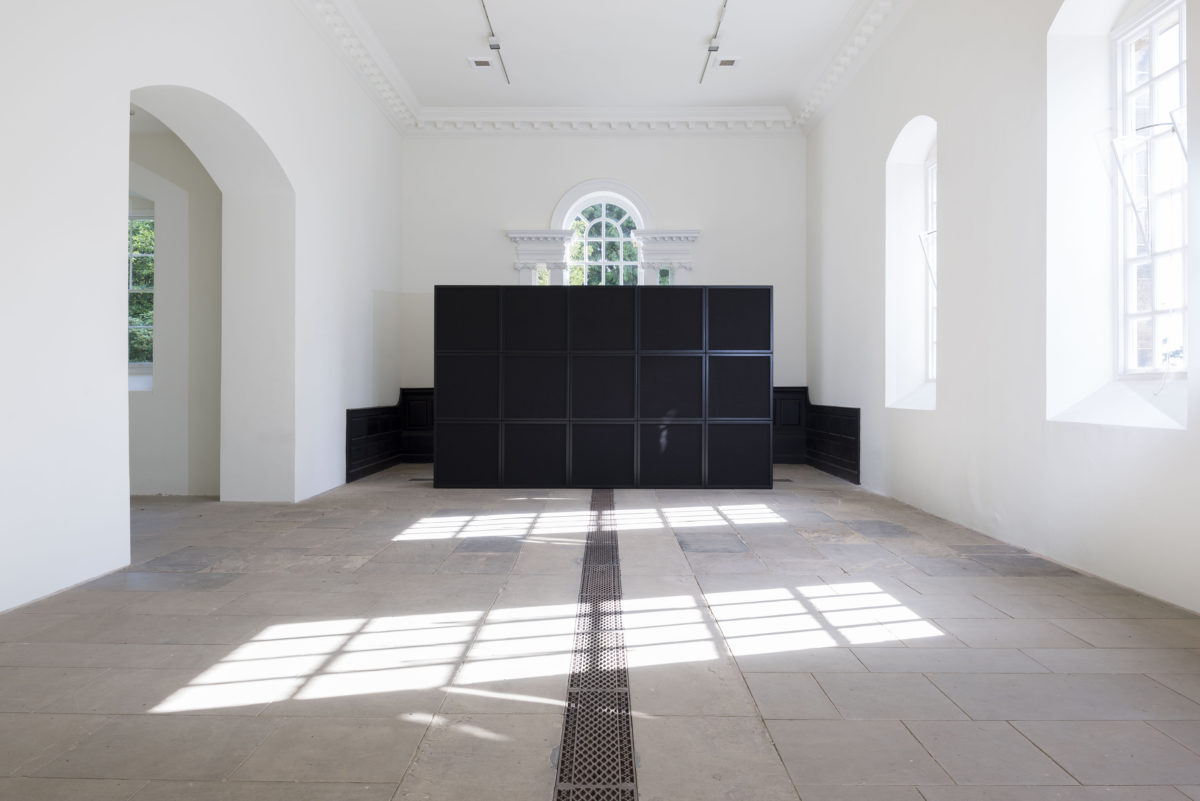
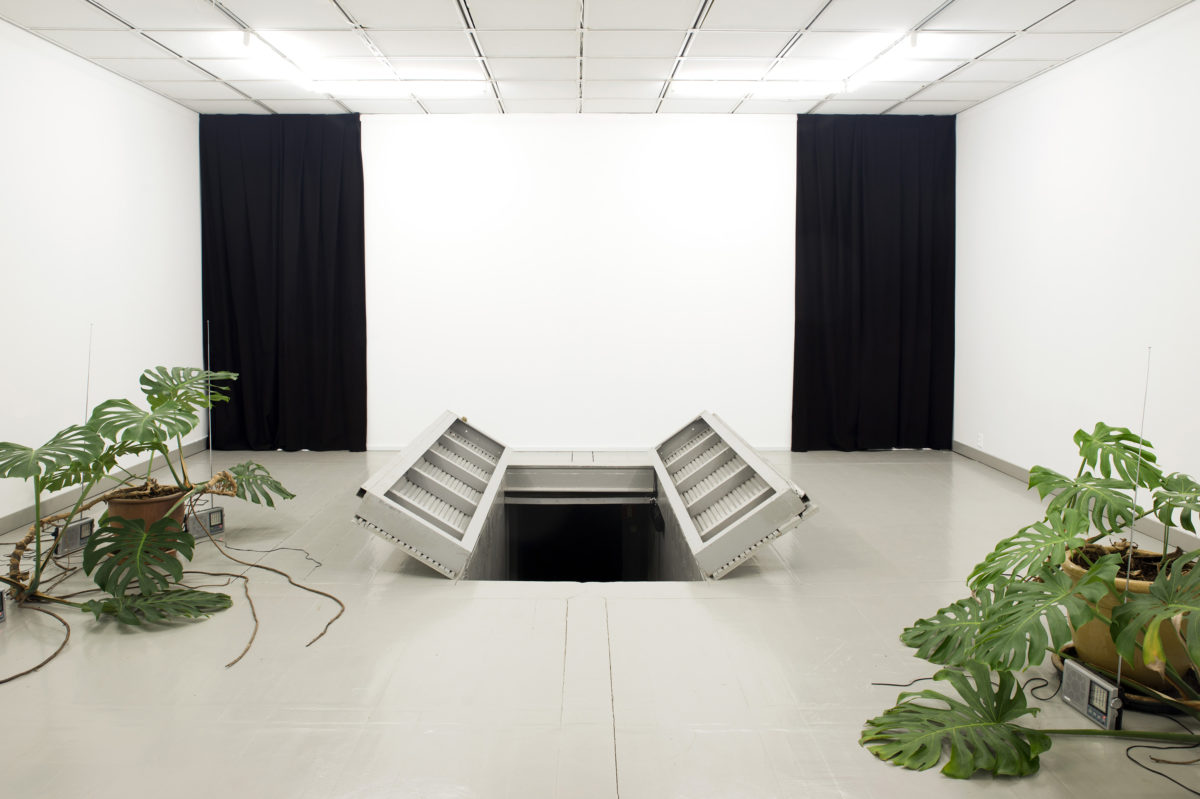

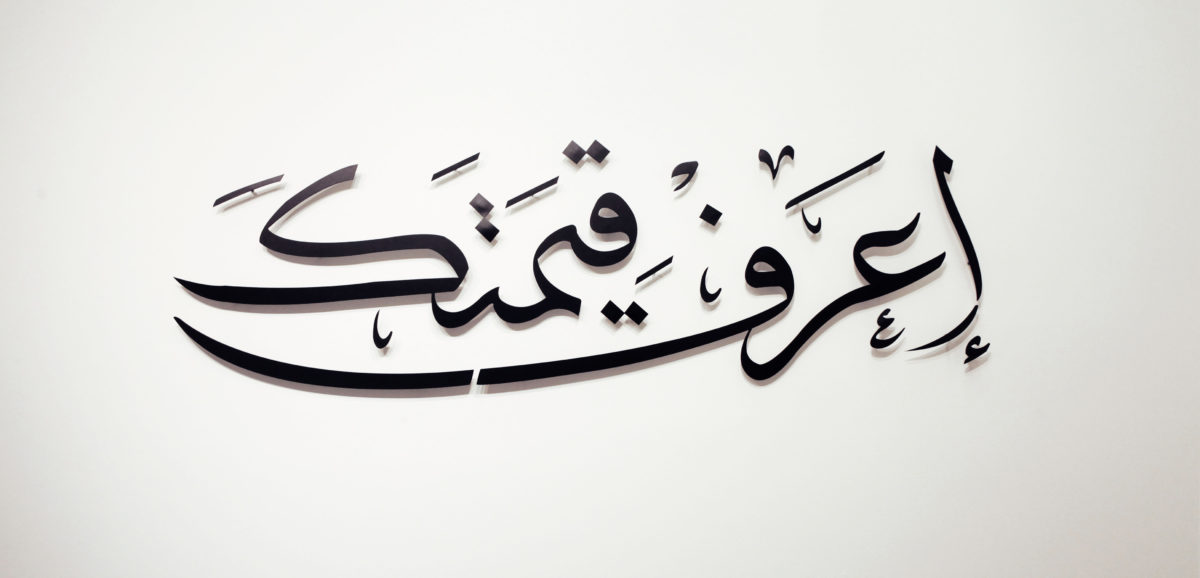
Black aluminum and steel threaded rods ; 46,4 x 151,5 x 3 cm
Edition of 5 + 1 AP
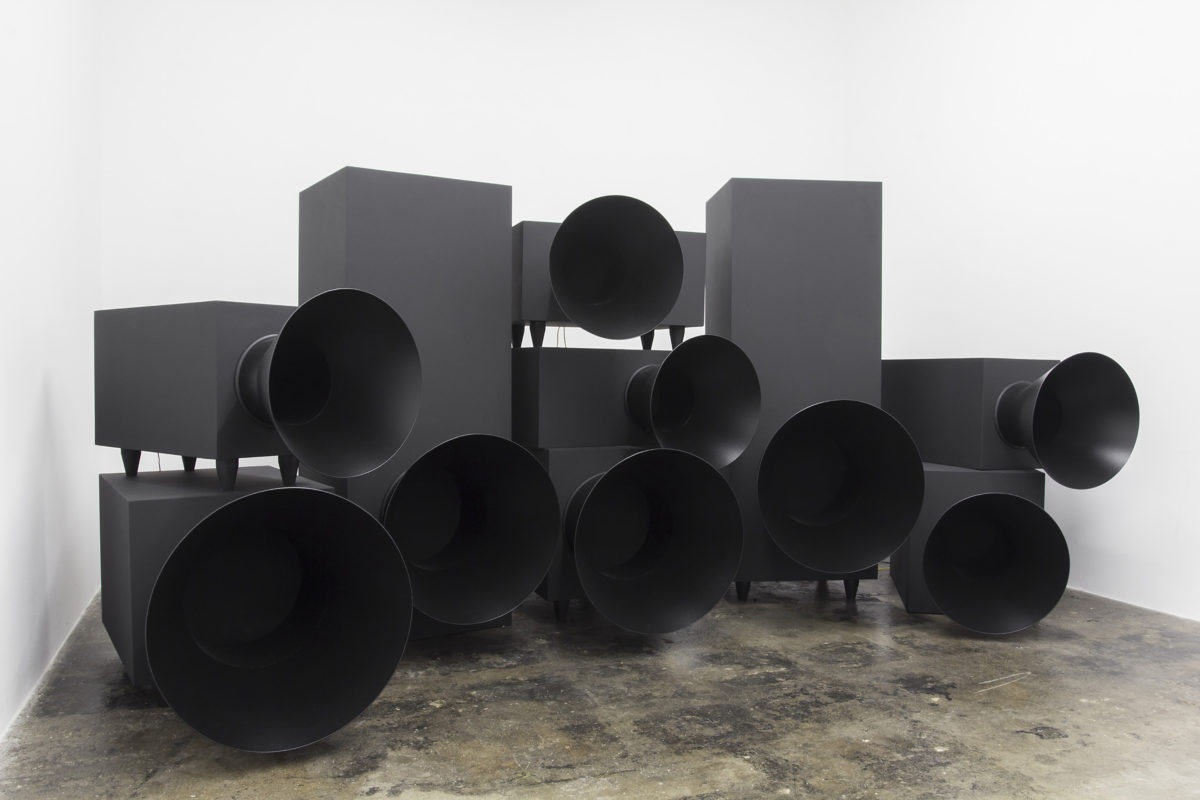
Variable dimensions, duration: 2 min 45 sec (looped)
Commissioned for Imaginary Fact, 2013 Biennale di Venezia. Photo © Kyle Morland

Audio guide, audio
17 min 52 sec
Commissioned by Skogskyrkogården, Stockholm
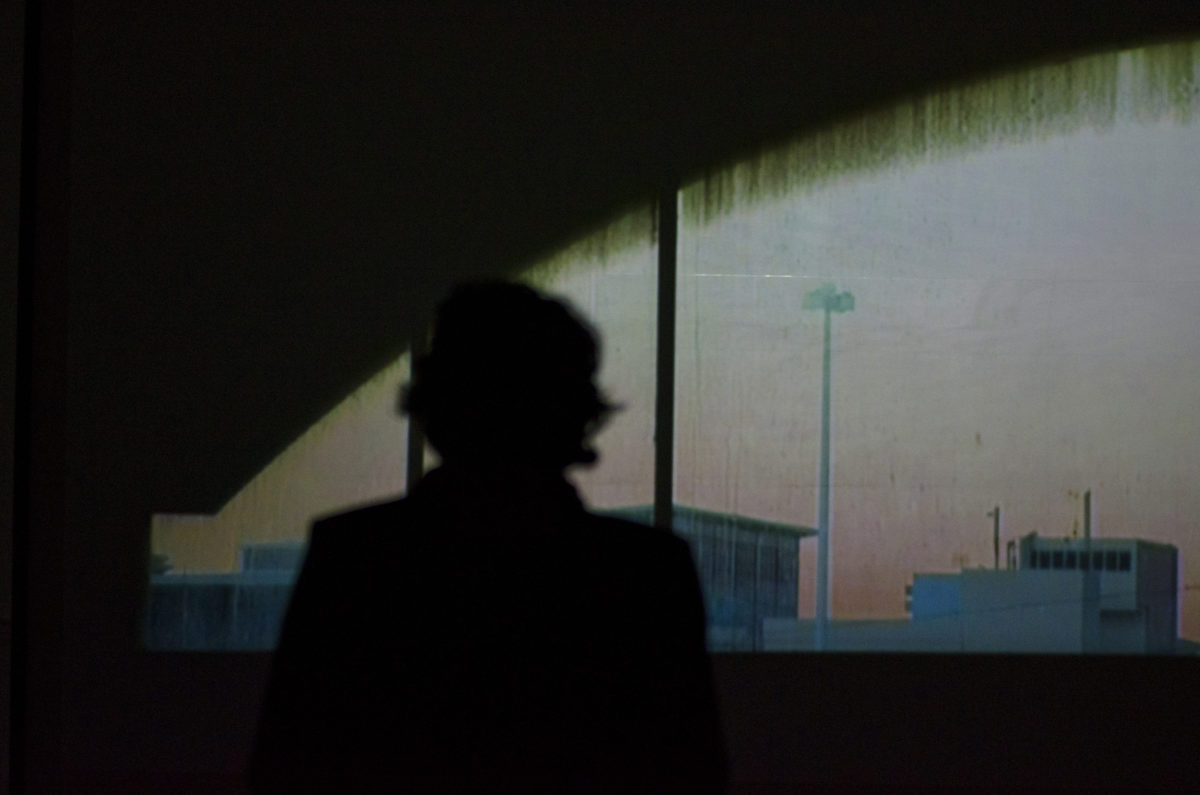
Video installation, sound ; variable dimensions; duration: 3 min (looped)
Edition of 5 + 2 AP
Photo © Paul Grose
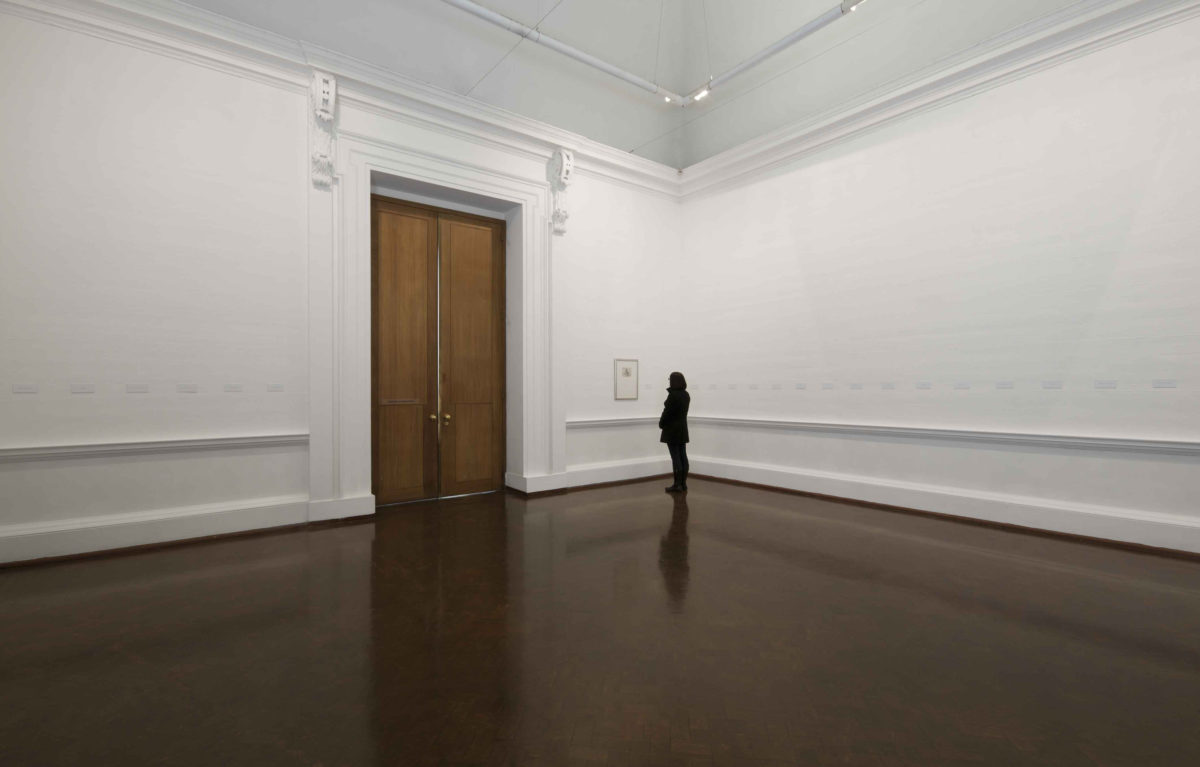
Series of 75 text cards copied from the labels of the Nagasaki Atomic Bomb Museum; variables dimensions
Edition of 3 + 1 AP

Sound installation: chaise longue, CD player, speakers, assorted wires, audio; 73 x 180 x 65 cm, duration: 39 min 47 sec (looped)
Edition of 3 + 1 AP
Installation view: MMXII, Johannesburg Art Gallery, 2012. Photo © Anthea Pokroy
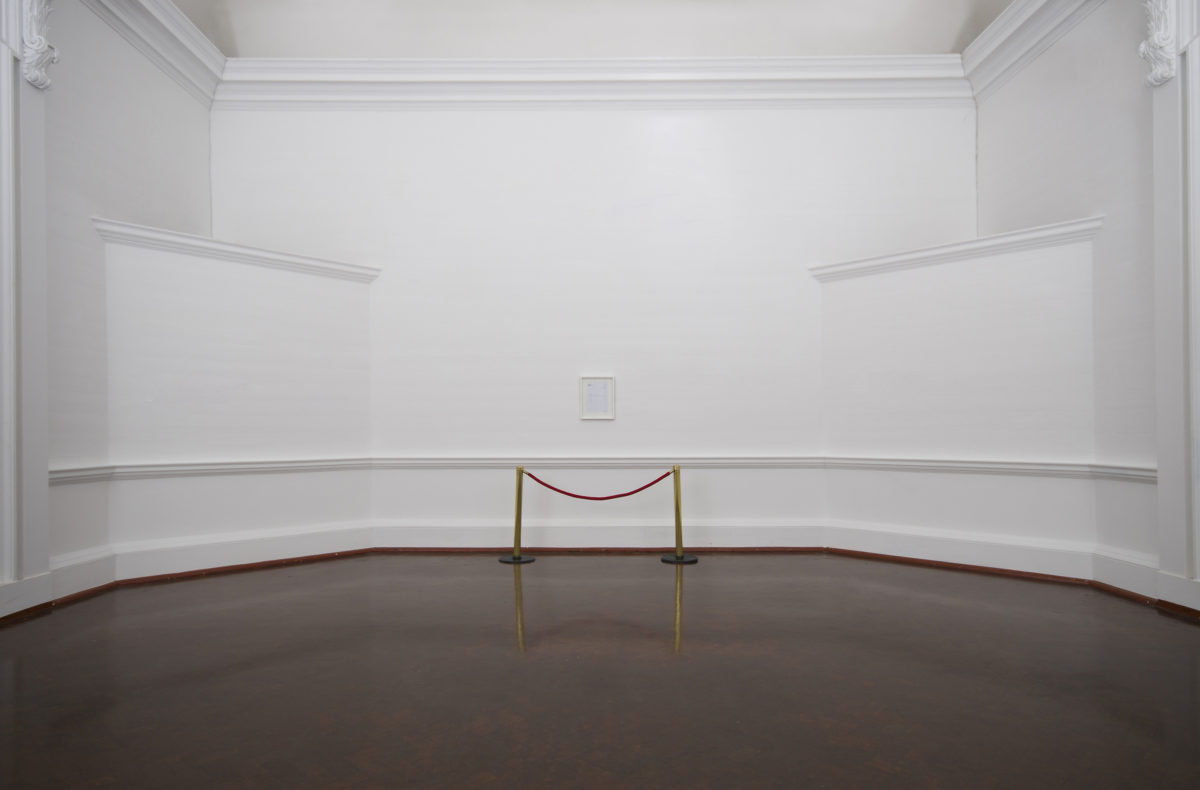
Sound installation: signed certificate, CD player, speakers, assorted wires, audio; 42 x 33 cm, duration: 30 sec (looped)
Unique
Installation view: MMXII, Johannesburg Art Gallery, 2012. Photo © Anthea Pokroy
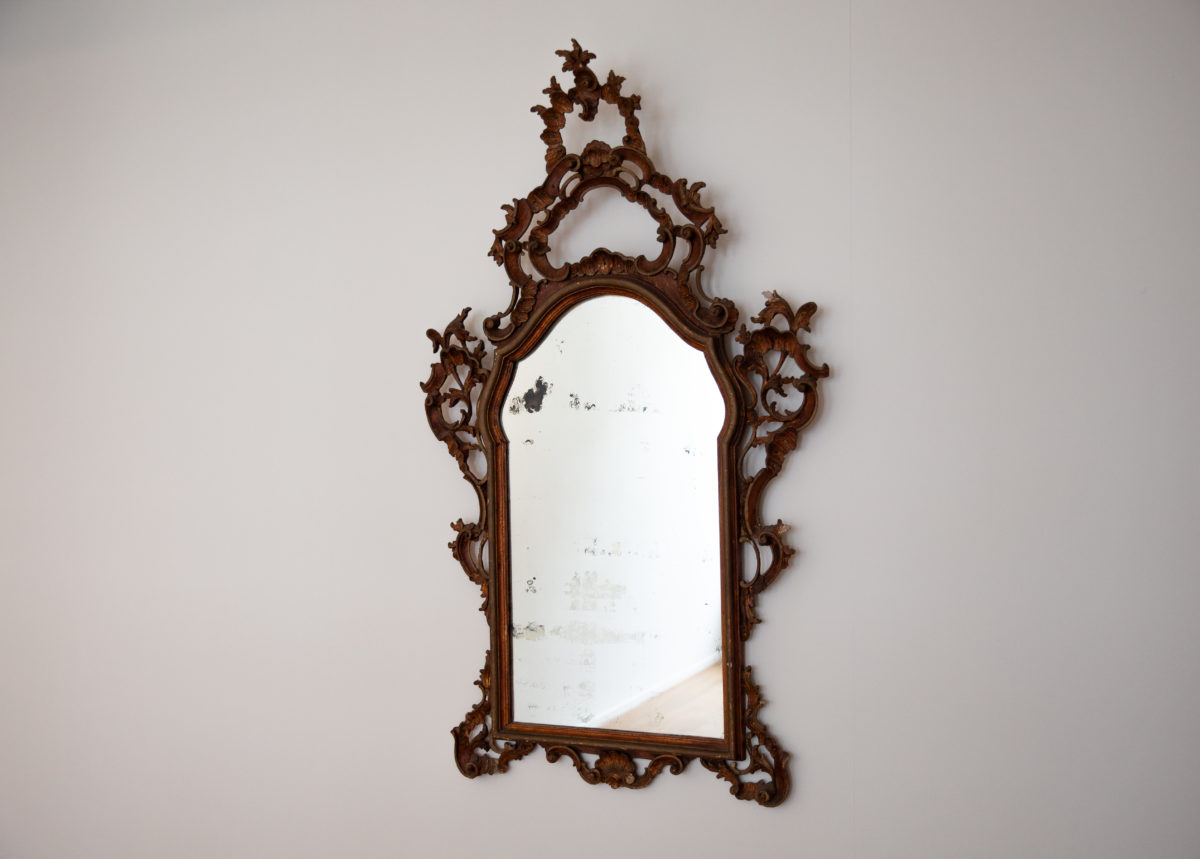

A Series of personal questions addressed to a photograph marked “F. Freiberg 1859” in the Foto Muuseum of Tallinn, 2017
A photograph marked “F. Freiberg 1859”, vitrine, speaker, amplifier, media player, audio
Variable dimensions
Installation view: Image Drain, Foto Muuseum of Tallinn, 2017. Photo © Sofia Ekström
In this ongoing series, the artist poses spoken questions to selected inanimate objects as if they were sentient beings able to respond. The installation takes the form of the presentation of the particular item, e.g. an antique Roman coin, and an audio speaker installed above where the audience would ideally be situated in relation to the object on display. The audio speaker broadcasts a series of questions written specifically for, and addressed to that chosen object. No answers are written, given, or suggested. Each question is left hanging, unanswered for approximately 10 seconds before the next question is posed. The effect is that the audience can look to the object for information, and possibly answer the questions internally themselves.
The artwork proposes that each object is more than the sum of its parts and what it represents, and that each object would have had its own unique set of experiences. The dynamics of the piece place the artist and audience in a position to learn from the object. The form of address seeks to honour the object and create a space for it to communicate in its own way. The questions − and the projected, internal answers of the audience − furthermore serve to complicate the piece, transforming the standard conditions of display, and opening up new interpretations, parallel histories, and conceptual possibilities.
Typically, the artwork features 50 to 100 questions. Each loop of the audio lasts approximately 20 to 30 minutes. There is no narrative beginning or ending in the audio, so the audience can enter the piece at any stage.
A Series of personal questions addressed to a photograph marked “F. Freiberg 1859” in the Foto Muuseum of Tallinn, 2017
A photograph marked “F. Freiberg 1859”, vitrine, speaker, amplifier, media player, audio
Variable dimensions
Installation view: Image Drain, Foto Muuseum of Tallinn, 2017. Photo © Sofia Ekström
In this ongoing series, the artist poses spoken questions to selected inanimate objects as if they were sentient beings able to respond. The installation takes the form of the presentation of the particular item, e.g. an antique Roman coin, and an audio speaker installed above where the audience would ideally be situated in relation to the object on display. The audio speaker broadcasts a series of questions written specifically for, and addressed to that chosen object. No answers are written, given, or suggested. Each question is left hanging, unanswered for approximately 10 seconds before the next question is posed. The effect is that the audience can look to the object for information, and possibly answer the questions internally themselves.
The artwork proposes that each object is more than the sum of its parts and what it represents, and that each object would have had its own unique set of experiences. The dynamics of the piece place the artist and audience in a position to learn from the object. The form of address seeks to honour the object and create a space for it to communicate in its own way. The questions − and the projected, internal answers of the audience − furthermore serve to complicate the piece, transforming the standard conditions of display, and opening up new interpretations, parallel histories, and conceptual possibilities.
Typically, the artwork features 50 to 100 questions. Each loop of the audio lasts approximately 20 to 30 minutes. There is no narrative beginning or ending in the audio, so the audience can enter the piece at any stage.
Prayer, 2000 – ongoing
Recordings, carpet, 12 speakers, assorted wires, audio
1600 x 400 cm, infinite duration
Installation views: Prayer (Chicago), Photo © Art Institute of Chicago
Installation views: Prayer (Johannesburg), Photo © Anthea Pokroy
Installation views: Prayer (Malmö)
Prayer is an ongoing project, remade around the world since its first presentation in Cape Town in 2000.
The work consists of recordings of prayer from individuals who belong to dozens of faiths and spiritual affinities in the host city. Listeners are invited to remove their shoes and walk the lenght of the carpet, composing their own arrangement of voices as they go, or to kneel or otherwise themselves next to a speaker to listen more closely to particular prayers.
Versions: Cape Town (2000), Huddersfield (2008), Bergen (2010), Stockholm, Nottingham (2010), København (2010), Birmingham (2011), Johannesburg (2012), Malmö (2015), Chicago (2018), …
There’s no place called home, 2004
Speaker, audio
Variable dimensions, infinite duration
Edition of 1 + 1 AP (each)
There’s no place called home is an ongoing series of site-specific public audio interventions involving sound recordings of foreign birdsongs broadcasted from loudspeakers concealed in local trees. It uses a contrasting and mixed audio soundtrack to appear as “real” and “lifelike” as possible.
Versions: Bad Homburg, New Orleans, Riga, Yorshire Sculpture Park, Mac Val (Vitry-sur-Seine), Udine, Malmö, Nantes, Bergen, etc.
“And for the first retrospective of the project, running since 2004, Webb changes this usual format and represents previous versions of the project by extracting a colour from the original photograph of the tree where a work was sited. By not pointing to the work – not saying it is here, this is what it is – by simply giving the name of the bird and the city where it appeared, Webb asks us to project into the space that exists in and around these encounters. The many things birds symbolise in various cultures, our personal experience of them, our scientific knowledge or simply our enthusiasm for watching murmurations or migrating flocks, might all become tools for working them out: be this a mating call or unanswered song, a sign of good or bad fortunes, a bird that we’ve unwittingly become host to, or a climate refugee.”
—Excerpt from the exhibition catalogue of The Normal, Talbot Rice Gallery, 2021, p. 54-55
There’s no place called home, Guangzhou
There’s no place called home, Regent’s Park, Londres
As Yet Untitled, 2021
Site-specific sound installation
Commissioned by the Norval Foundation, Cape Town
Curator: Khanya Mashabela
Software developer: Sean Devonport
Sculpture fabrication and installation: Mogamat Nawawie Mathews, Ashraf Shamsodien, Zain Amodien
Audio installation: Garth St.Clair-Laing, Gillian St.Clair-Laing, Duncan Stewart (AV Digital)
Studio assistant: Amber Moir
Research and compositional support: Hannah Lewis, Cara Stacey, Lina Kinning, Dylan Lopich, Michael Clemow
Obscured within the Cape Lowland Freshwater Wetland of Norval Foundation’s Sculpture Garden, As Yet Untitled’s physical presence is inconspicuous, with a utilitarian visual language reminiscent of scientific apparatus and municipal infrastructure. The sounds are produced in response to the astronomical phenomena taking place in the skies above the Foundation, controlled by software which has been specifically programmed for this purpose. Sound waves swell into brief crescendos, in sync with the rise, culmination, and setting of the sun, moon, planets, star clusters, and galaxies. These tones and crackles of static resonate through specialised transducer speakers that cause the sculpture’s structure to vibrate with sound. Arranged not by a composer, but by the rhythms of nature itself.
Webb subverts the scientific and cultural associations commonly assigned to celestial bodies in the West and its former colonies, laying bare the constructed nature of our relationship with space, which we take for granted. The title refers to this mediated relationship. Consider that Jupiter, Mars, Venus, and the rest of our solar system have existed for 4.5 billion years before Greek mythology could name, gender and narrate their histories, and will likely exist for billions of years to come. As Yet Untitled makes its audience conscious of their specific location in time and space. This awareness extends beyond the expanse of space, to the minutiae of the garden’s flora and fauna. The installation offers an immersive and meditative experience: the sway of the reeds in the wind, the clicking of the leopard toads, the trickle of rainwater into the vlei, are all caught in the sonic web of the work.
This is where I leave you, 2020
This is where I leave you (Mary of shipwrecks. Terms of surrender), 2020
This is where I leave you (Most humble, most perfect. Offering diamonds for food. A leather hat cooked), 2020
This is where I leave you (Radiant guide. Equanimity in the harsh storm), 2020
This is where I leave you (A map of the heavens; manmade, fallible. A tower of celestial Babel), 2020
This is where I leave you (Madonna of the suffering. The origin of the universe), 2020
This is where I leave you (Mother of the lost; the one who hears the cries of the world), 2020
Glass, wood, found objects
Various dimensions
Found objects serving as placeholders in a retelling of the story of the Nossa Senhora dos Milagros shipwreck encased in vitrines made of fluted glass.
Exhbition views: What Fresh Hell is This, blank projects, 2020
The 1686 shipwreck of the Nossa Senhora dos Milagros along the Cape Agulhas coast was an important moment in the history of religion in South Africa. Amongst the many people on board were three French Catholic priests from the court of King Louis XIV sent to South East Asia to, among other things, study the astronomy of the region. Also on board were a group of Siamese Buddhist monks and an ambassador to King Narai the Great en route to Portugal as guests to Don Pedro II. This accident brought Catholicism and Buddhism into contact with the recently colonised, Lutheran Cape: a twist of fate that would have bizarre and poetic consequences.
The effect of the fluted glass on our view of the objects appears to fragment and divide them; the static pieces looks to be vibrating, or even radiating. The glass becomes a lens as well as a veil that disconnects, obscures and mystifies: the unity of the recognised form remains out of reach. The choice of found objects relates to how the artist imagines and reimagines the scenario of the story: the objects are sites for projection and interpretation, and are here presented as being in a shimmering state.
A series of personal questions addressed to 5 litres of Nigerian crude oil, 2020
Crude oil, glass box, speaker, audio
Variable dimensions, duration: 25 min 04 sec
Edition of 1 + 1 AP
Voice: Brendon Daniels
Installation views: What Fresh Hell is This, blank projects, 2020
In this ongoing series, the artist poses spoken questions to selected inanimate objects as if they were sentient beings able to respond. The installation takes the form of the presentation of the particular item, e.g. an antique Roman coin, and an audio speaker installed above where the audience would ideally be situated in relation to the object on display. The audio speaker broadcasts a series of questions written specifically for, and addressed to that chosen object. No answers are written, given, or suggested. Each question is left hanging, unanswered for approximately 10 seconds before the next question is posed. The effect is that the audience can look to the object for information, and possibly answer the questions internally themselves.
The artwork proposes that each object is more than the sum of its parts and what it represents, and that each object would have had its own unique set of experiences. The dynamics of the piece place the artist and audience in a position to learn from the object. The form of address seeks to honour the object and create a space for it to communicate in its own way. The questions − and the projected, internal answers of the audience − furthermore serve to complicate the piece, transforming the standard conditions of display, and opening up new interpretations, parallel histories, and conceptual possibilities.
Selected questions:
How old are you?
What was your original form?
Where is home for you?
What identities and interpretations have been forced upon you? What do you remember of prehistoric sunlight? If you were to be refined, you would exit the atmosphere in a new form. What are your feelings about this? What can you tell us about the underworld?
At what stage will we become like you?
Whose desire for you was more than you could satisfy?
What were you doing when the Tower of Babel fell?
How do you suggest we mourn modernity?
A series of personal questions adressed to a set of Rorschach Psychodiagnostic plates, 2018
Set of Rorschach Psychodiagnostic plates, speaker, amplifier, media player, audio
10 plates: 17.7 x 24.5 cm (each), box: 25.5 x 19 cm, installation: 18 x 273 cm and 26.7 x 19 cm; Duration: 30 min 39 sec
Unique
Voice: Cedric Leherle
Exhibition views: James Webb: Choose the Universe, Imane Farès, Paris, 2019. Photo © Tadzio
In this ongoing series, the artist poses spoken questions to selected inanimate objects as if they were sentient beings able to respond. The installation takes the form of the presentation of the particular item, e.g. an antique Roman coin, and an audio speaker installed above where the audience would ideally be situated in relation to the object on display. The audio speaker broadcasts a series of questions written specifically for, and addressed to that chosen object. No answers are written, given, or suggested. Each question is left hanging, unanswered for approximately 10 seconds before the next question is posed. The effect is that the audience can look to the object for information, and possibly answer the questions internally themselves.
The artwork proposes that each object is more than the sum of its parts and what it represents, and that each object would have had its own unique set of experiences. The dynamics of the piece place the artist and audience in a position to learn from the object. The form of address seeks to honour the object and create a space for it to communicate in its own way. The questions − and the projected, internal answers of the audience − furthermore serve to complicate the piece, transforming the standard conditions of display, and opening up new interpretations, parallel histories, and conceptual possibilities.
Typically, the artwork features 50 to 100 questions. Each loop of the audio lasts approximately 20 to 30 minutes. There is no narrative beginning or ending in the audio, so the audience can enter the piece at any stage.
Some of the questions:
What can you see that we can’t yet grasp?
How have you been misinterpreted in the past?
What unfinished business can we help you with?
Where have we lost our way?
What memories do you hold dear?
What were your handlers guarding against?
A series of personal questions addressed to a Roman Coin, 2019
Silver Denarius minted in Rome in 70AD, speaker, amplifier, media player, audio
1,7 cm diam. (coin) 145 x 30 x 30 cm (display case); Duration: 29 min 59 sec
Unique
Voice: Sylvaine Strike
Exhibition views: James Webb: Choose the Universe, Imane Farès, Paris, 2019. Photo © Tadzio
Dans cette série d’œuvres en cours, l’artiste présente à l’oral des questions à des objets inanimés qu’il a sélectionné, comme s’il s’agissait d’êtres sensibles capables de répondre. L’installation prend la forme d’une mise en scène de l’objet en question, par exemple une pièce de monnaie romaine antique, et d’un haut-parleur installé au-dessus de l’endroit où le public est idéalement situé par rapport à l’objet exposé. Le haut-parleur diffuse une série de questions écrites spécialement pour l’objet choisi et adressées à celui-ci. Aucune réponse n’est écrite, donnée ou suggérée. Chaque question est laissée en suspens, sans réponse, pendant environ 10 secondes avant que la question suivante ne soit posée. L’effet obtenu est que le public peut se tourner vers l’objet pour obtenir des informations, et éventuellement répondre lui-même aux questions en interne.
L’œuvre suggère que chaque objet est plus que la somme de ses parties et de ce qu’il représente, et que chaque objet aurait eu son propre lot d’expériences particulières. La dynamique de l’œuvre place l’artiste et le public en position de tirer des enseignements de l’objet. La forme de l’adresse cherche à faire honneur à l’objet et à créer un espace lui permettant de communiquer à sa manière. Les questions – et les réponses internes projetées par le public – servent en outre à complexifier l’œuvre, à transformer les conditions standard d’exposition et à ouvrir de nouvelles interprétations, des histoires parallèles et des possibilités conceptuelles.
Quelques-unes de ces questions:
What are your memories of the earth’s crust?
Of the rock?
Of the ore?
What recollections do you have from the time before you were marked with another’s face?
In your heyday, what kind of lifestyle did you grow accustom to?
Which exchange felt right?
You were bought on eBay for the equivalent of 18 takeaway cappuccinos at Dubai airport; how does this make you feel?
What can you tell us about the now extinct Silphium plant that was “worth its weight in Denarii” for its extraordinary powers?
What advice can you give to the Euro? What happened when you were not enough?
A Series of personal questions addressed to a photograph marked “F. Freiberg 1859” in the Foto Muuseum of Tallinn, 2017
A photograph marked “F. Freiberg 1859”, vitrine, speaker, amplifier, media player, audio
Variable dimensions
Installation view: Image Drain, Foto Muuseum of Tallinn, 2017. Photo © Sofia Ekström
In this ongoing series, the artist poses spoken questions to selected inanimate objects as if they were sentient beings able to respond. The installation takes the form of the presentation of the particular item, e.g. an antique Roman coin, and an audio speaker installed above where the audience would ideally be situated in relation to the object on display. The audio speaker broadcasts a series of questions written specifically for, and addressed to that chosen object. No answers are written, given, or suggested. Each question is left hanging, unanswered for approximately 10 seconds before the next question is posed. The effect is that the audience can look to the object for information, and possibly answer the questions internally themselves.
The artwork proposes that each object is more than the sum of its parts and what it represents, and that each object would have had its own unique set of experiences. The dynamics of the piece place the artist and audience in a position to learn from the object. The form of address seeks to honour the object and create a space for it to communicate in its own way. The questions − and the projected, internal answers of the audience − furthermore serve to complicate the piece, transforming the standard conditions of display, and opening up new interpretations, parallel histories, and conceptual possibilities.
Typically, the artwork features 50 to 100 questions. Each loop of the audio lasts approximately 20 to 30 minutes. There is no narrative beginning or ending in the audio, so the audience can enter the piece at any stage.
Friends of friends, 2018
Framed Miró silkscreeen, planter with plastic plants
208 x 108 x 85 cm (installation), 70 x 50 cm (framed silkscreen)
Unique
Installation views: James Webb, Choose the Universe, Imane Farès, Paris, 2019. Photo © Tadzio
In Friends of friends, a Joan Miró silkscreen is hung on the wall and partially concealed by an arrangement of artificial plants. Each a reproduction of an original, both were found in the Sweet Lorain thrift store in Cleveland, Ohio while the artist was on residence at the SPACES gallery. Investigating concepts pertaining to community as well as disorientation, and sensing a chemistry between the two objects, the artist sought to initiate a “blind date” by bringing them together in an ambiguous manner. The title refers to the occasionally tenuous connection between people who are linked only by a mutual friend.
Invisibilia, 2018
Plaster statue, transducer speaker, amplifier, media player, audio
123 x 31 x 26 cm (sculpture), 40 x 40 x 40 cm (plinth), duration: 59 min 21 sec (looped)
Unique
Installation view: James Webb, Choose the Universe, Imane Farès, Paris, 2019. Photo © Tadzio
In Invisibilia, a statue of the Madonna and Child vibrates to the recorded electromagnetism of the Aurora Borealis.
Found by the artist in an antique store during a residency in Cleveland, Ohio, the remarkable statue’s faded and damaged condition spoke strongly to its spiritual and social message. In placing the statue facing the wall − like a Zen meditation pose − the work reveals a sense of privacy and intimacy; the protection of a mother guarding her child. A transducer speaker is placed on the chest of the Madonna in the same bodily location as the heart depicted on Jesus’s chest. Through this speaker, the sound activates the materiality of the sculpture, turning the plaster statue into a resonating chamber. This combination of ionospheric transmissions and the weathered statue of the Madonna and Child call to mind ideas of resilience and gentleness, and humility in the face of endless mystery.
I do not live in this world alone, but in a thousand worlds (Dreams of Franz Kafka), 2018
30 dreams excerpted from Franz Kafka’s Diaries written on soluble paper, dissolved in water, and presented in 30 glass vials (found objects)
Various dimensions
Unique
Installation views: James Webb, Choose the Universe, Imane Farès, Paris, 2019. Photo © Tadzio
I do not live in this world alone, but in a thousand worlds is a series of selected texts presented by the artist as philosophical medicines and poetic potions.
Each work is exhibited as an installation of glass vials, with each vial containing the liquid residue of a text that has been transcribed with ink on soluble paper and dissolved in water. Through this process the ink stains the water, and the water converts the paper to a thin, soft pulp, allowing for the initial page of writing to become a liquid solution. Committed to water, the text gains the possibility of entering the body through the mouth, in the style of a psychoactive drug or elixir. In this way, the words can be subsumed by the body, with the drinker able to possess and embody it, and be influenced from the inside. Dissolved, the ideas and images contained in the text have the agency to seep, stain, and spill. These transmuted texts, or ‘drowned anthologies’, oppose the idea of the permanence of the written record – whether on paper or in stone – and their transitory nature allows them the potential to shift and undergo subtle changes over time, so that the artwork is in a constant state of flux.
Each version of this artwork is unique in an evolving series.
I do not live in this world alone, but in a thousand worlds (13 Views of the Moon), 2018
13 texts written on soluble paper, dissolved in water, and presented in 13 glass vials (found objects)
Various dimensions
Unique
I do not live in this world alone, but in a thousand worlds is a series of selected texts presented by the artist as philosophical medicines and poetic potions.
Each work is exhibited as an installation of glass vials, with each vial containing the liquid residue of a text that has been transcribed with ink on soluble paper and dissolved in water. Through this process the ink stains the water, and the water converts the paper to a thin, soft pulp, allowing for the initial page of writing to become a liquid solution. Committed to water, the text gains the possibility of entering the body through the mouth, in the style of a psychoactive drug or elixir. In this way, the words can be subsumed by the body, with the drinker able to possess and embody it, and be influenced from the inside. Dissolved, the ideas and images contained in the text have the agency to seep, stain, and spill. These transmuted texts, or ‘drowned anthologies’, oppose the idea of the permanence of the written record – whether on paper or in stone – and their transitory nature allows them the potential to shift and undergo subtle changes over time, so that the artwork is in a constant state of flux.
Each version of this artwork is unique in an evolving series.
I do not live in this world alone, but in a thousand worlds (Jabra Ibrahim Jabra), 2018
In The Deserts of Exile by Jabra Ibrahim Jabra written on soluble paper, dissolved in water, and presented in one glass vial (found object)
Various dimensions
Unique
I do not live in this world alone, but in a thousand worlds is a series of selected texts presented by the artist as philosophical medicines and poetic potions.
Each work is exhibited as an installation of glass vials, with each vial containing the liquid residue of a text that has been transcribed with ink on soluble paper and dissolved in water. Through this process the ink stains the water, and the water converts the paper to a thin, soft pulp, allowing for the initial page of writing to become a liquid solution. Committed to water, the text gains the possibility of entering the body through the mouth, in the style of a psychoactive drug or elixir. In this way, the words can be subsumed by the body, with the drinker able to possess and embody it, and be influenced from the inside. Dissolved, the ideas and images contained in the text have the agency to seep, stain, and spill.
These transmuted texts, or ‘drowned anthologies’, oppose the idea of the permanence of the written record – whether on paper or in stone – and their transitory nature allows them the potential to shift and undergo subtle changes over time, so that the artwork is in a constant state of flux.
Each version of this artwork is unique in an evolving series.
Three dreams of the sinking world, 2015-2018
Multi-channel video and sound installation
Durations: 6 min 49 sec, 2 min 13 sec, 3 min 54 sec looped, 50 min (audio)
Edition of 3 + 1 AP
Installation views: POOL, Johannesburg, 2019. Photo © Anthea Pokroy
Three dreams of the sinking world is a filmic meditation on the former Carlton Hotel in downtown Johannesburg. An icon of wealth and luxury when it was built in the 1960s, and a symbol of Johannesburg’s modern global aspirations during the height of Apartheid, the hotel was never financially successful and was finally closed in the 1990s. The building remains closed, in a state of suspension, while the city around it has changed. The artwork consists of a sound installation and a five channel film installation of footage taken inside the hotel in 2015 and 2018.
For the artwork’s Johannesburg debut at POOL, commissioned narrative responses were recorded and voiced by Lindiwe Matshikiza and relayed via radio headphones in the exhibition space.
These responses were realised by poet, Khanya Mashabela; scholar and critic, Athi Mongezeleli Joja; and curator and writer, Mika Conradie.
These pieces allow for an expanded reading of the Carlton Hotel, awaking the suspended character, history and psychology of the building through narrative, personal accounts and political theory.
All that is unknown, 2016
Variable dimensions, duration infinite
Dual monophonic sound installation, speakers, media players, assorted wires, audio
Edition of 3 + 1 AP
Installation view: Ecstatic Interference, blank projects, 2016. Photo © Kyle Morland
In All That Is Unknown, a stereo array of speakers pulsate with audio recordings of two individual human heartbeats; one per speaker.
The naked speaker cones face each other but are separated by the dimensions of the room. Referencing signs of life, the pair throb incessantly at the threshold of audibility within the general ambience of the exhibition site; their rhythms phasing in and out with each other like a hushed call and response. The audio is only accessible to the audience by listening closely or by touching the speakers to register the vibrations therein.
A multi-dimensional reading of the Théâtre Graslin, commissioned for the 2016 Le Voyage à Nantes festival, and curated by David Moinard.
In 2016, Webb was commissioned to respond to the Théâtre Graslin, an 18th-century opera house in the French city of Nantes. Temporarily unnerved by the scale and history of the site, Webb describes himself staring at the façade, asking himself, “What do you see?” What he saw was eight muses standing atop the line of columns; the ninth was missing. And so, his quest was defined.
Webb chose to honour the invitation by acting as arch-medium, summoning the actual politicians, artists, designers and imagined ghosts of patrons who have left their spectral traces in the building’s fabric. One example is the gesamtkunstwerk spirit of the architect Mathurin Crucy, whose vision for both this building and the city that hosts it means the structure is sited and sighted: if you stand on the stage and look out across the auditorium, with all the doors open, you have a clear sightline to the square beyond. The auditorium echoes the shape of the square and telescopes its conceptual lines of site to the Royal Gardens, then the Loire River, then the sea and, finally, the stars. Of the four séances Webb arranged as part of his reading of the structure, two – one with Crucy and another with artist Hippolyte Bertaux, who is responsible for the painted dome and trompe-l’oeil cloak of god Momus that swoops across the lip of the cupola in silken sheet metal − allude to the personal mythologies they invested in their creative schemas.
The specialists included Xavier Fouquet (architect), Christine Gross (theatre historian), Régis Vasseur (technical director of the Théâtre Graslin), Daniel Dumoulin (psychologist), Stephane Barbreau (psychic medium), and Bernard Duchatelle (astrologer).
Liszt’s “Wilde Jag” performed by Coila-Leah Enderstein.
Operatic aria sung by Athenkosi Hoyi and Xolane Marman.
Orchestral recordings of the Stellenbosch University Student Orchestra recorded by Gerhard Roux.
Principle voice recordings by Dave Langemann.
There is a light that never goes out (Arabic version), 2010
White neon
89 x 394 cm
Edition of 5 + 2 AP
There is a light that never goes out is an ongoing series of neon text works in which the title of the 1986 song by The Smiths is translated into selected languages. Fabricated in neon, the evocative lyric is transformed from its musical reference into a visual sign that conjures open-ended cultural and site-specific associations.
The original version of the artwork was commissioned for “Sentences On The Banks And Other Activities,” curated by Abdellah Karroum for the façade of Dar Khalid at the Darat al Funun in Amman, Jordan in 2010. This version is now a permanent installation on site.
Untitled (with the sound of its own making), 2016
Multi-channel sound installation: custom-built speaker boxes, speakers, media player, solar panels, assorted wires, audio
300 x 500 x 100 cm; duration: 18 min 13 sec
Edition of 2 + 1 AP
Installation view: Yorkshire Sculpture Park, Wakefield, 2016. Photo © Jonty Wilde
In Untitled (with the sound of its own making), a solar-powered, multi-channel loudspeaker system broadcasts audio recordings of hands beating on doors.
The artist worked with various drummers who used their hands to activate doors as a sonic material, conceptually evoking images of access, escape, and agency. The audio is housed in a monolithic loudspeaker stack made up of fifteen black cubes, and is solar-powered to allow the artwork to run constantly and be independent from the municipal grid. The title alludes to Robert Morris’s seminal Box with the Sound of its own Making (1961), and is here reconsidered as an undefined state with the sound of its own becoming.
Participating drummers: Adrian Langeveld, Barry van Zyl, Bronwen Clacherty, Caitlin Mkhasibe, Jason Jardim, Ross Campbell, Thokozani Mhlambi, and William Mosima.
Speaker box design and construction: Brett Netherton (Cape Town) and Nobby Stephens (Wakefield).
Threnody, 2016
Monophonic sound installation, Audio Spotlight 24i Holosonic speaker, audio 100 cm (diam.) duration: 2 min 59 sec
Edition of 3 + 1 AP
Installation views: Hope is a Good Swimmer, Galerie Imane Farès, Paris, 2017. Photo © Tadzio
In Threnody, Paul McCartney’s vocal take for the song “Helter Skelter“ (The Beatles, 1968) was isolated and then reversed so as to create a backwards speech adrift from its proto-heavy metal musical accompaniment. This sonic artefact was scrutinised and used as the guide track for the vocalist Zami Mdingi to emulate. The artist worked with Mdingi, and ethnomusicologist, Cara Stacey, to transcribe the inverted melodies and lyrics − occasionally reimagining the new words in an isiXhosa framework for Mdingi to phonetically articulate and sing live. The recorded result unveiled itself as a glossolalic lamentation, quite different from the tumultuousness suggested in the “forwards” version and in stark contrast to the original’s racist associations infused by Charles Manson.
The artwork is staged to reference a solar eclipse visually with the audio broadcast from speakers concealed behind a back-lit, black circle in a darkened room.
This is my voice, but these are not my words, 2015
Installation view: Hordaland Kunstsenter, Bergen, 2015. Photo © Bjørn Mortensen
Two writers were individually given the same private dossier of visual images pertaining to the site, and asked to respond to them with a series of associative, literary “visions” for an actor to voice. The whispered voice is broadcast from a hyper-directional speaker in a darkened cellar underneath a gallery that’s only accessible through a trapdoor. The directionality of the speaker means that for it to be audible it requires a surface for the sound to make contact with. In this case it is the bodies of the audience, and the recorded voice appears to be right in front of them, emerging from the blackness.
Commissioned writers: Amy Jephta, Louis Viljoen
Voice: Rebecca Makin-Taylor
Imaginary Appetites, 2015
Installation view: Hordaland Kunstsenter, Bergen, 2015. Photo © Bjørn Mortensen
In Imaginary Appetites, seven small radios were modified so as to never settle on any station but instead scan continuously through the electromagnetic sphere. These machines were placed in and around two large Monstera deliciosa plants that were formerly used as decorations in the permanent display of Chinese artefacts at the KODE Museums of Bergen. The plants had been witnesses to the 2010 and 2013 robberies of items from the China Collection exhibit donated to the museum by Johan Wilhelm Normann Menthe.
During the robbery, the CCTV footage did not manage to capture the faces of the robbers, but, based on the recorded footage, it is clear that the plants were in close proximity to the perpetrators.
The artwork’s title is a quotation from Karl Marx’s 1844 text “Human Requirements and Division of Labour Under the Rule of Private Property”.
Al Madat, 2014
Four monitor speakers, black tripods, four Karachi carpets, DVD player, audio
700 x 700 cm (carpets); Duration: 16 min 32 sec
Edition of 3 + 1 AP
Installation view: Hordaland Kunstsenter, Bergen, 2015. Photo © Bjørn Mortensen
Al Madat comprises a recording of a Sufi dhikr undertaken by patients at the Sultan Bahu Rehab Centre in Westridge, Mitchells Plain, played from speakers mounted on tripods surrounding and projecting onto an arrangement of four carpets.
Dhikr (literally, “remembrance”) is a traditional Islamic recitation in which sacred names are chanted with special breathing techniques, often creating trance-like effects. This practice was brought to the Cape with the Malay slaves, and is now used by the rehabilitation centre as an augmentation to the curative process. “Al Madat,” the specific dhikr used for this installation, translates as “help,” and is here used to implore the Prophet for assistance. This project grew out of Prayer when the Sultan Bahu Centre invited the artist to record the dhikrs of their rehabilitation centre in the Cape. Started by Shafiek Davids in 2005, the Sultan Bahu Rehab Centre is a non-profit organisation dedicated to treating substance abuse in both Mitchells Plain and Bonteheuwel, South Africa.
Sultan Bahu (1628–1691) was an Islamic scholar, poet, and Sufi saint, founder of the Sawari Qadiri Sufi Order.
Children of the Revolution, 2013
Variable dimensions, duration: 2 min 45 sec
Commissioned for Imaginary Fact, 2013 Biennale di Venezia. Photo © Kyle Morland
Children of the Revolution takes the form of an isiXhosa protest song inspired by T.Rex’s eponymous glam rock anthem. Plucked from its Eurocentric 1972 context, the reworked piece’s lyrics remain in English but the instrumental parts are here sung with new isiXhosa words in a commentary on the song itself.
The track was created with choir leader Bongani Magatyana and a Nyanga-based choir, using Tonic sol-fa to transcribe and reimagine the original song. The audio was then presented in bespoke speaker cabinets visually quoting the Intonarumori noise-generating machines of the Italian Futurist, Luigi Russolo.
The artwork features the voices of Aviwe Kalipha, Babalwa Mrwetyana, Linda Thole, Lindelwa Siqwepu, Marompo Runeli, Paul Petros, Simthembile Lugotyo, Siyabulela Qwabe, Thembulethu Bolo, and Ziyanda Siqwepu.
Le Marché Oriental, 2009
HD video, color, sound
3 min
Edition of 5 + 2 AP
Exhibition views © Anthea Pokroy
A 2-minute intervention inside Cape Town’s disused Oriental Plaza, an Apartheid-era shopping mall designed to control Cape Malay trade. On the 4th day of Ramadan, 2008, Sheikh Mogamat Moerat of District Six’s Zeenatul Islam Majid mosque was invited to sing the Adhan (call to prayer) inside the empty remains of the building a few weeks prior to its demolition to make way for luxury apartments.
District Six was one of the most politically-charged areas in South Africa. Created as the Sixth Municipal District of Cape Town in 1867, its central location and proximity to the harbour made it the home of many merchants, freed slaves and immigrants. It was a racially-mixed neighbourhood comprising a high percentage of Malay people, brought, along with Islam, to the Cape Colony by the Dutch East India Company. On the 11th of February 1966, under the Group Areas Act, the Apartheid government declared District Six an area for the use of whites only. Over the next few years, 60,000 people were forcibly removed from their homes and relocated to distant areas such as the Cape Flats and Endabeni. Much of the rezoned land was bulldozed, leaving only the places of worship. These included the Zeenatul Islam Majid mosque, one of the oldest in the country.
Aleph, 2010
Light and sound installation: fluorescent lights, CD players, speakers, assorted wires, audio
Variable dimensions; infinite duration
Edition of 3 + 1 AP
Photo © Anthea Pokroy
Aleph is a multi-channel sound and light installation exploring the phenomenon of glossolalia through a series of intimate recordings of young Afrikaans women speaking in tongues. Created as an offshoot study for Prayer, the artwork evokes the idea of a liminal space in which these linguistically abstruse but very personal and spiritual expressions can be experienced by the public. As the speakers are displayed together on the wall (interspersed by fluorescent lights) with each voice broadcast from an individual speaker, visitors can approach separate speakers and listen to the individual voices or, by standing back, hear all the voices at once.
The Black Passage, 2006
Sound installation: purpose-built tunnel, CD player, speakers, assorted wires, halogen light, black velvet curtaining, audio
200 x 200 x 2400 cm; duration: 11 min 11 sec (in loop)
Installation view: 00’s, histoire d’une décennie qui n’est pas encore nommée, Biennale de Lyon, 2007. Photo © Blaise Adilon
While his interest in obscure and vanished myths and religions may seem curious, they actually play a central role in his work. This observation is particularly evident in his sound installation, The Black Passage which replays the real sound of an elevator shaft going underground, recorded in a gold mine near Johannesburg. The work, which serves as an interrogation of male heroic passage myths, is significant, particularly in the way it stands out from existing portraits of the mining industry (as a social fact) in South African art.
The literality of the latter often intended to play the role of a consciousness cutter.
Webb’s practice typically avoids literality, often requiring the public to be fully engaged. Hearing, more than sight, is posited as the critical faculty best suited to the entrance of the liminal artistic spaces he constructs. These evoke a transitional sensory level, an intermediate zone where things are barely perceptible. Like the atrophied worlds of Samuel Beckett’s plays and novels, they are places where nothing seems to happen.
— Sean O’Toole
